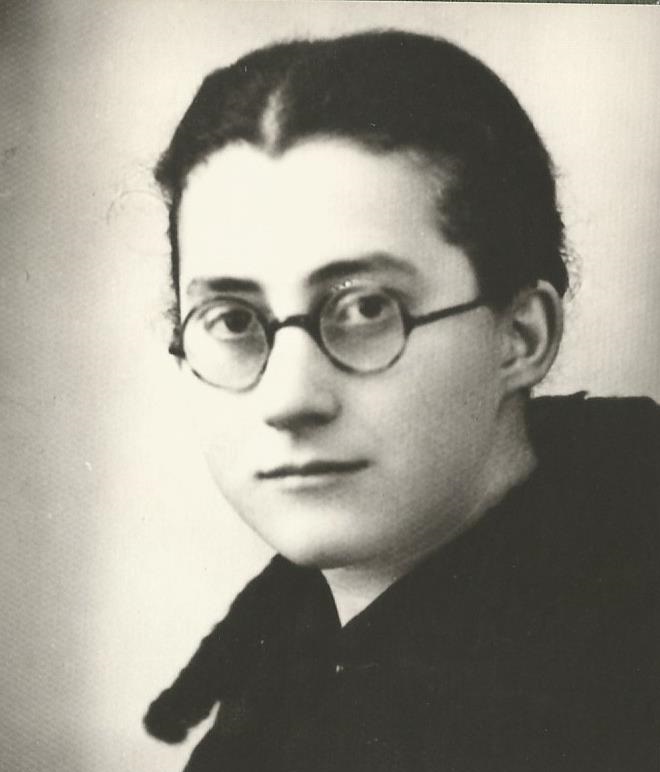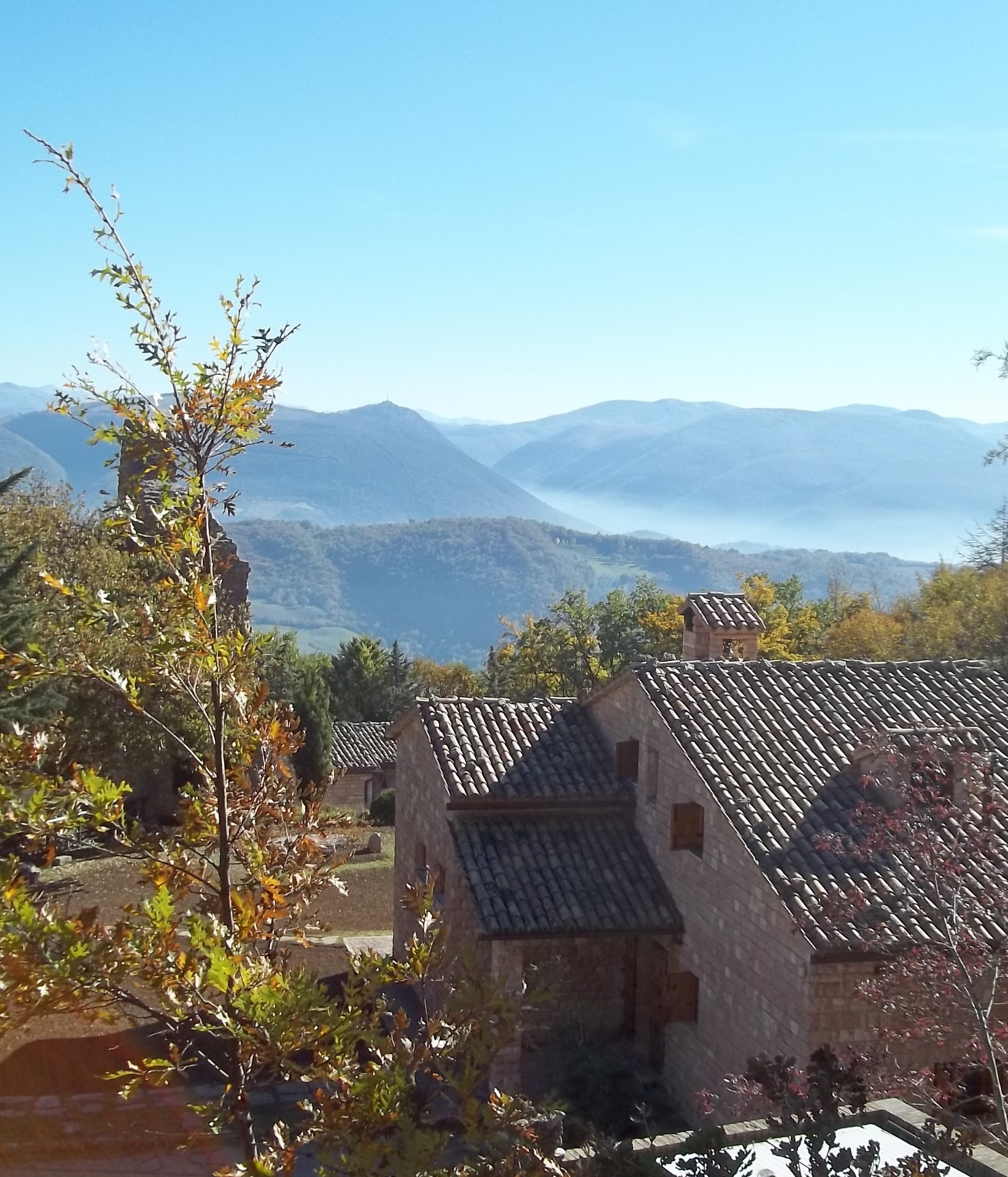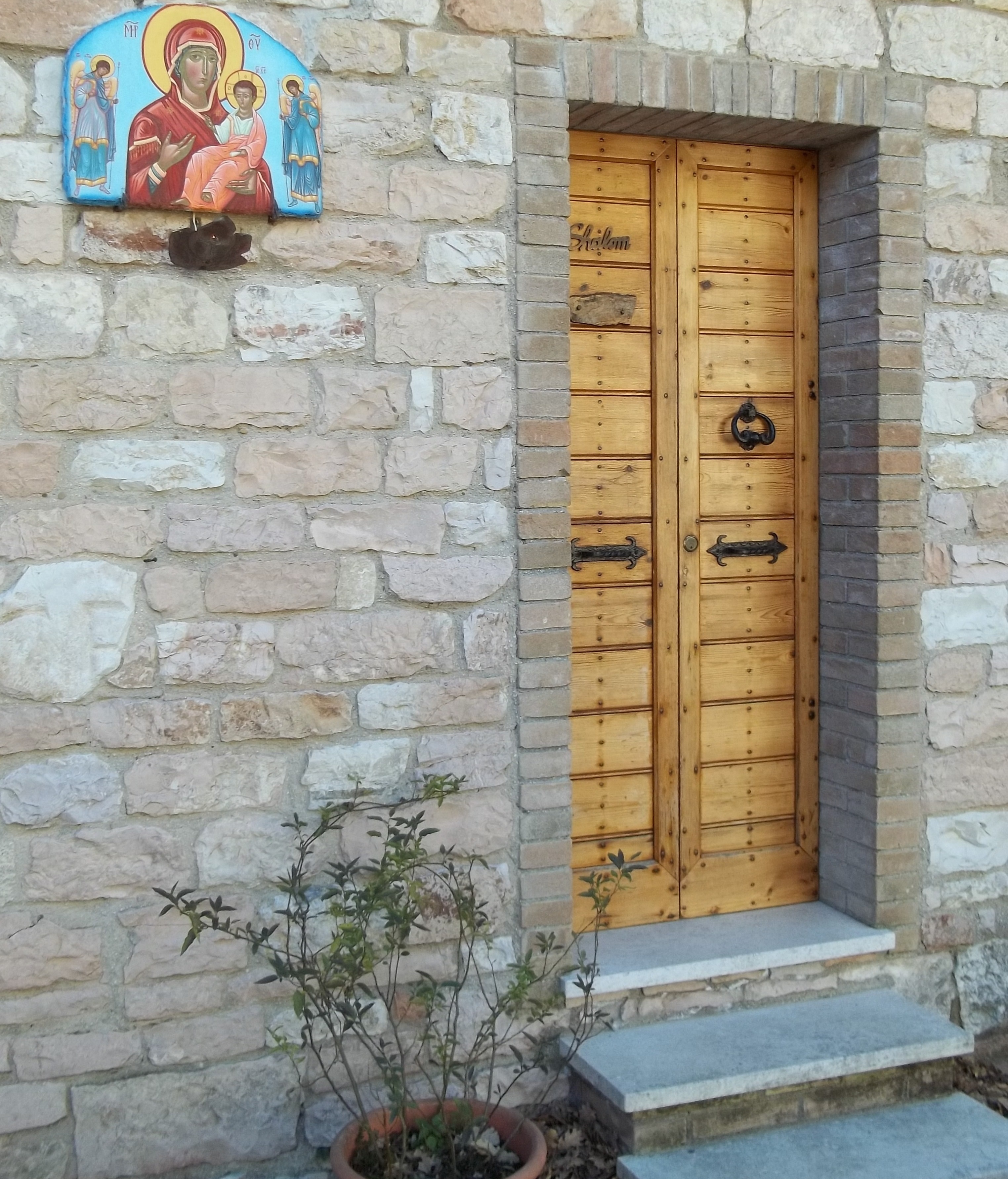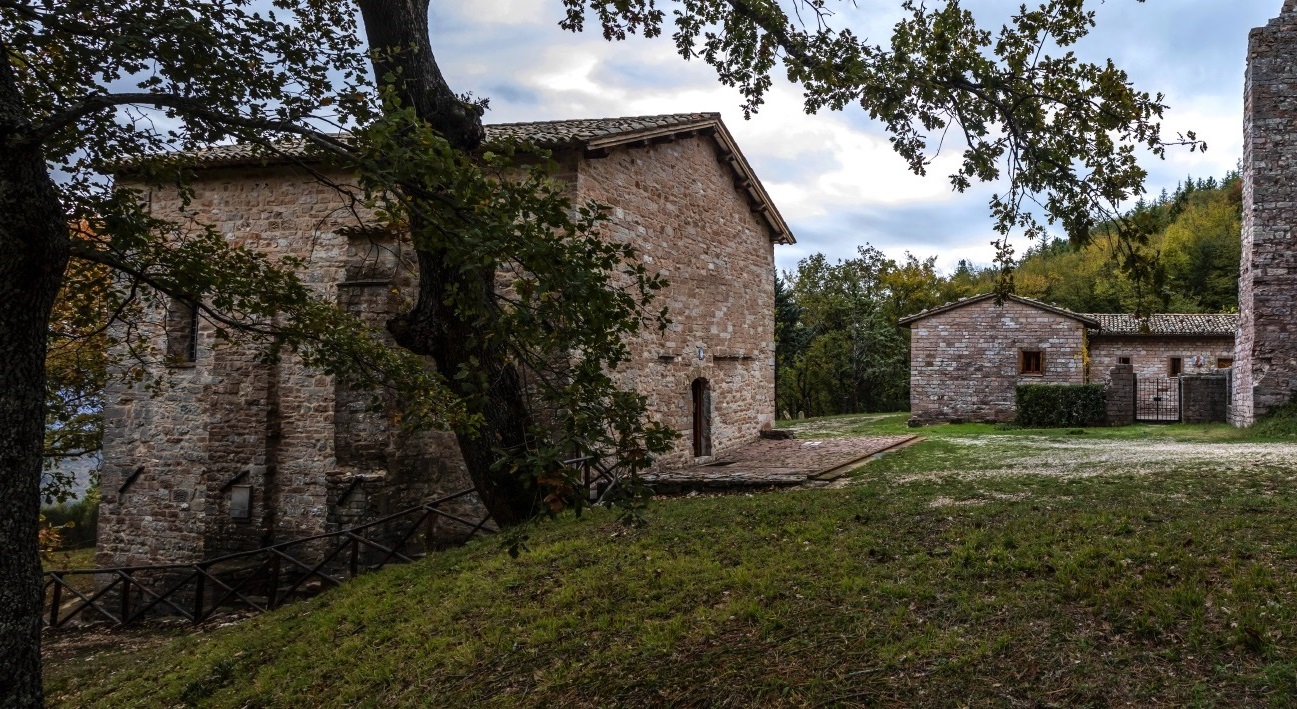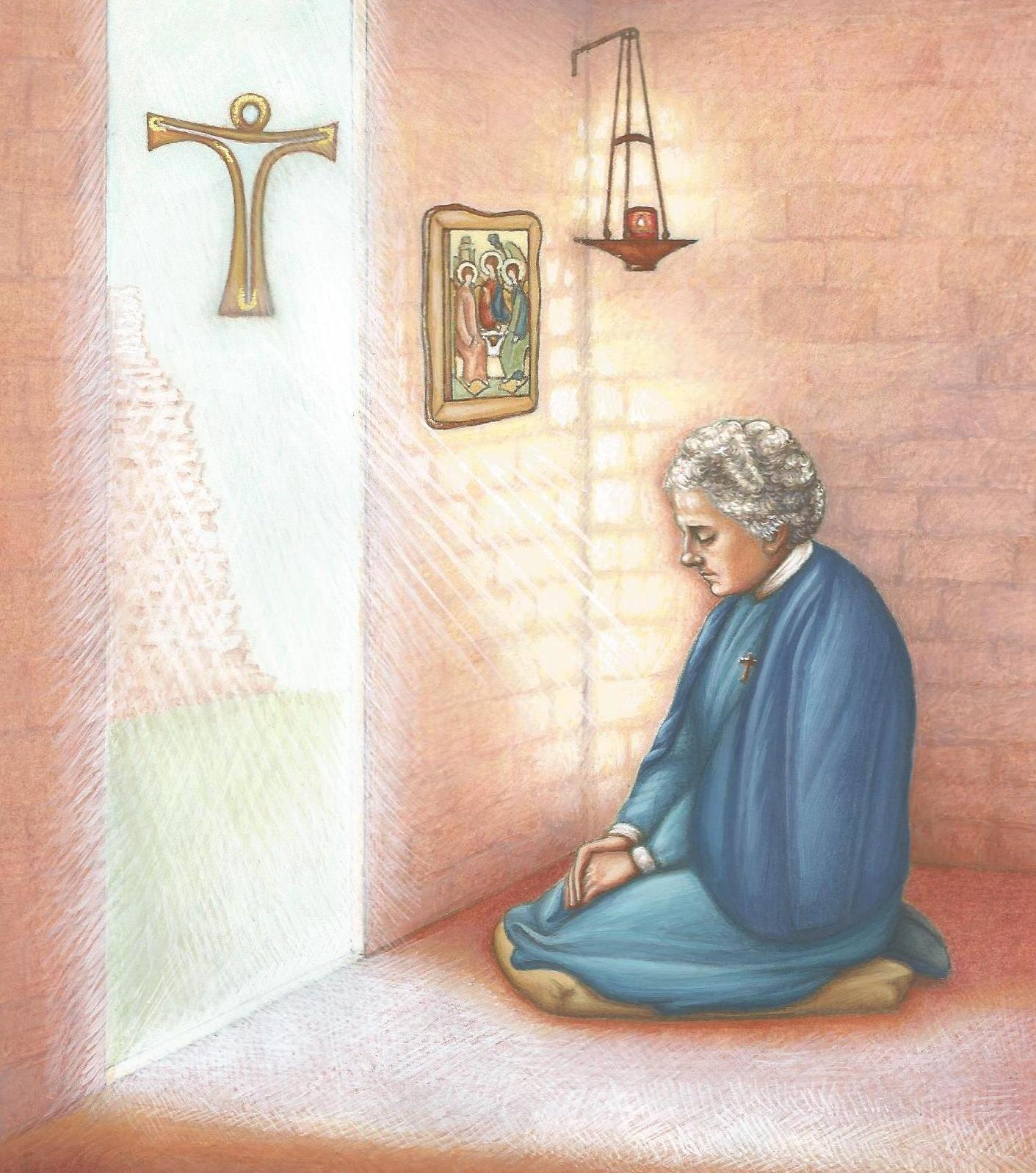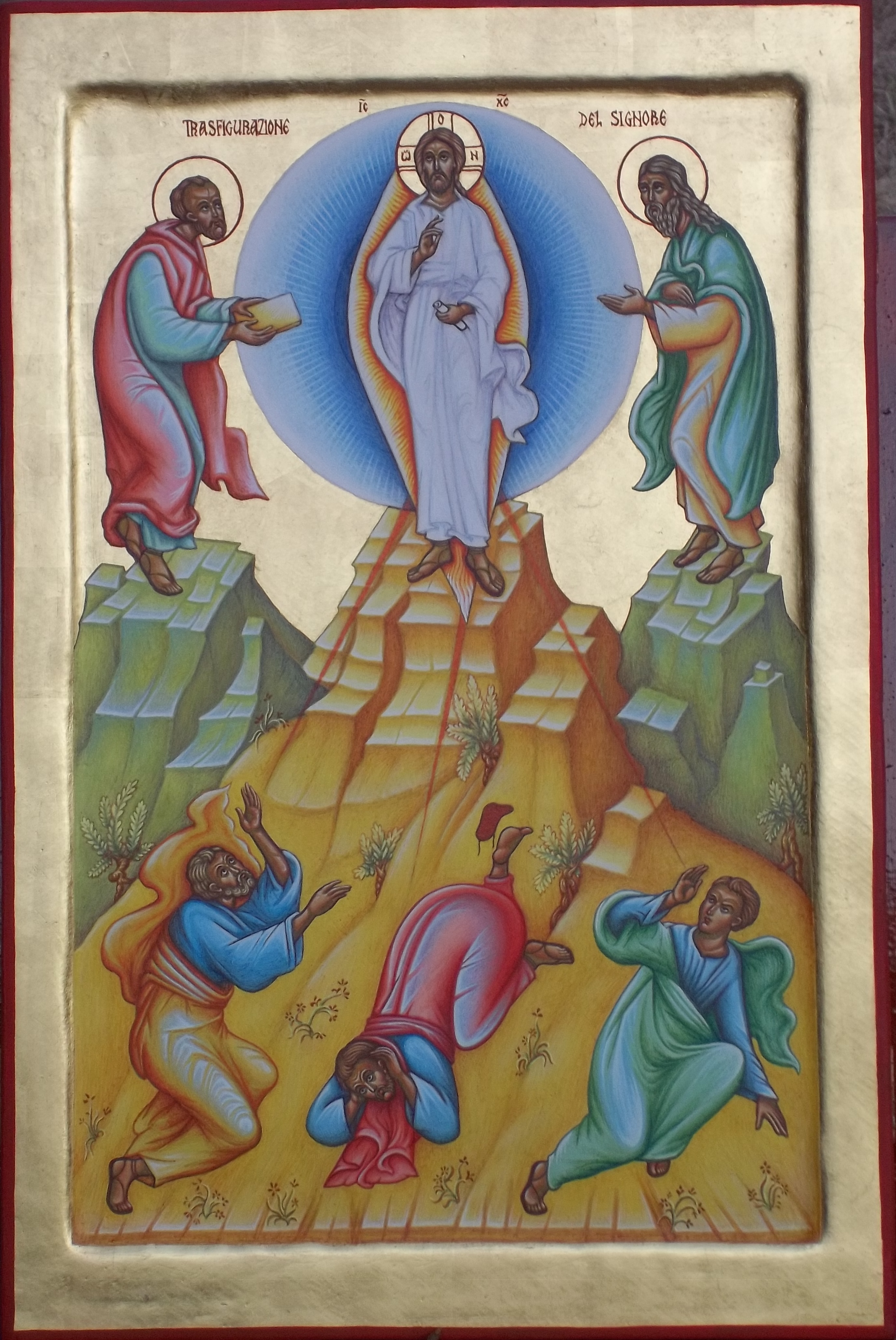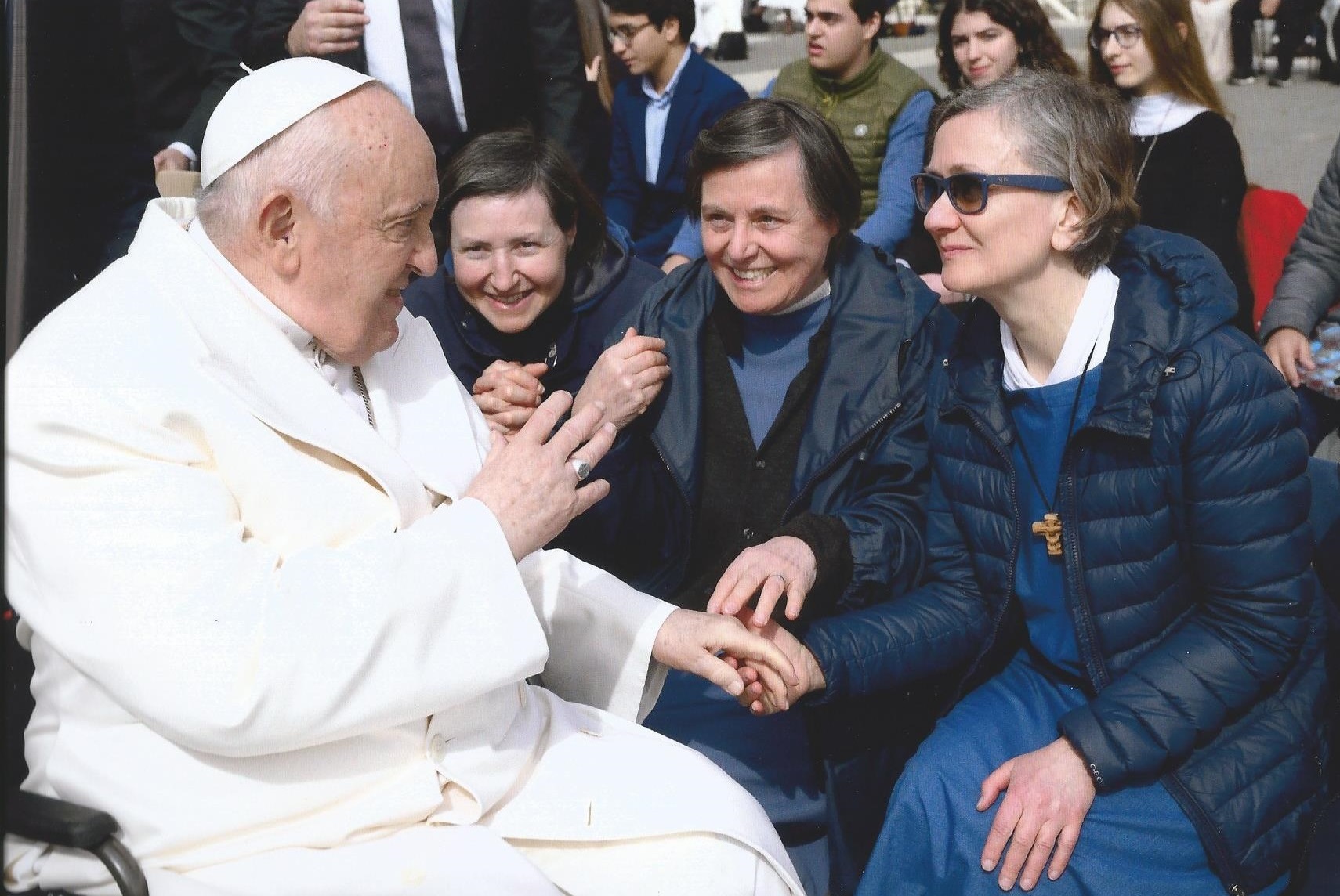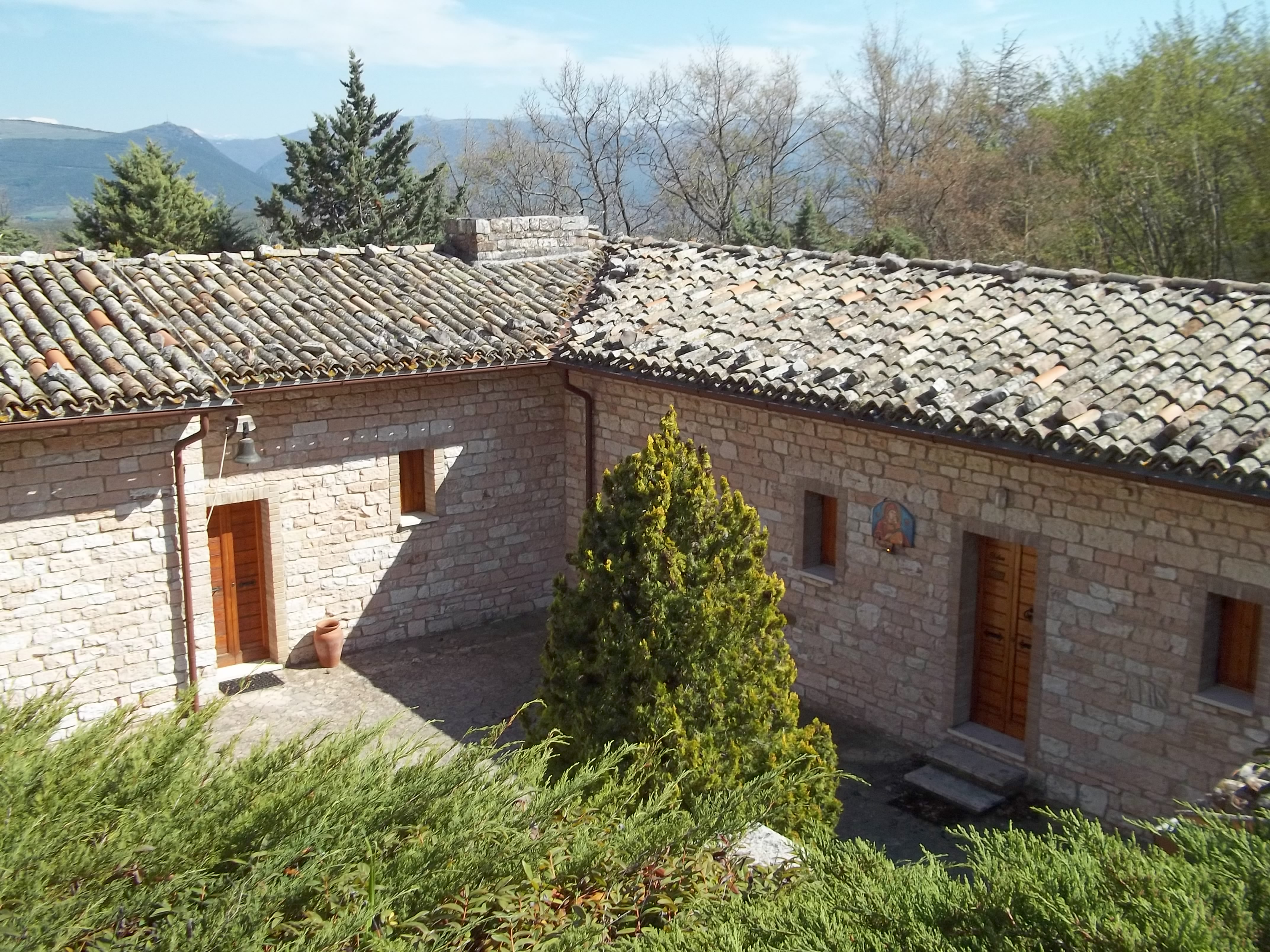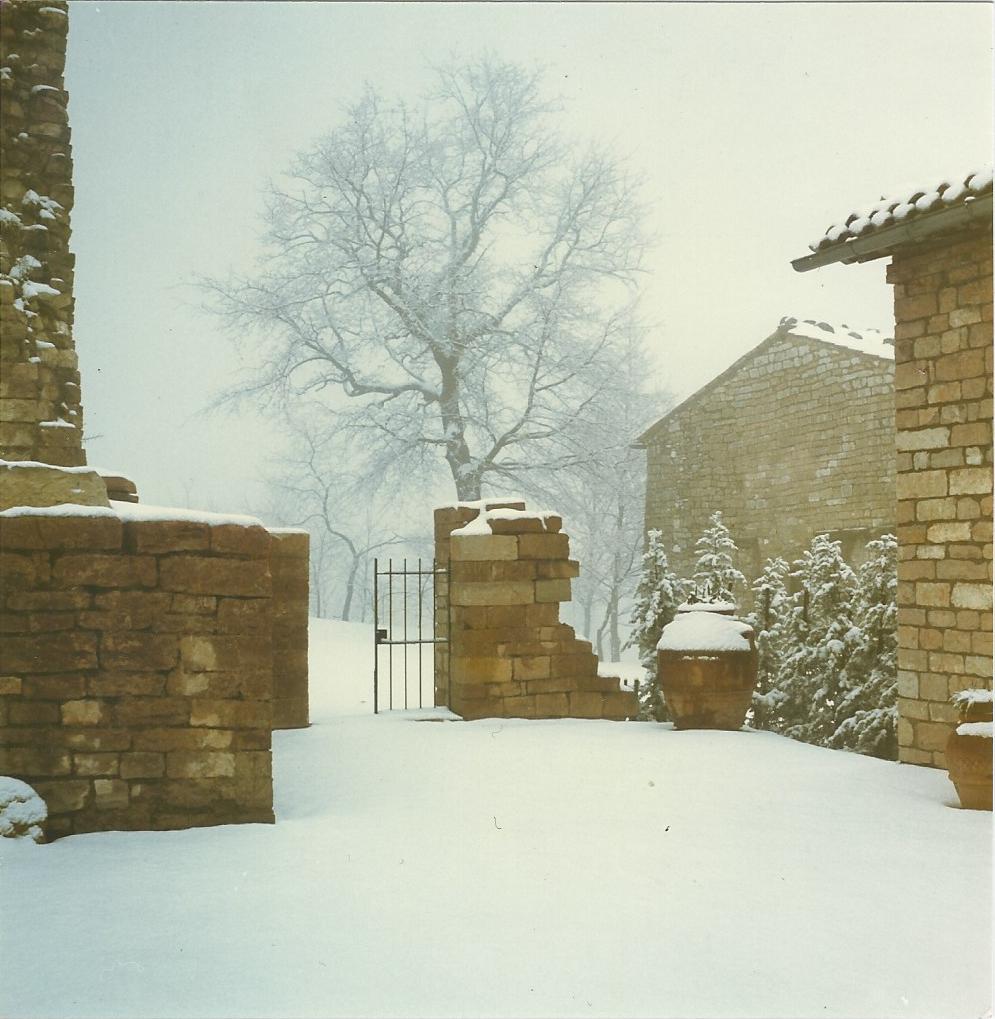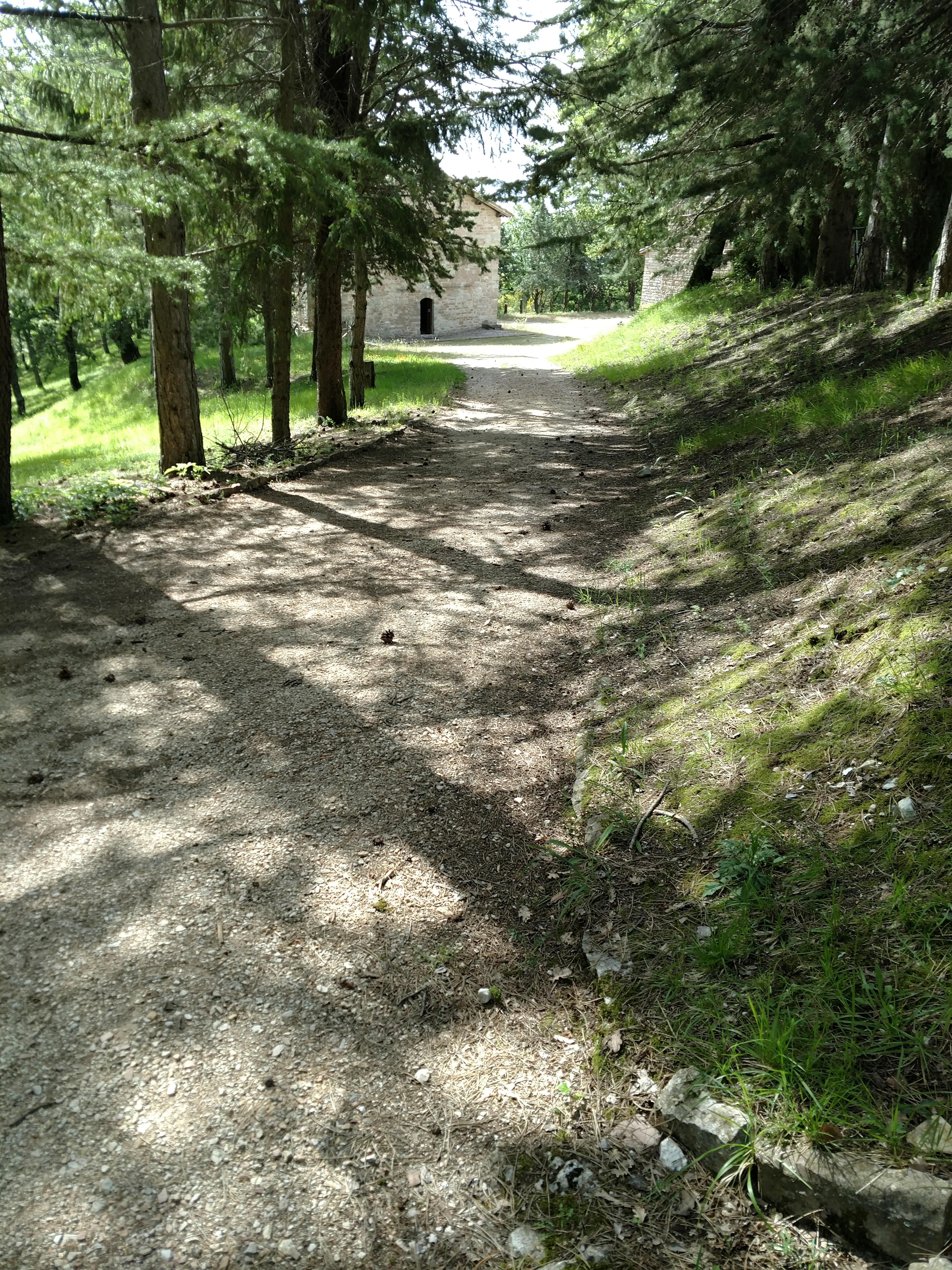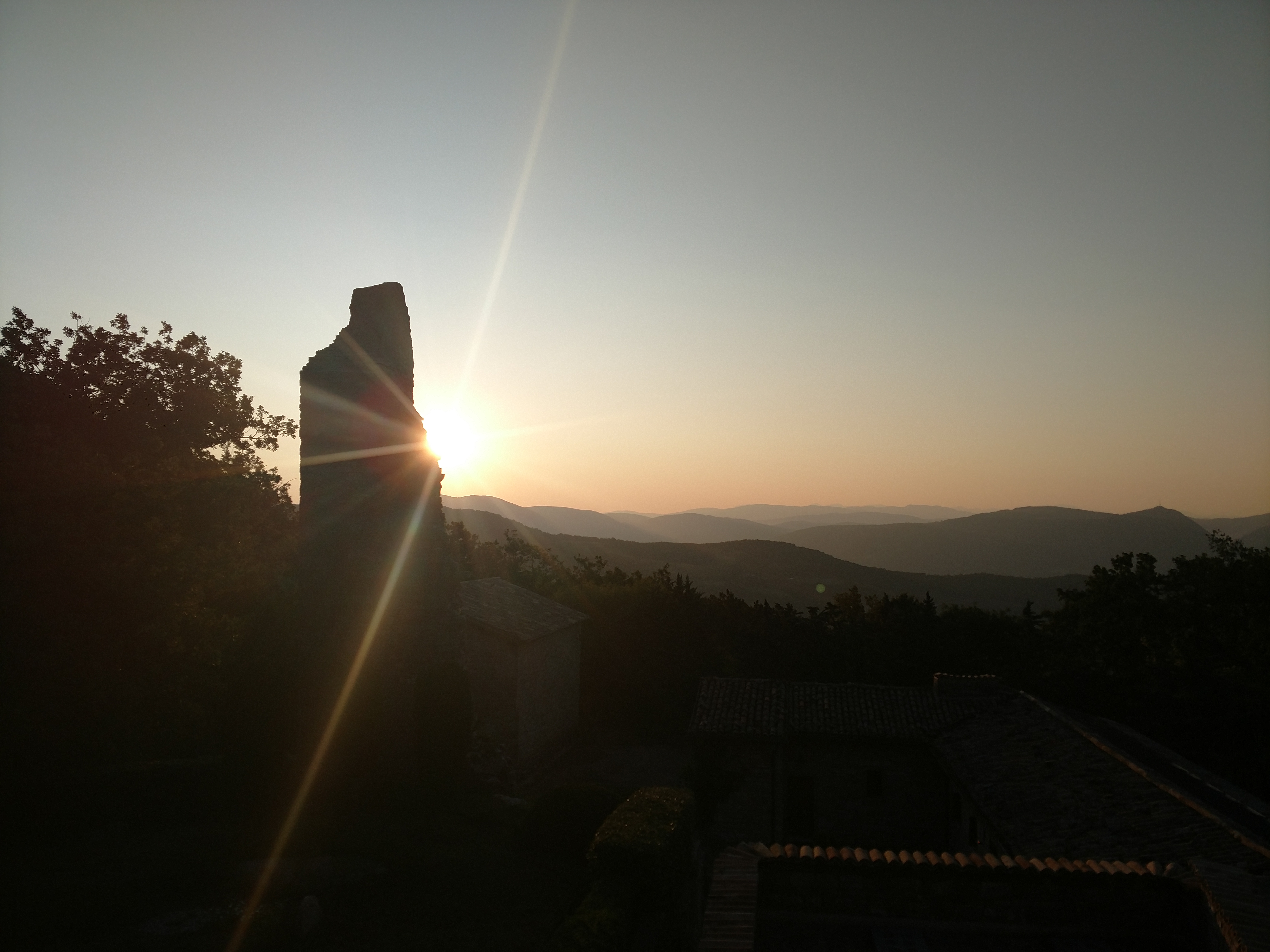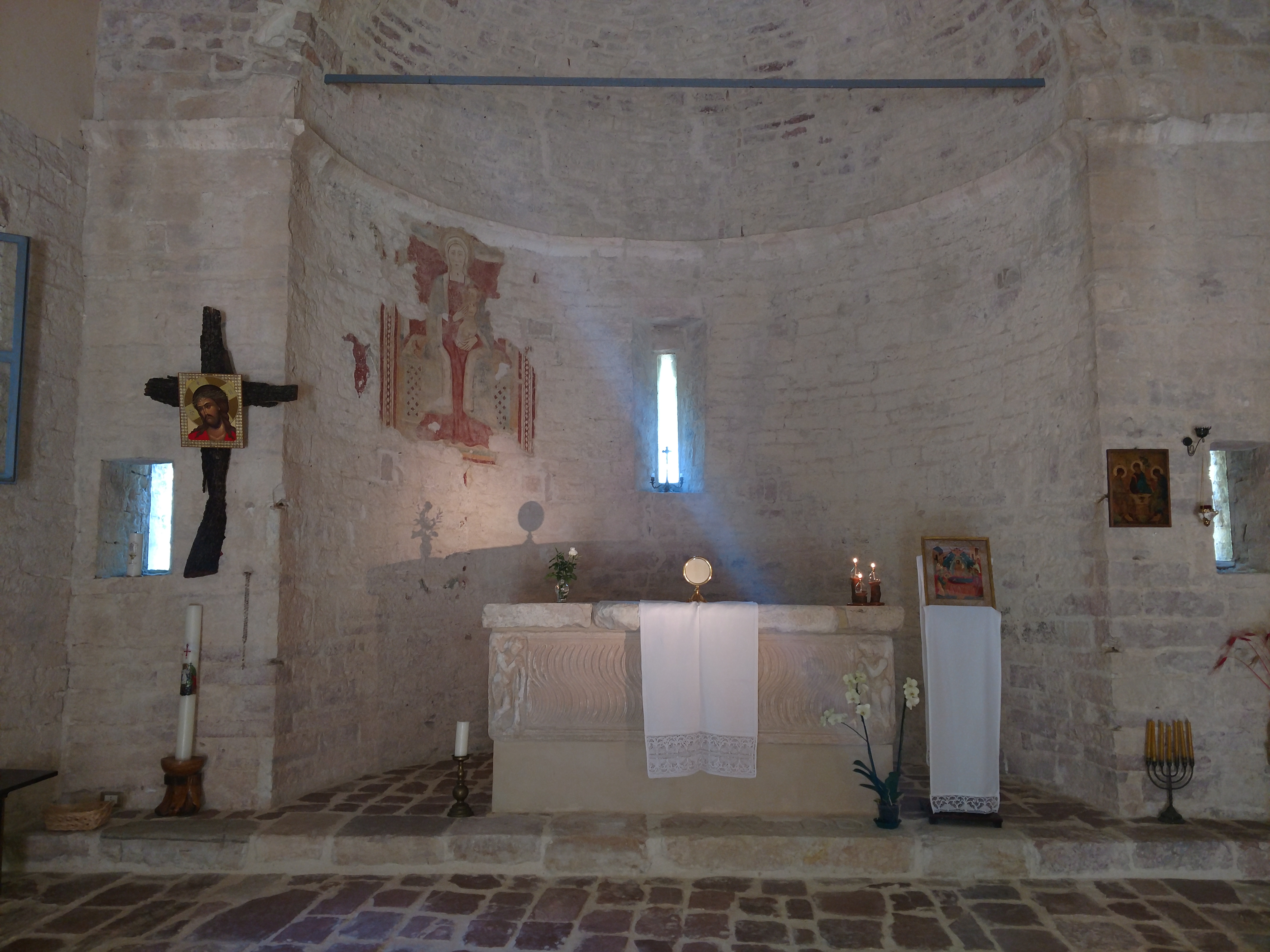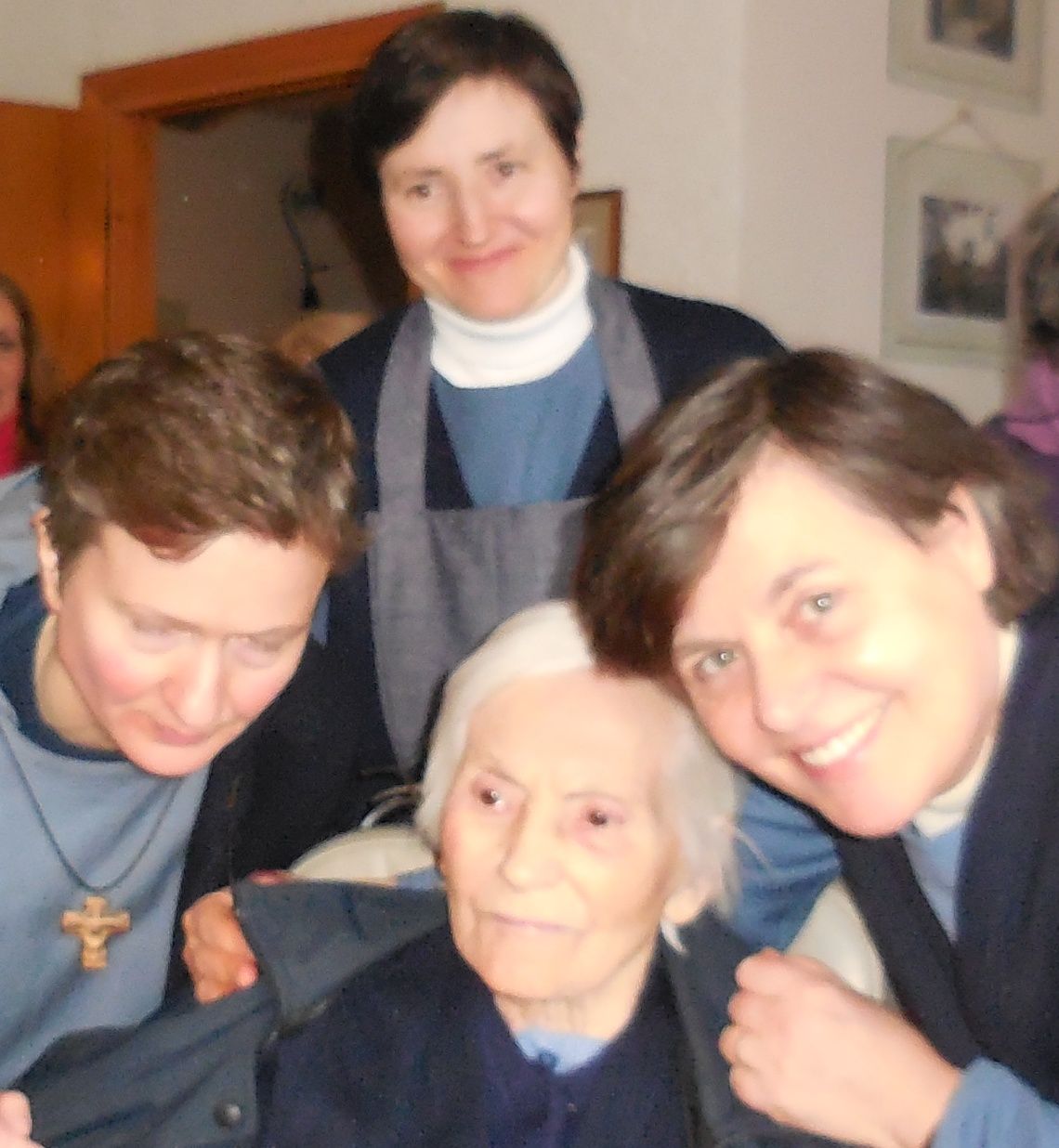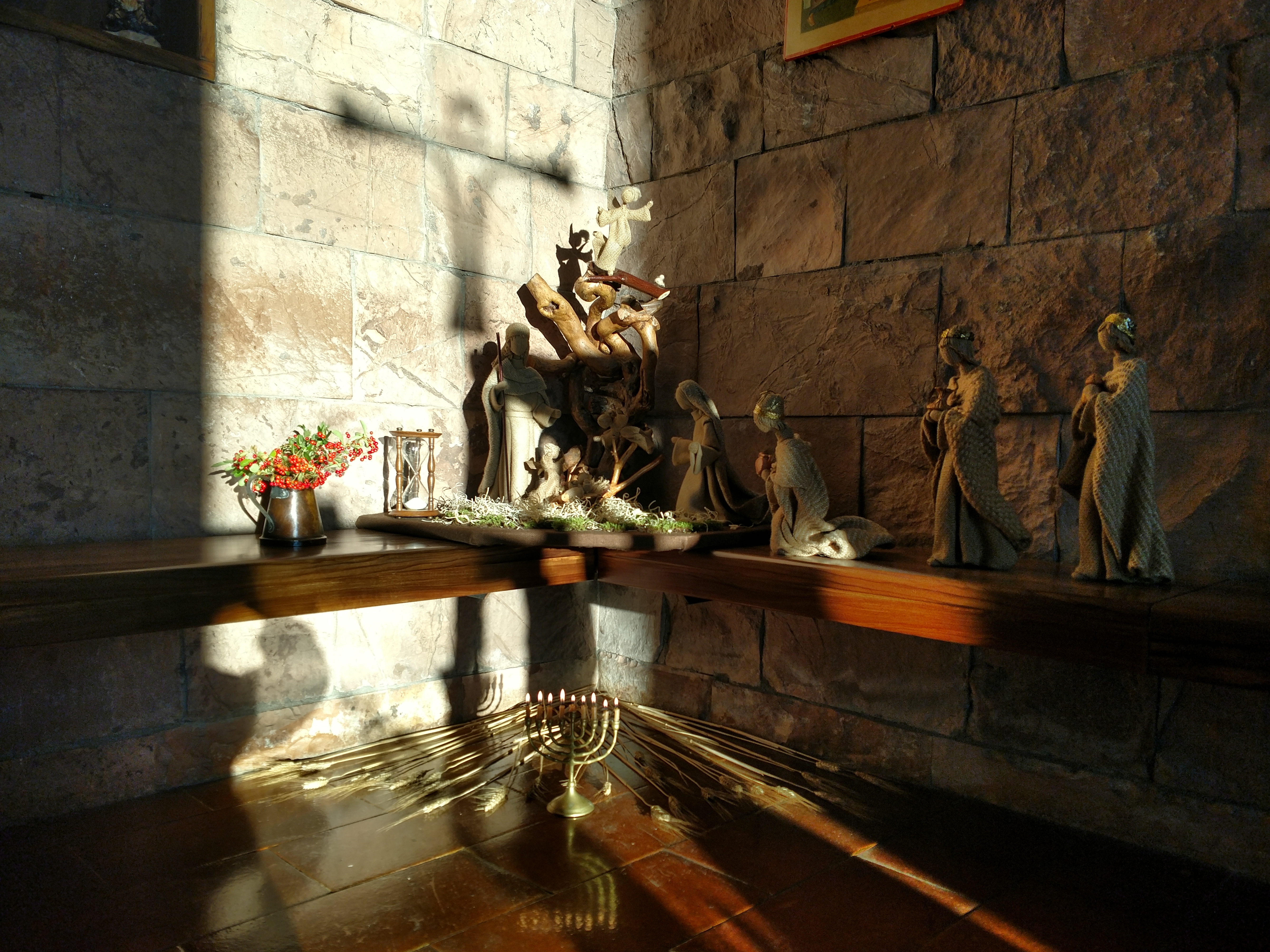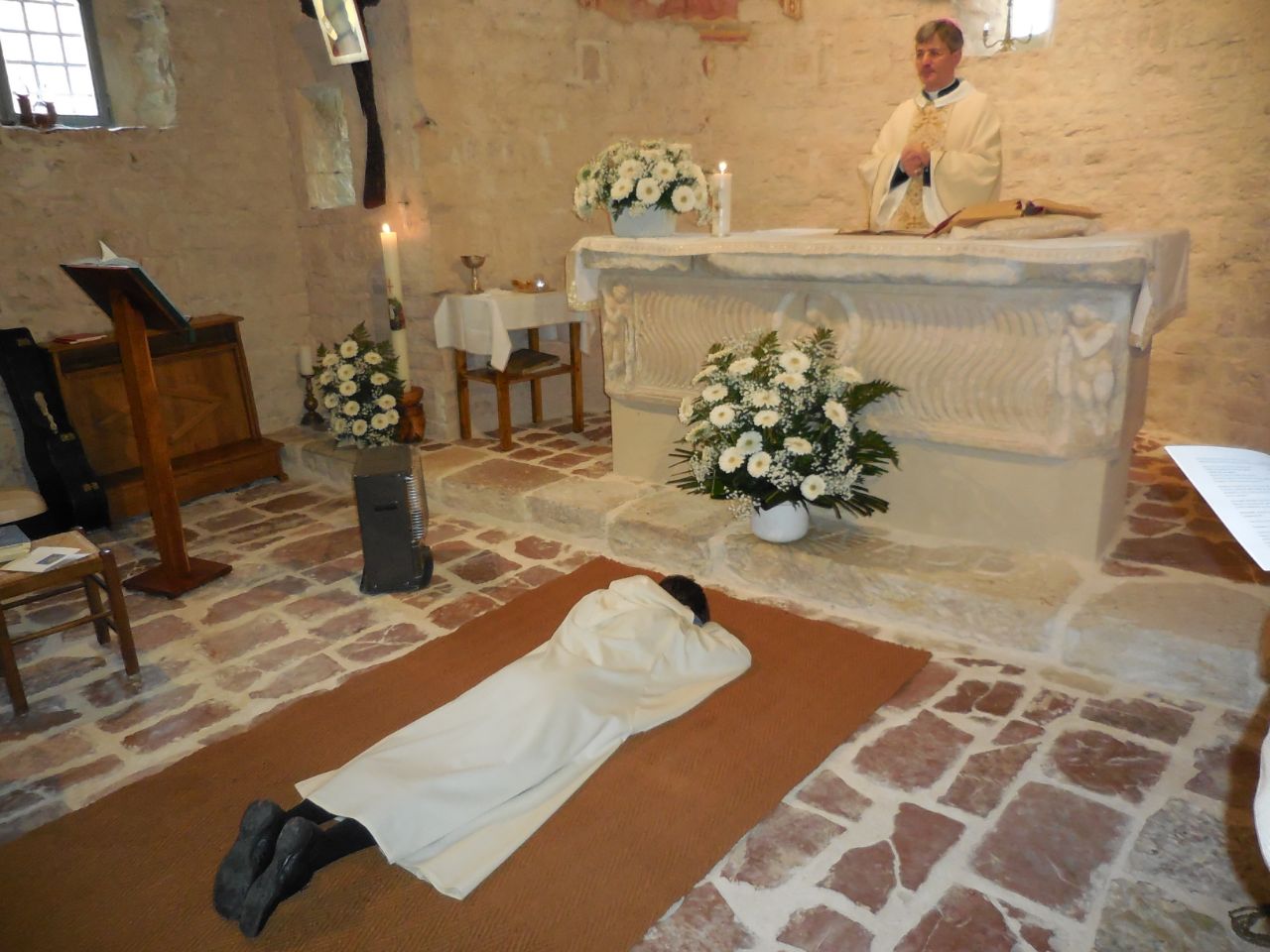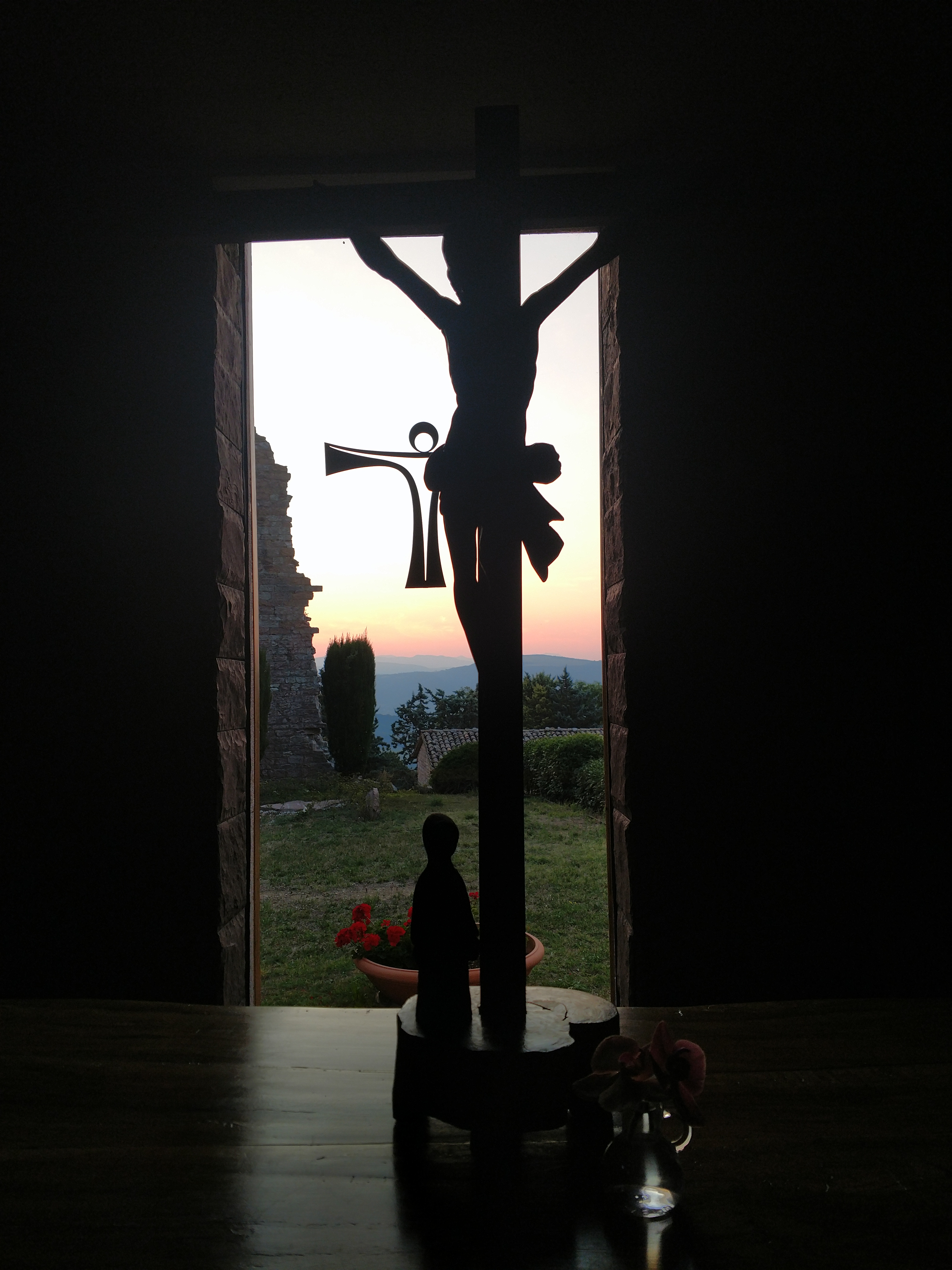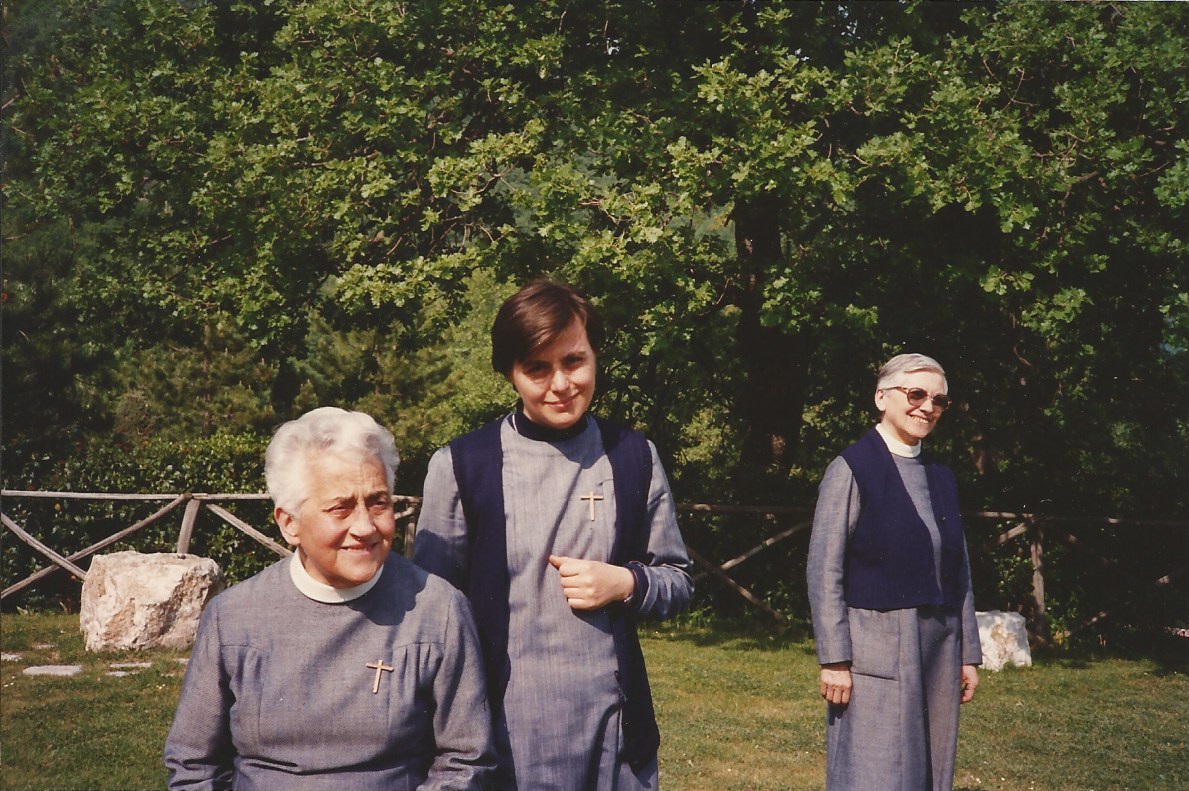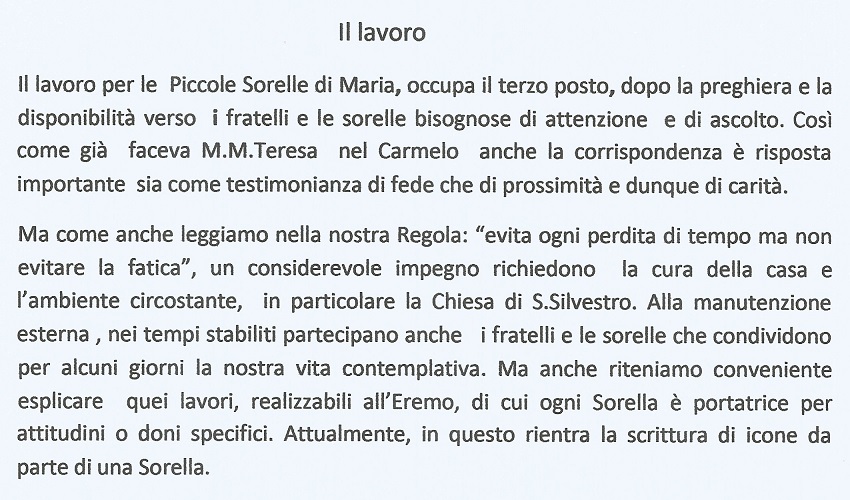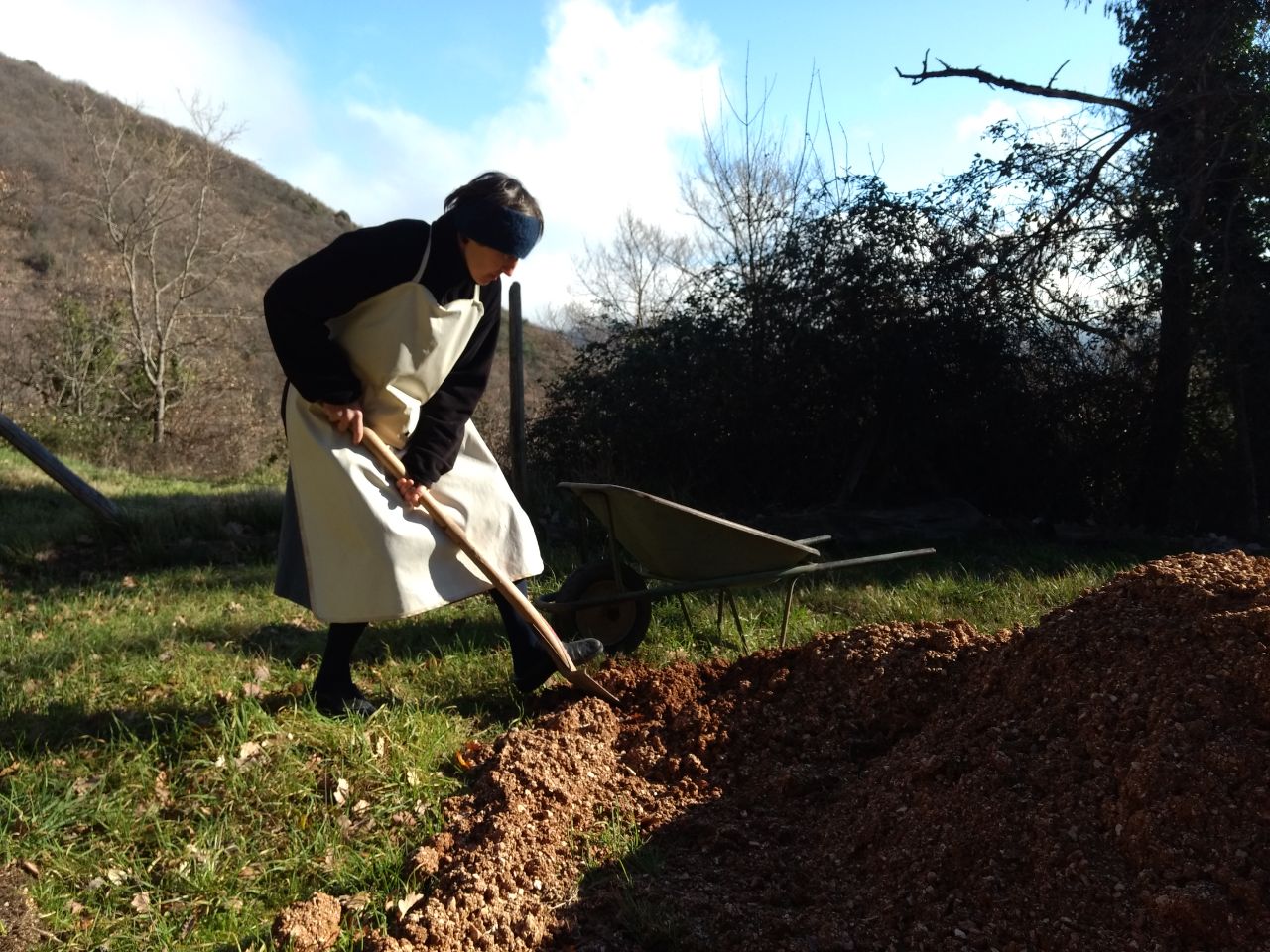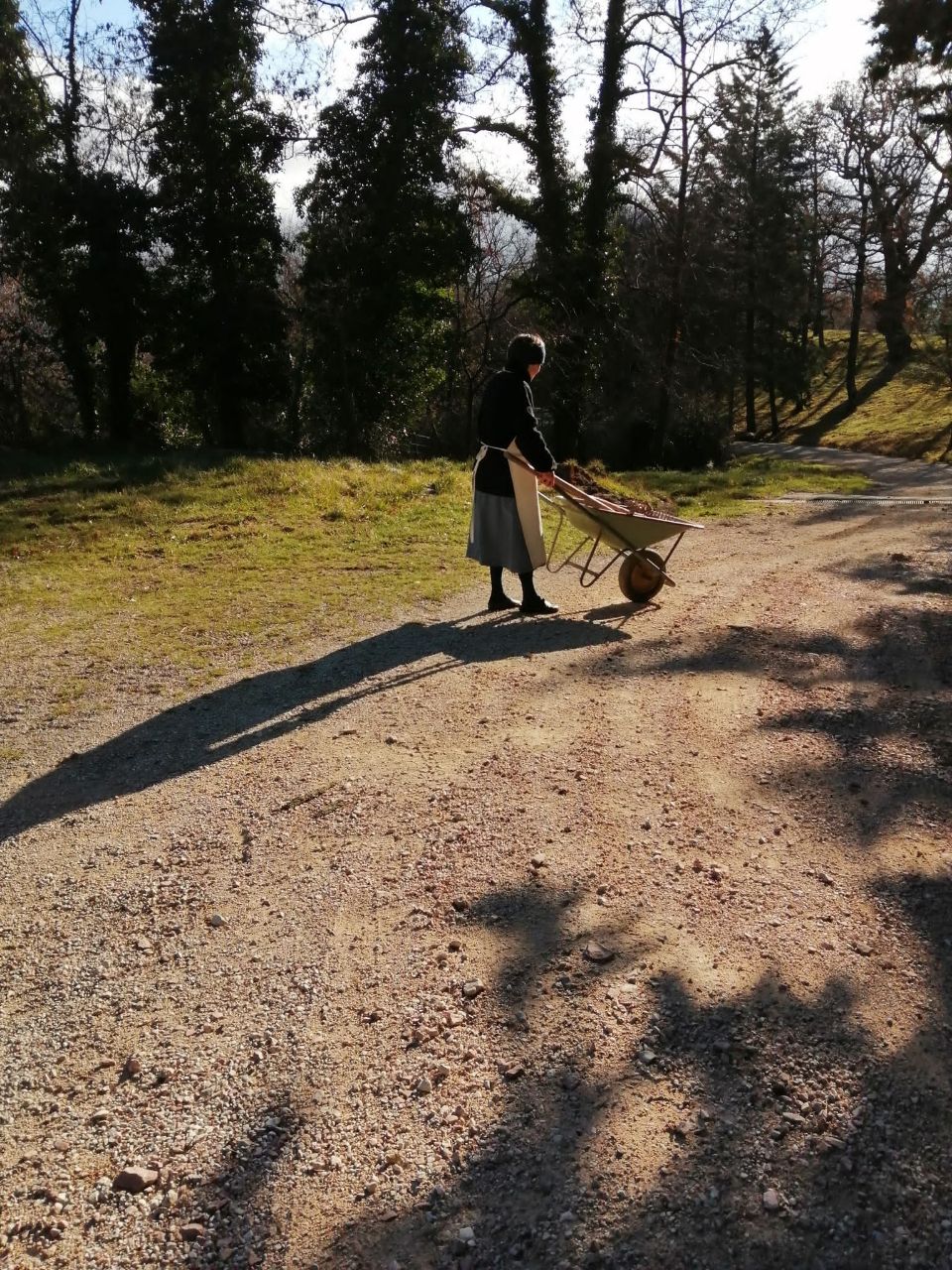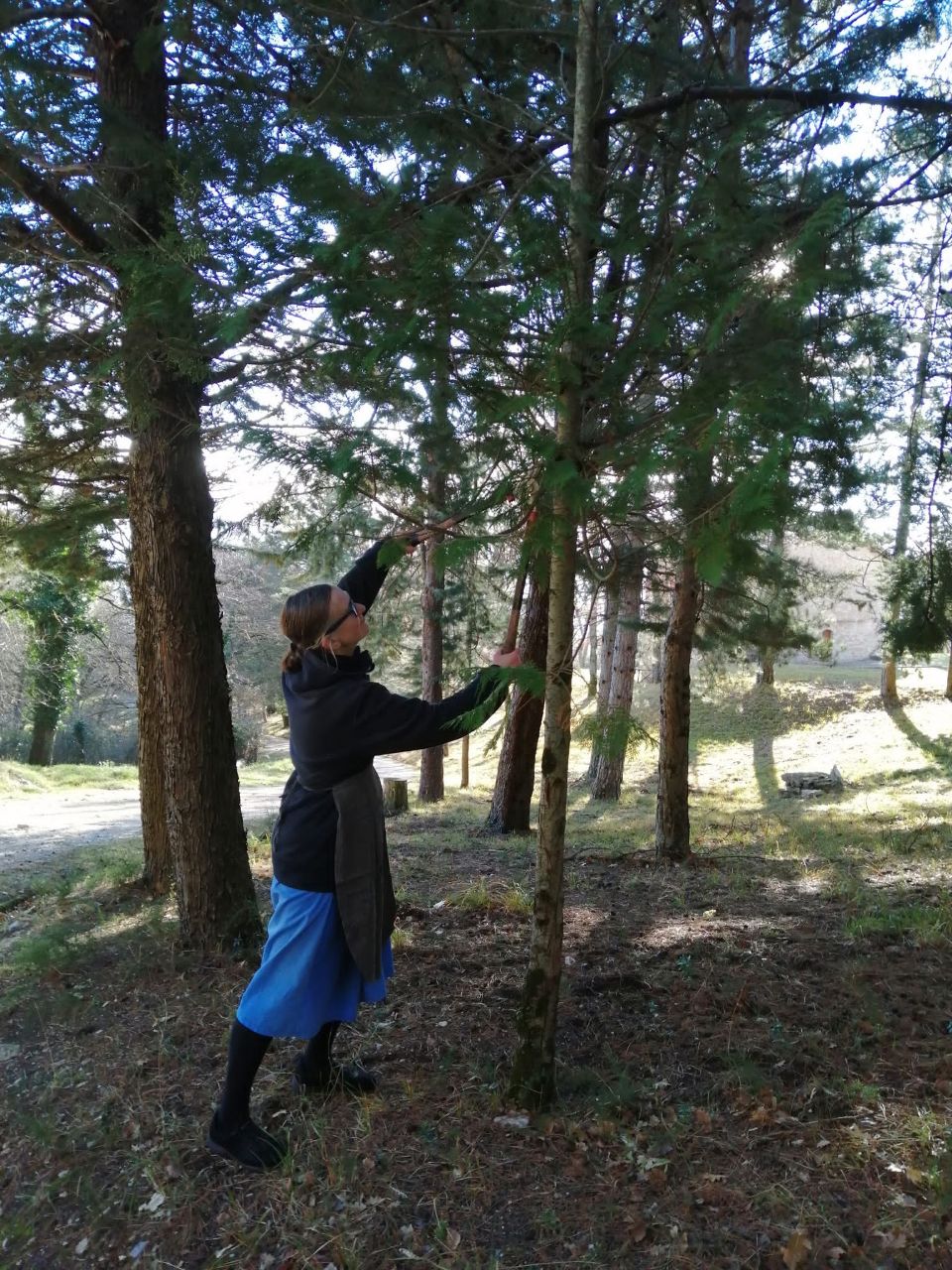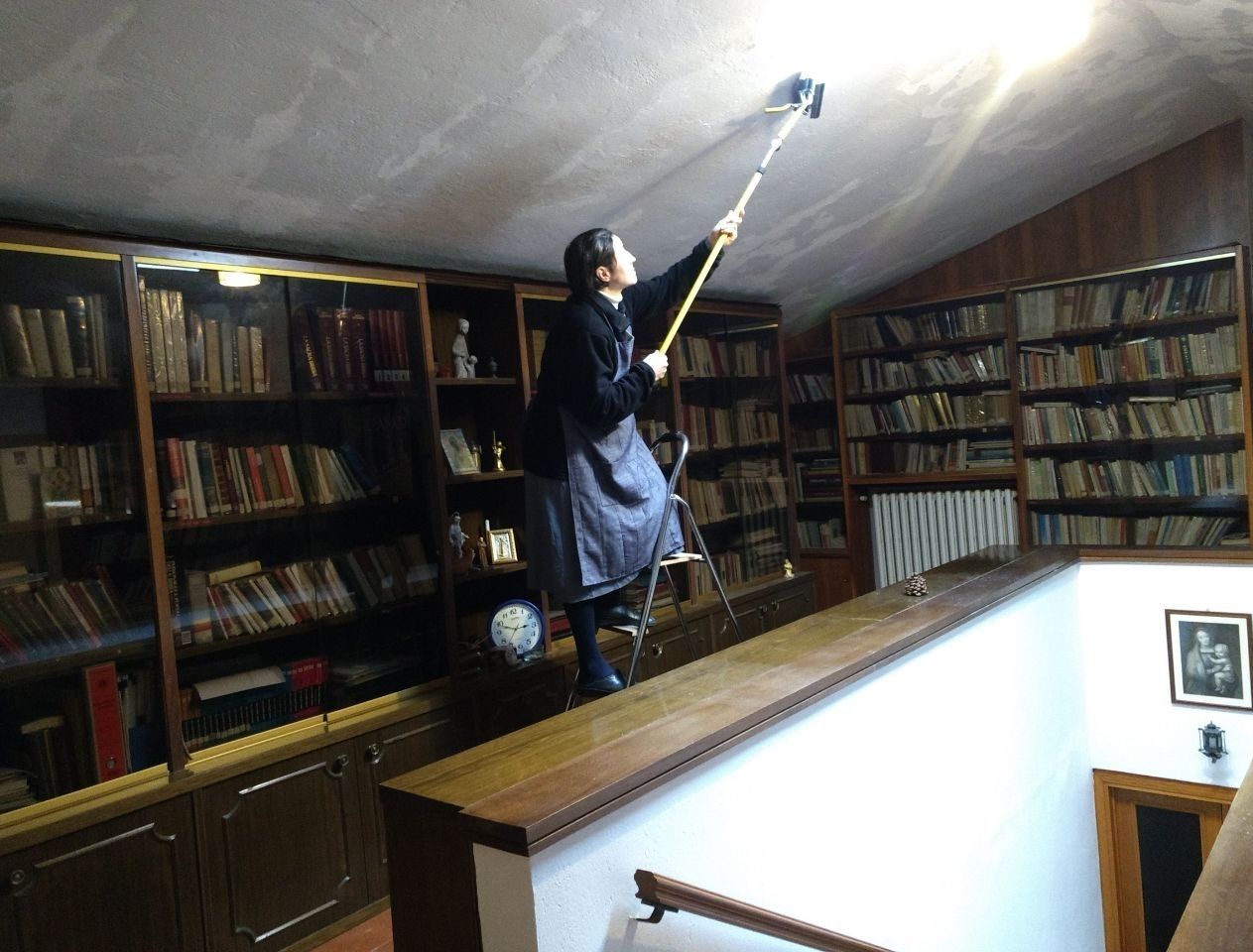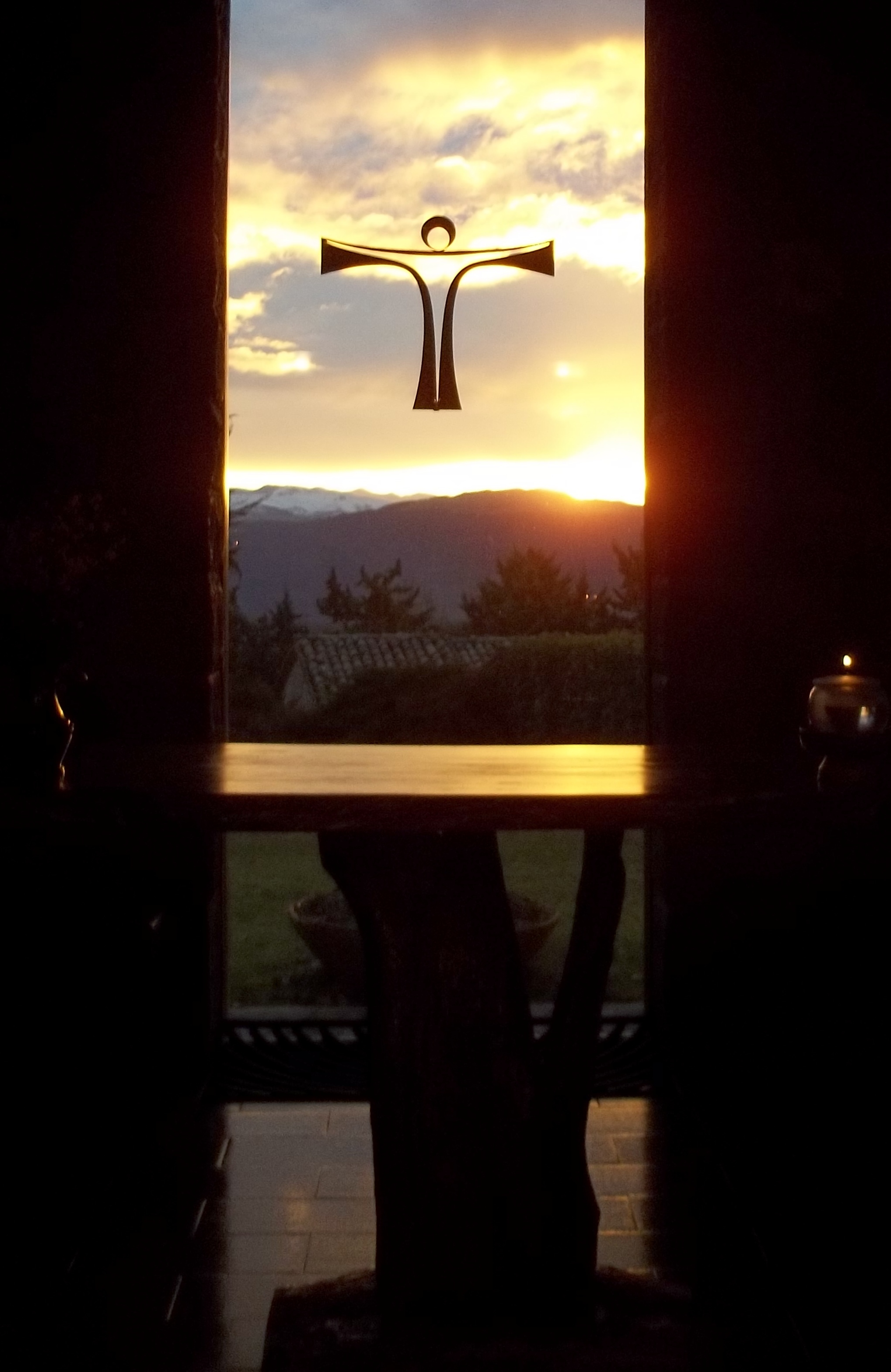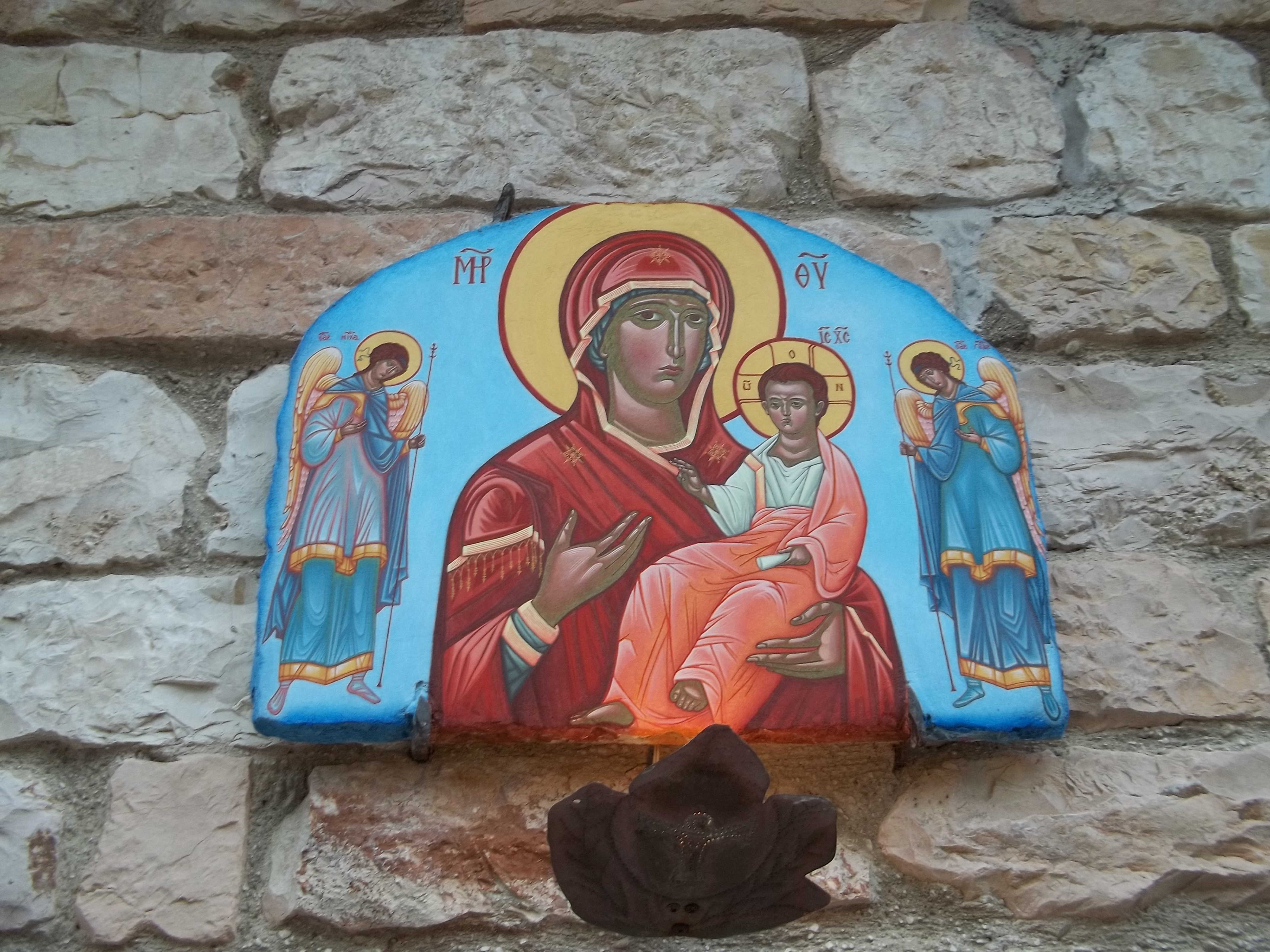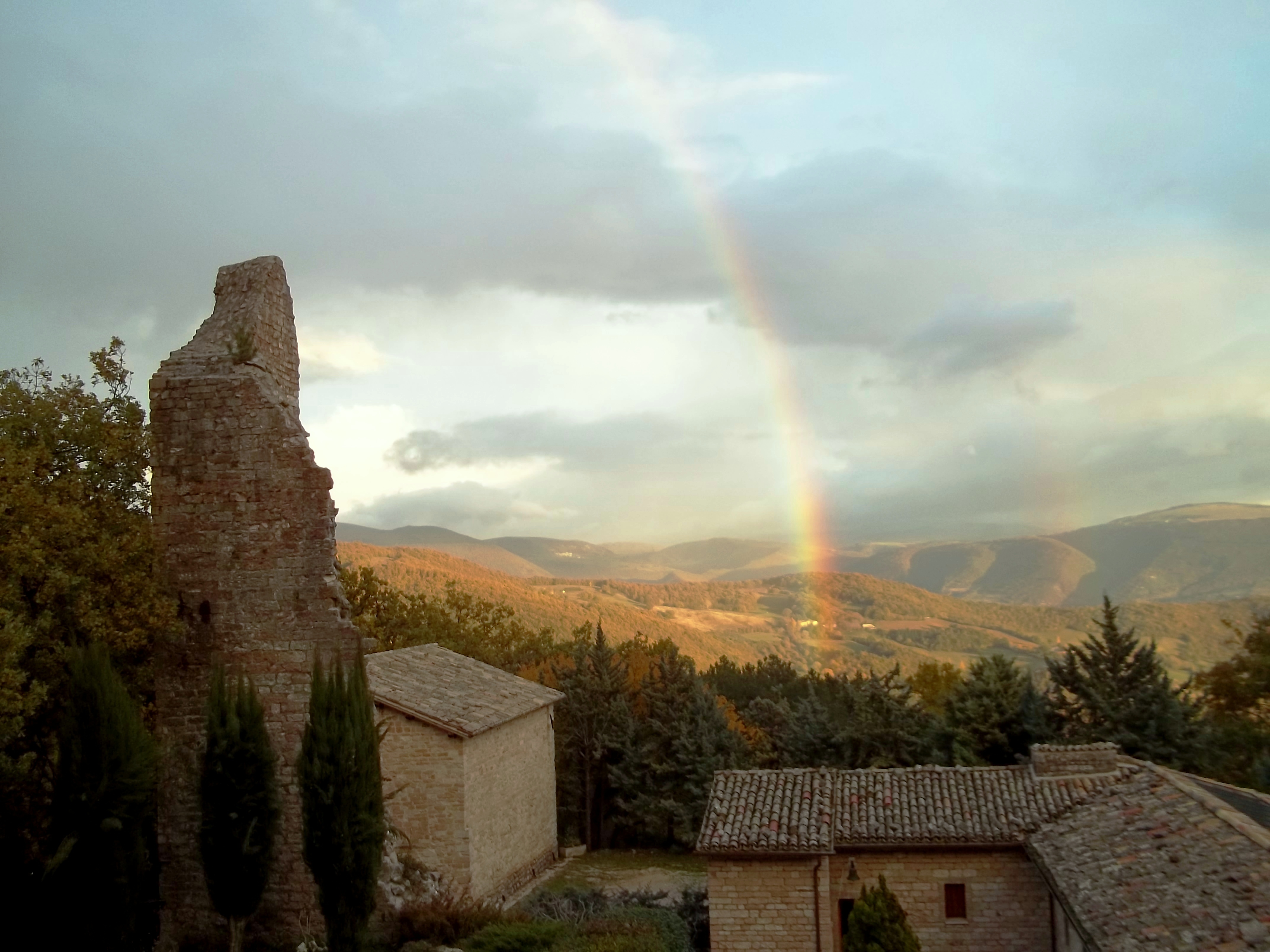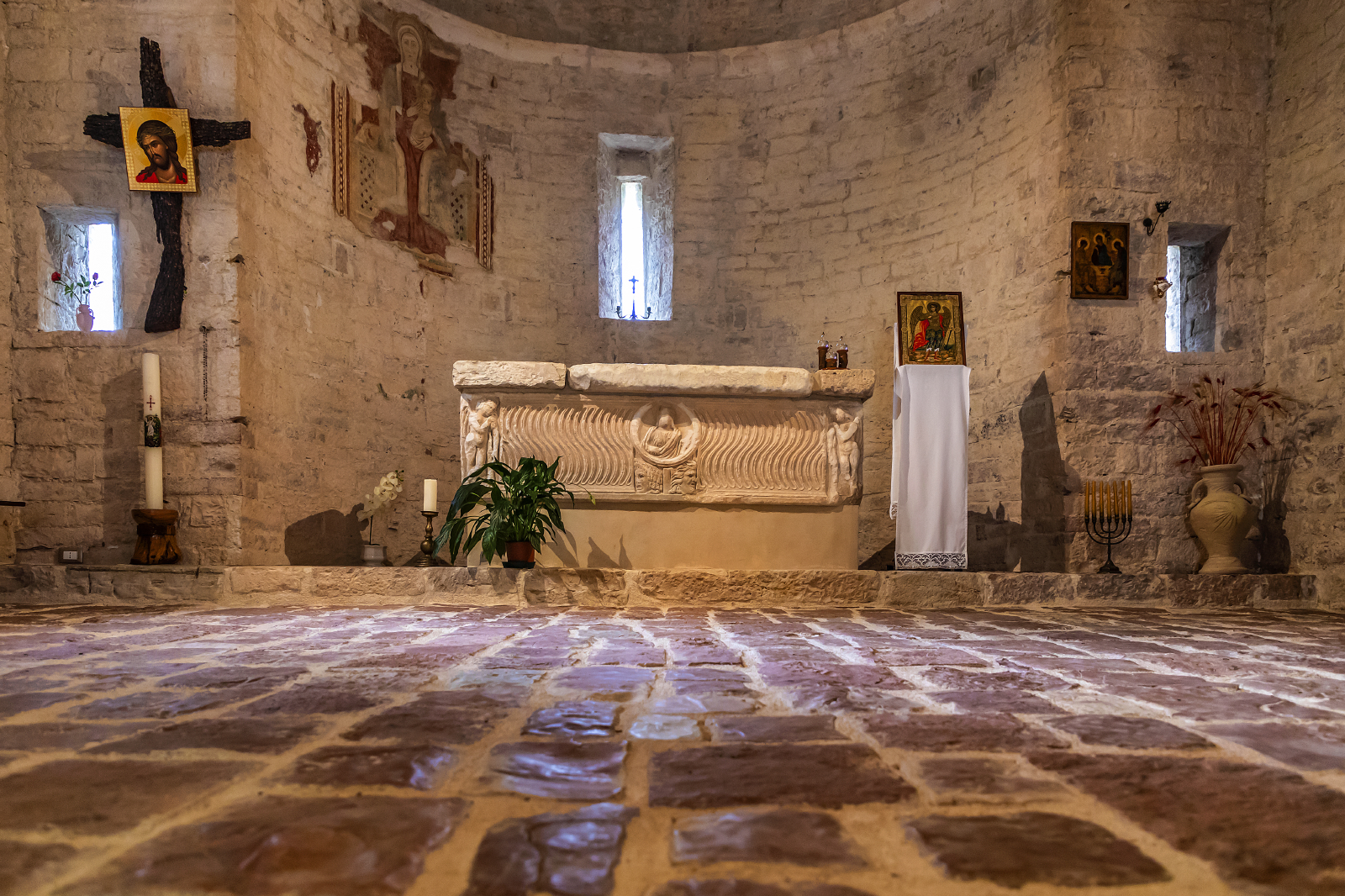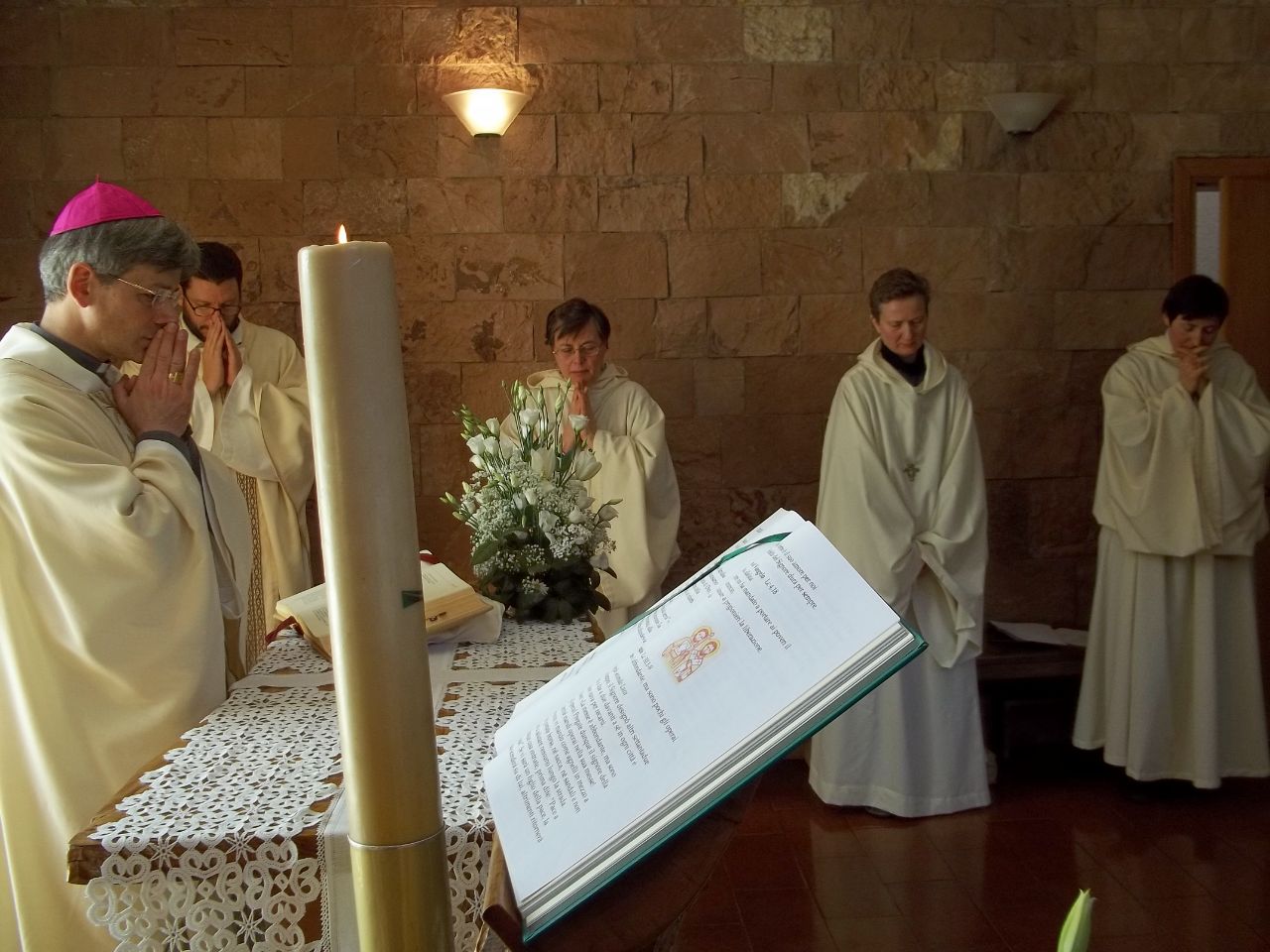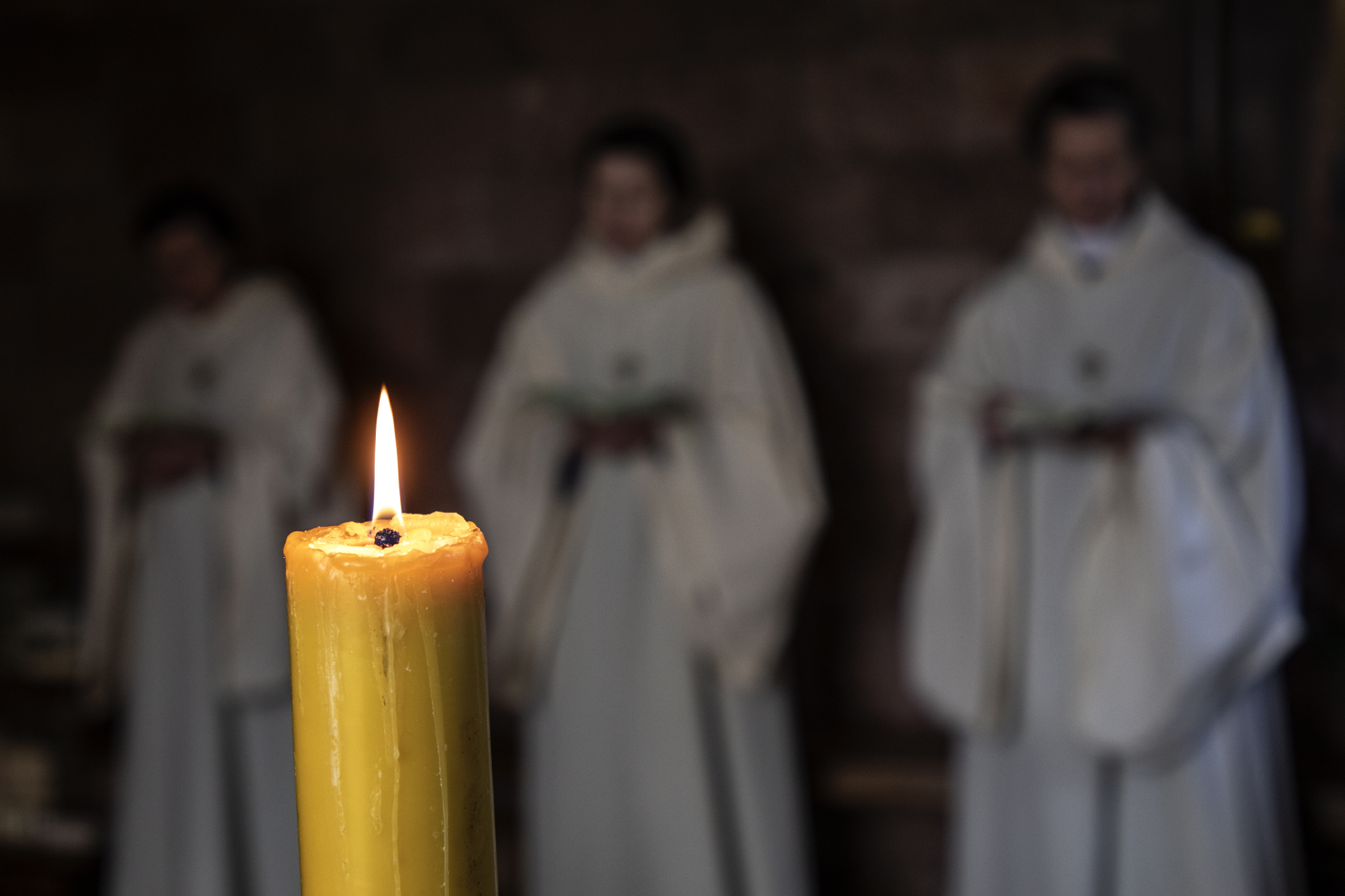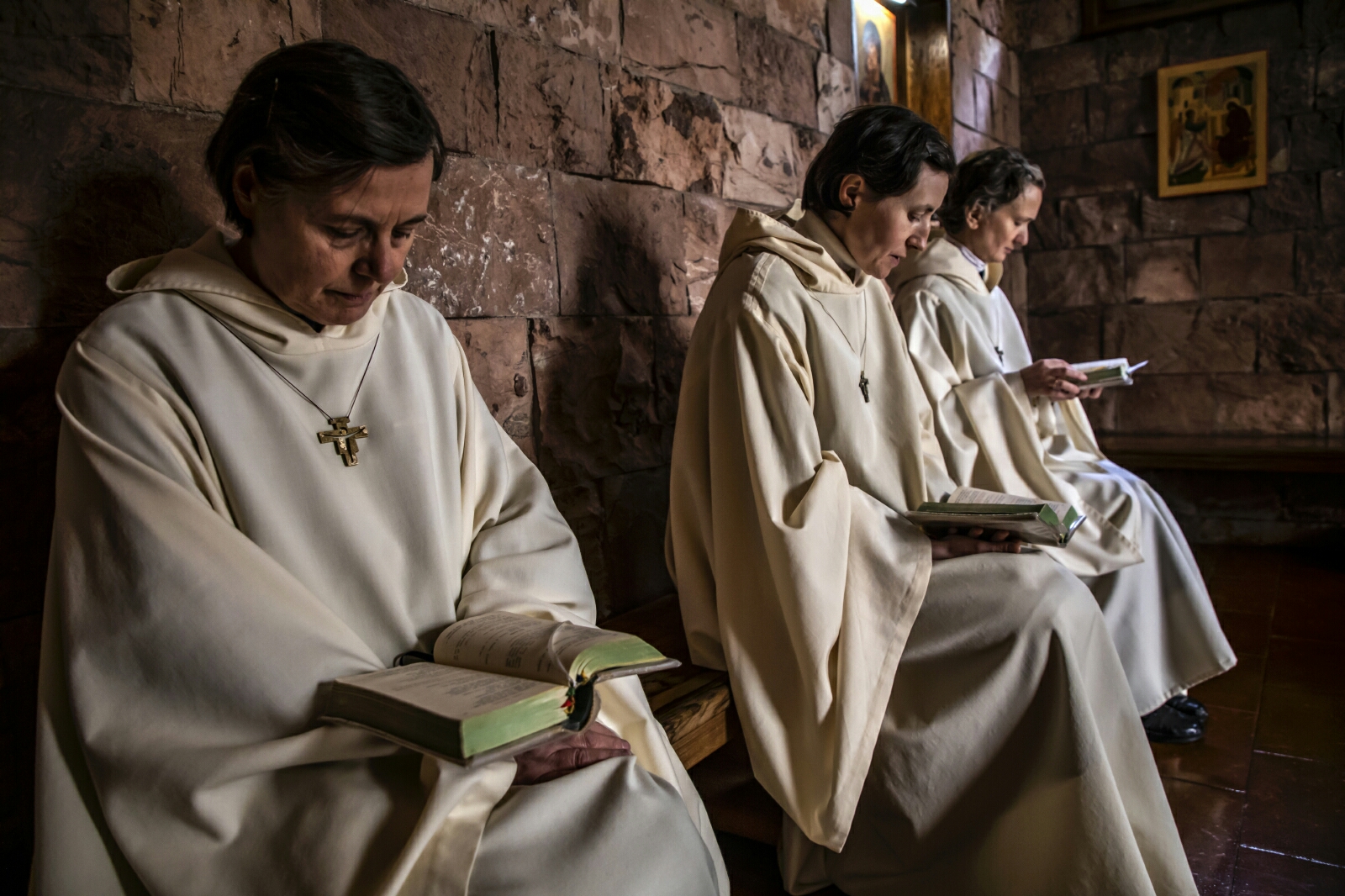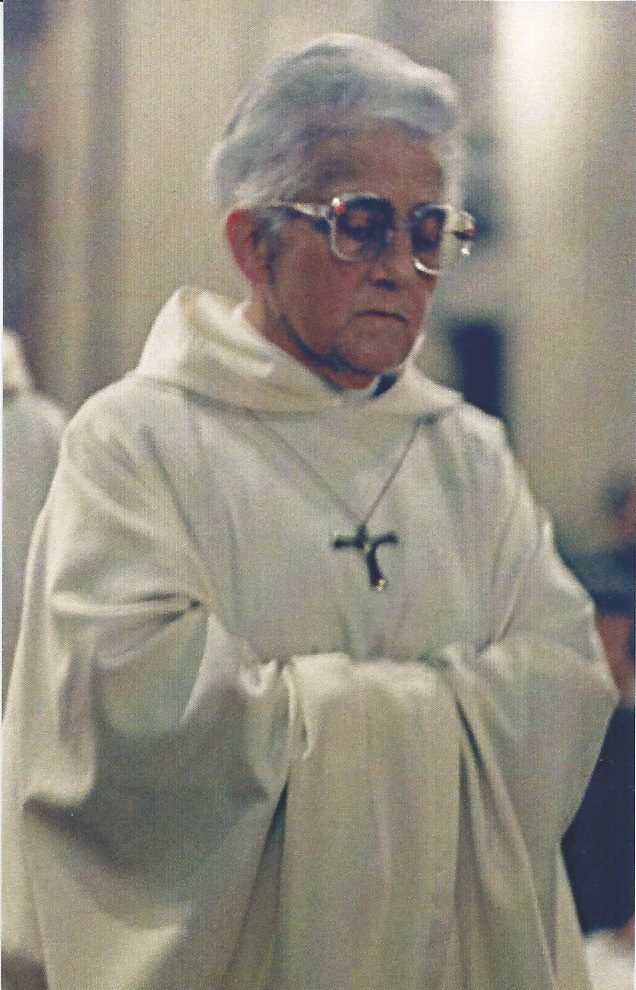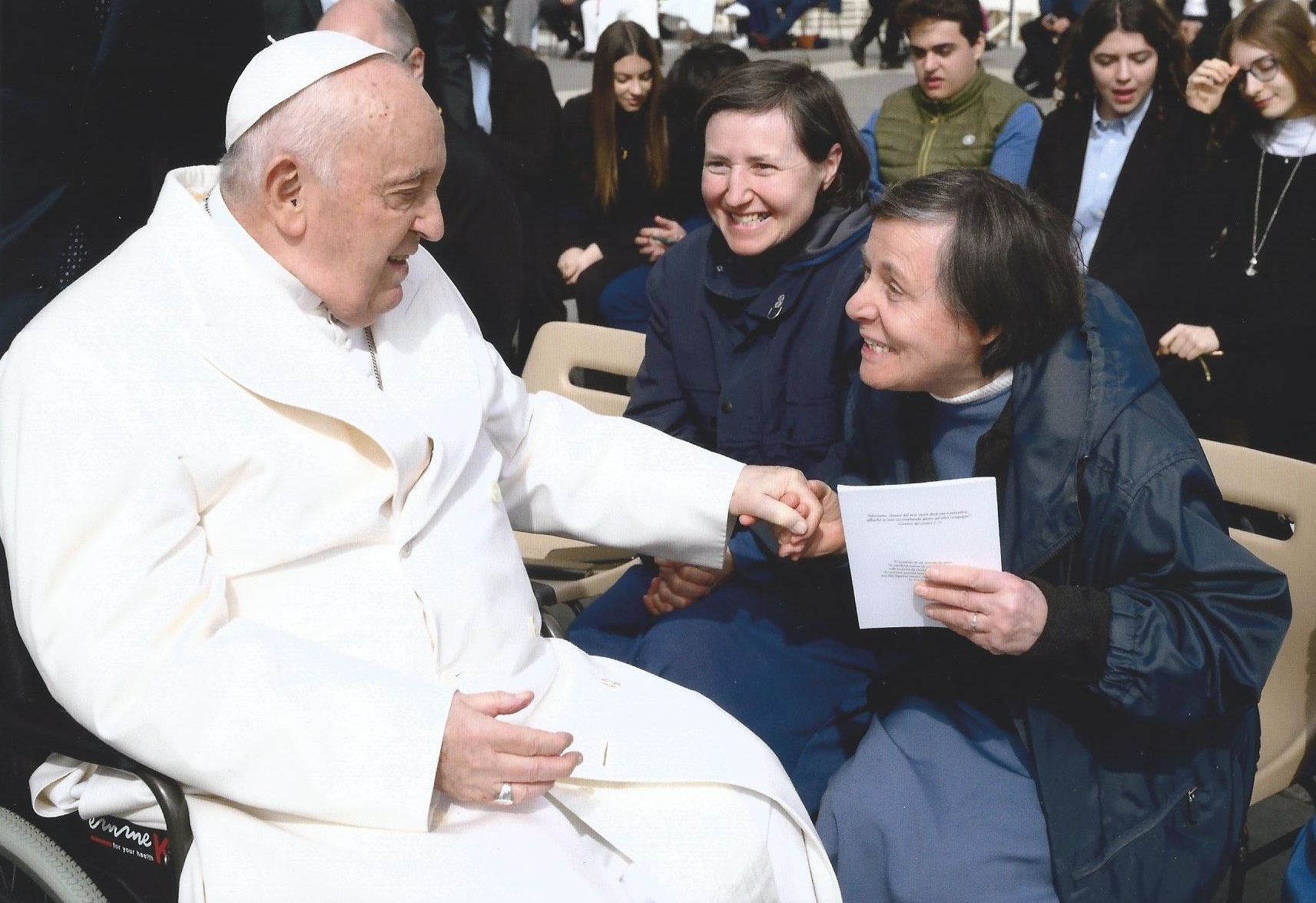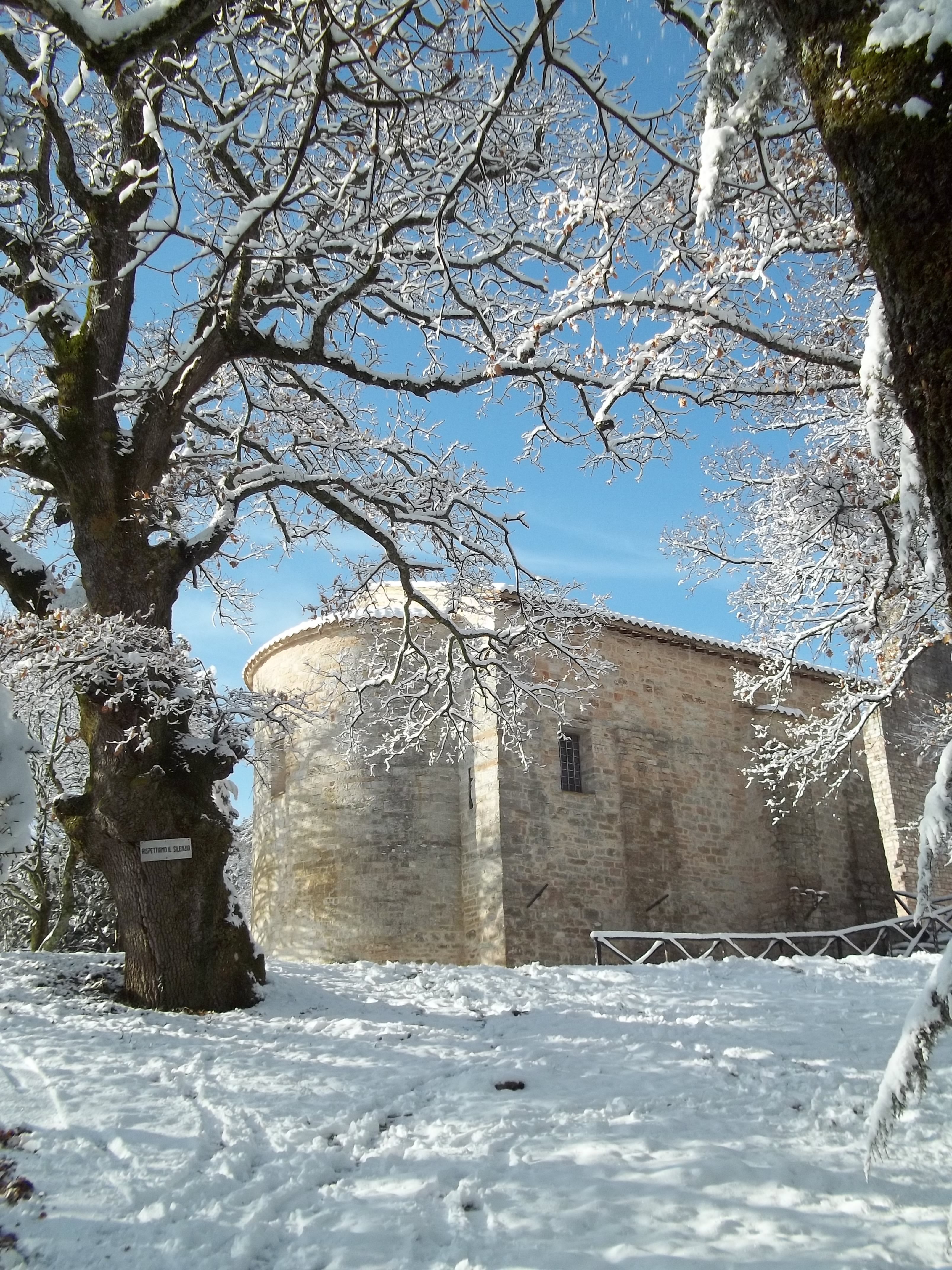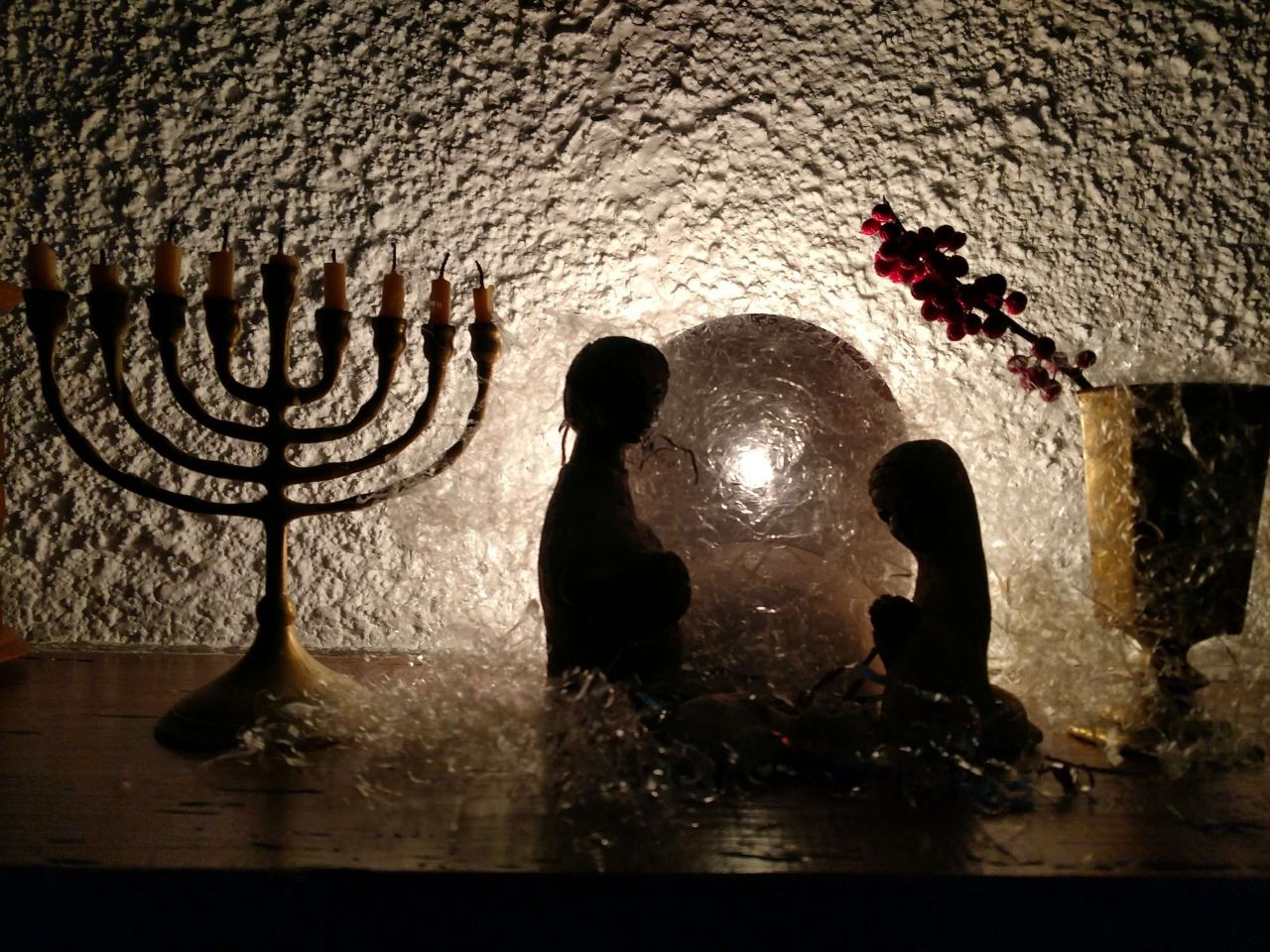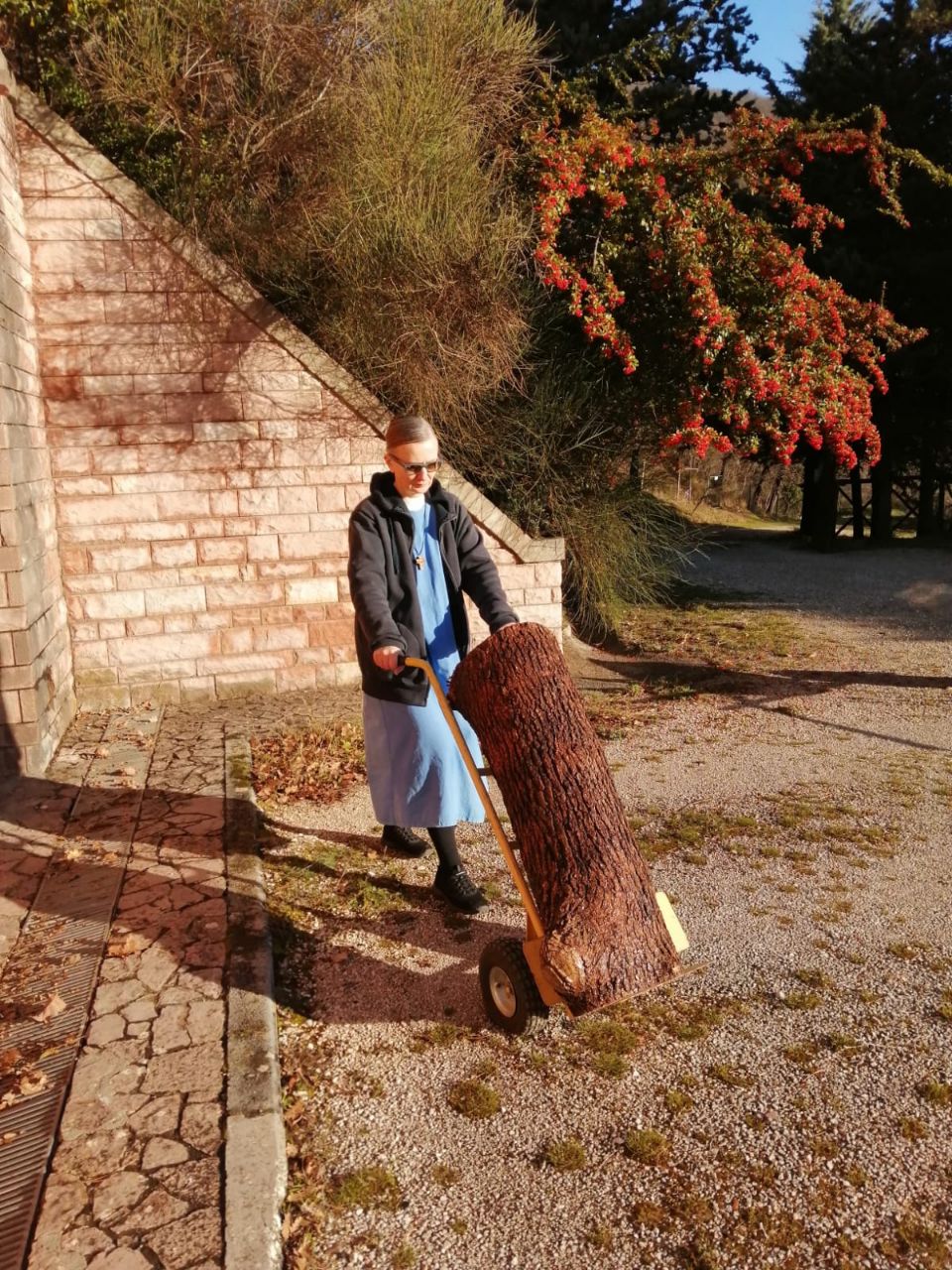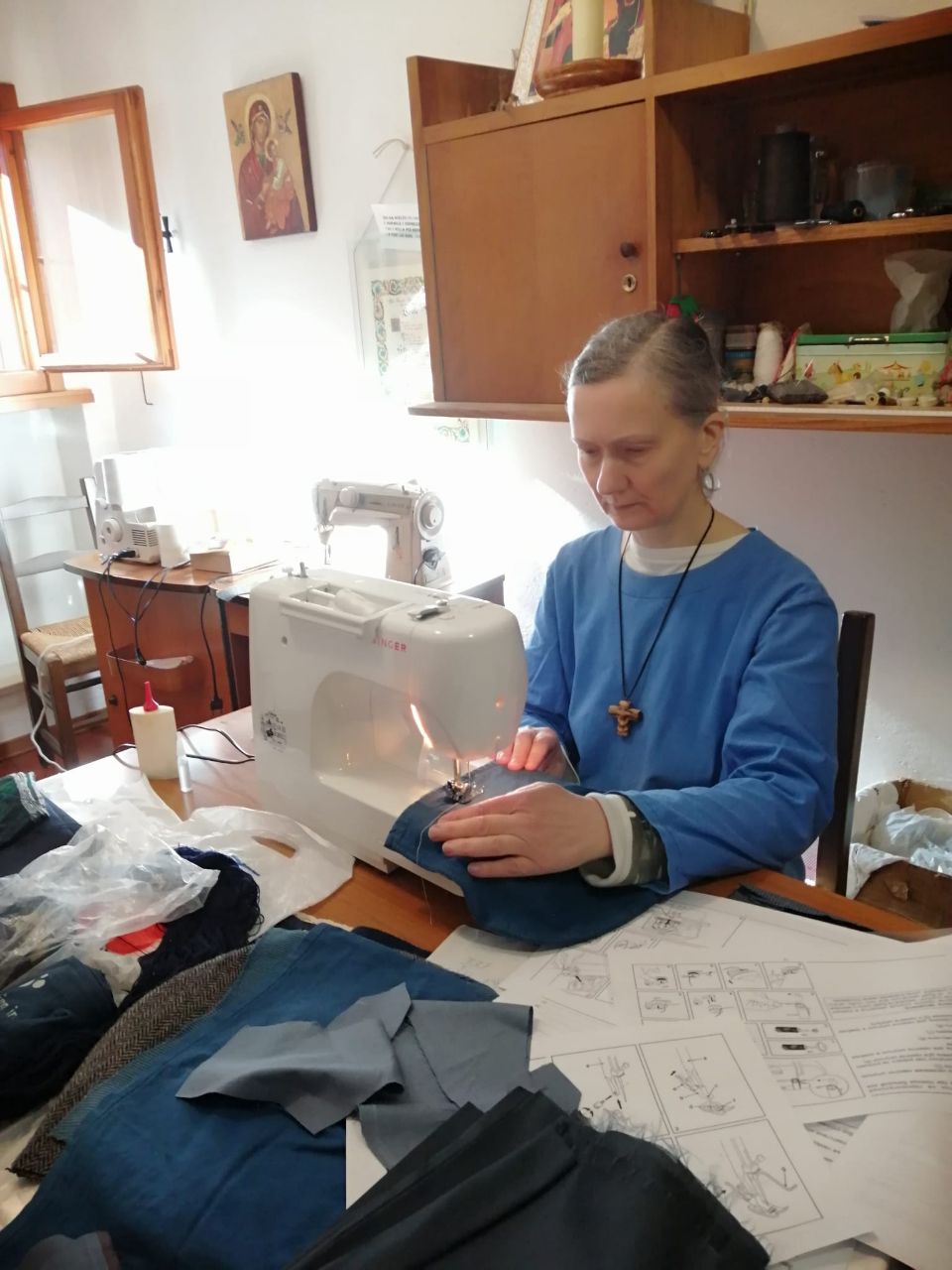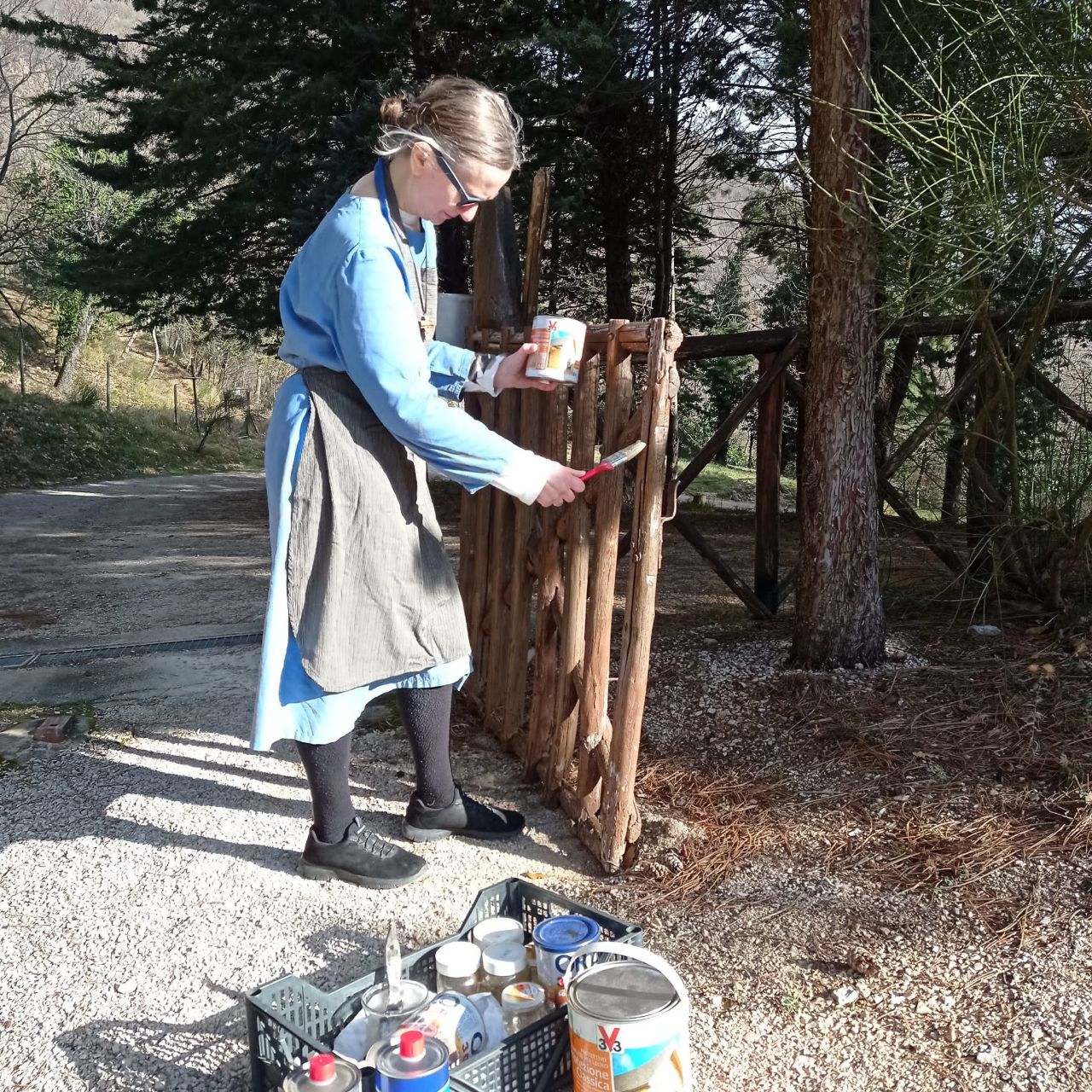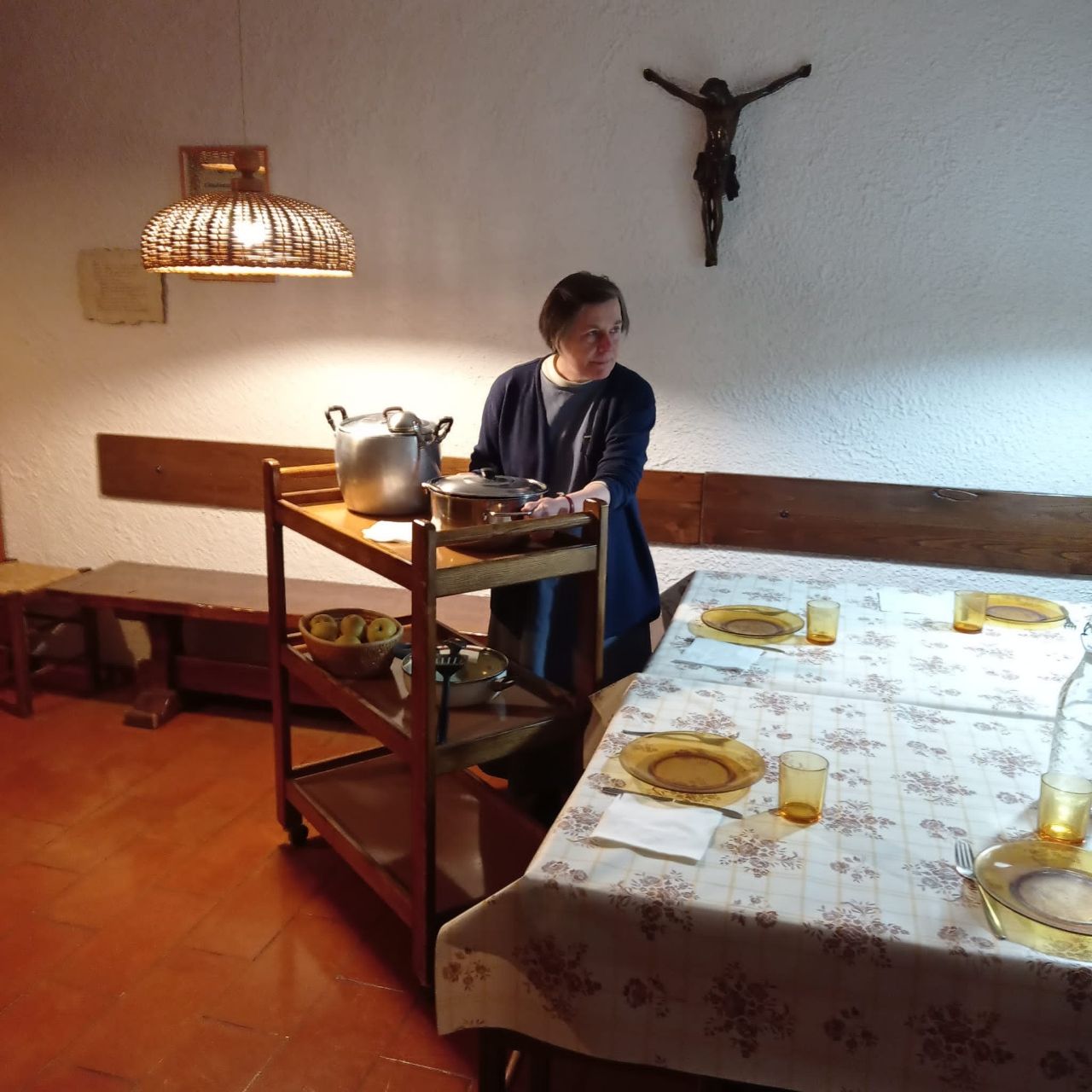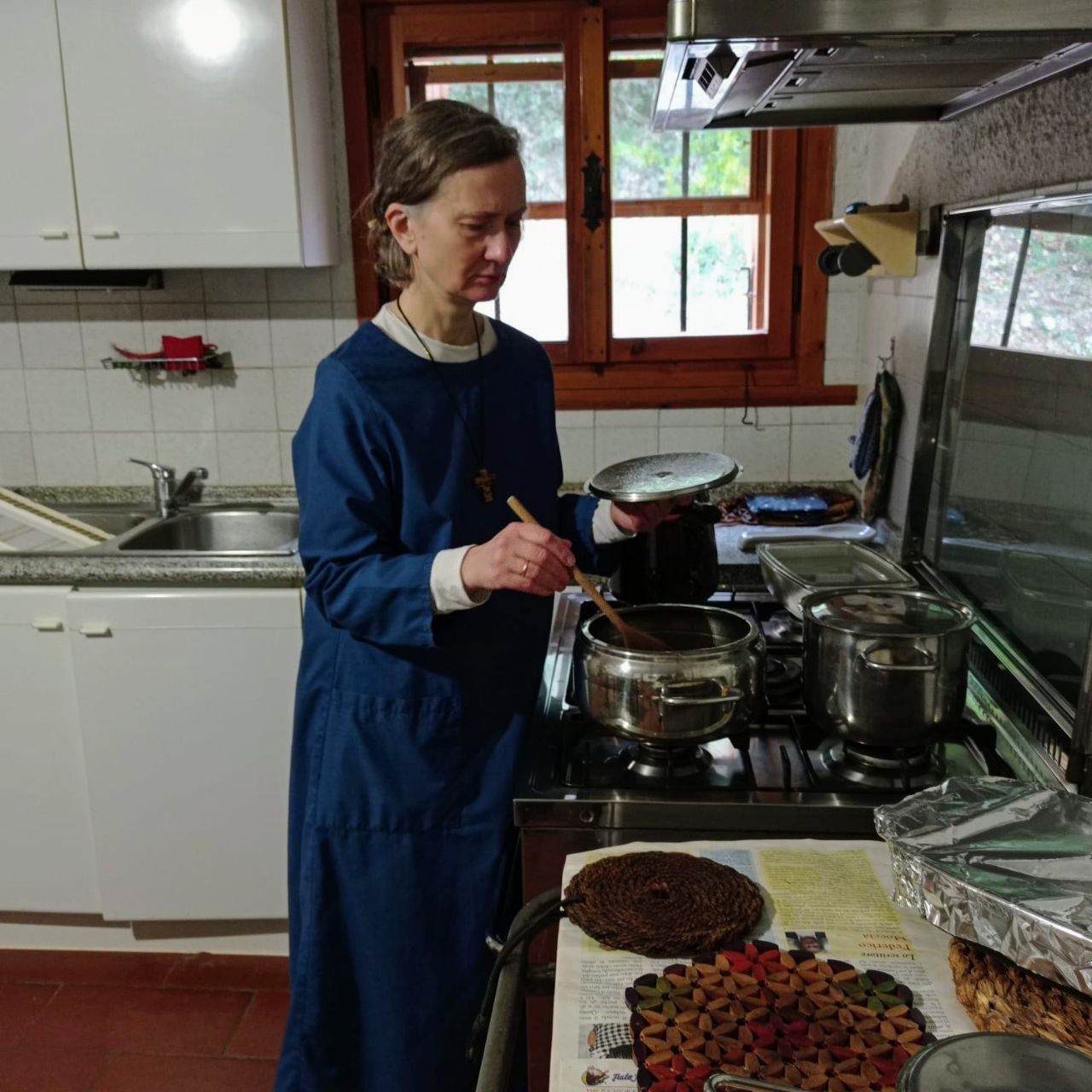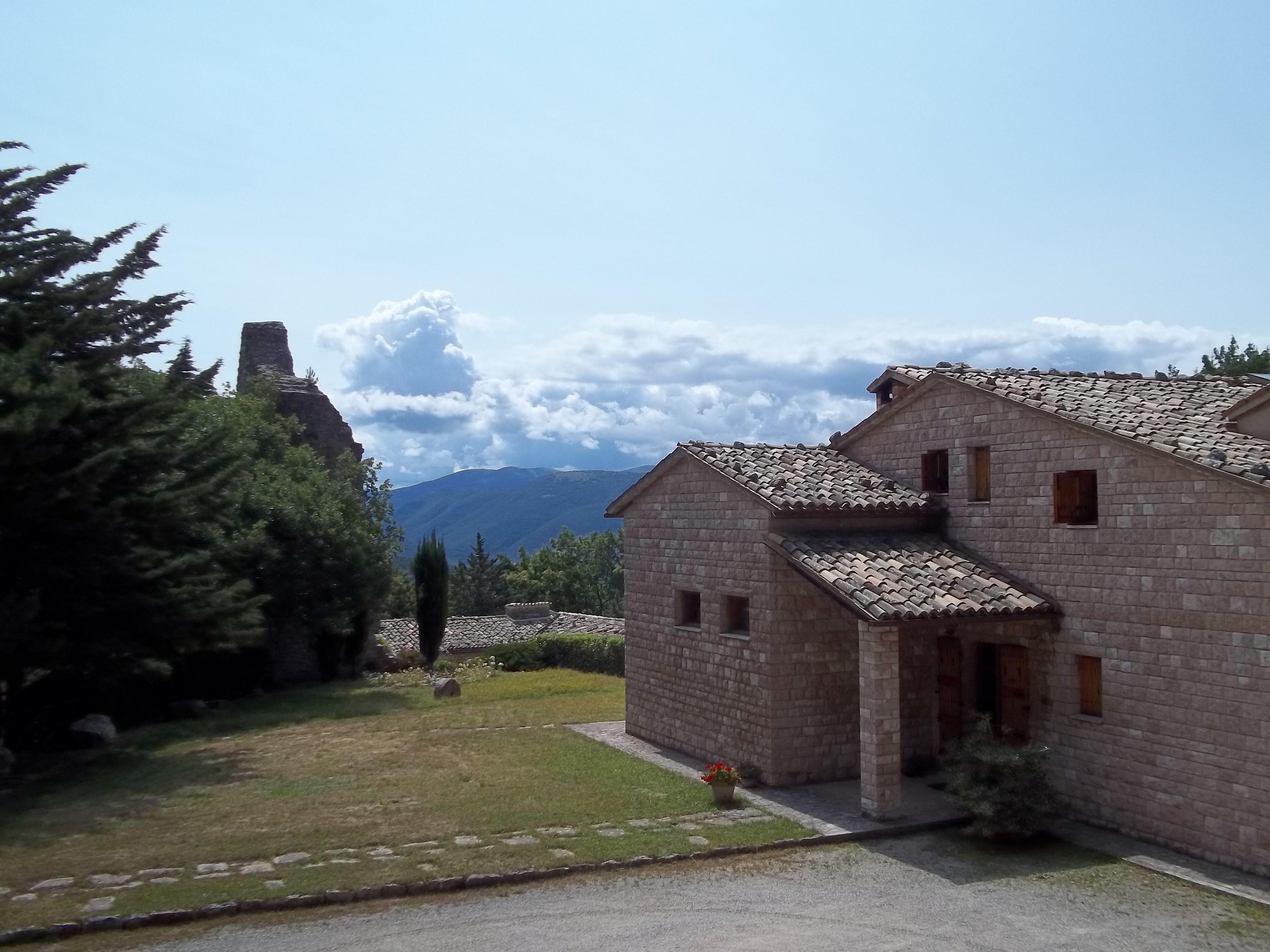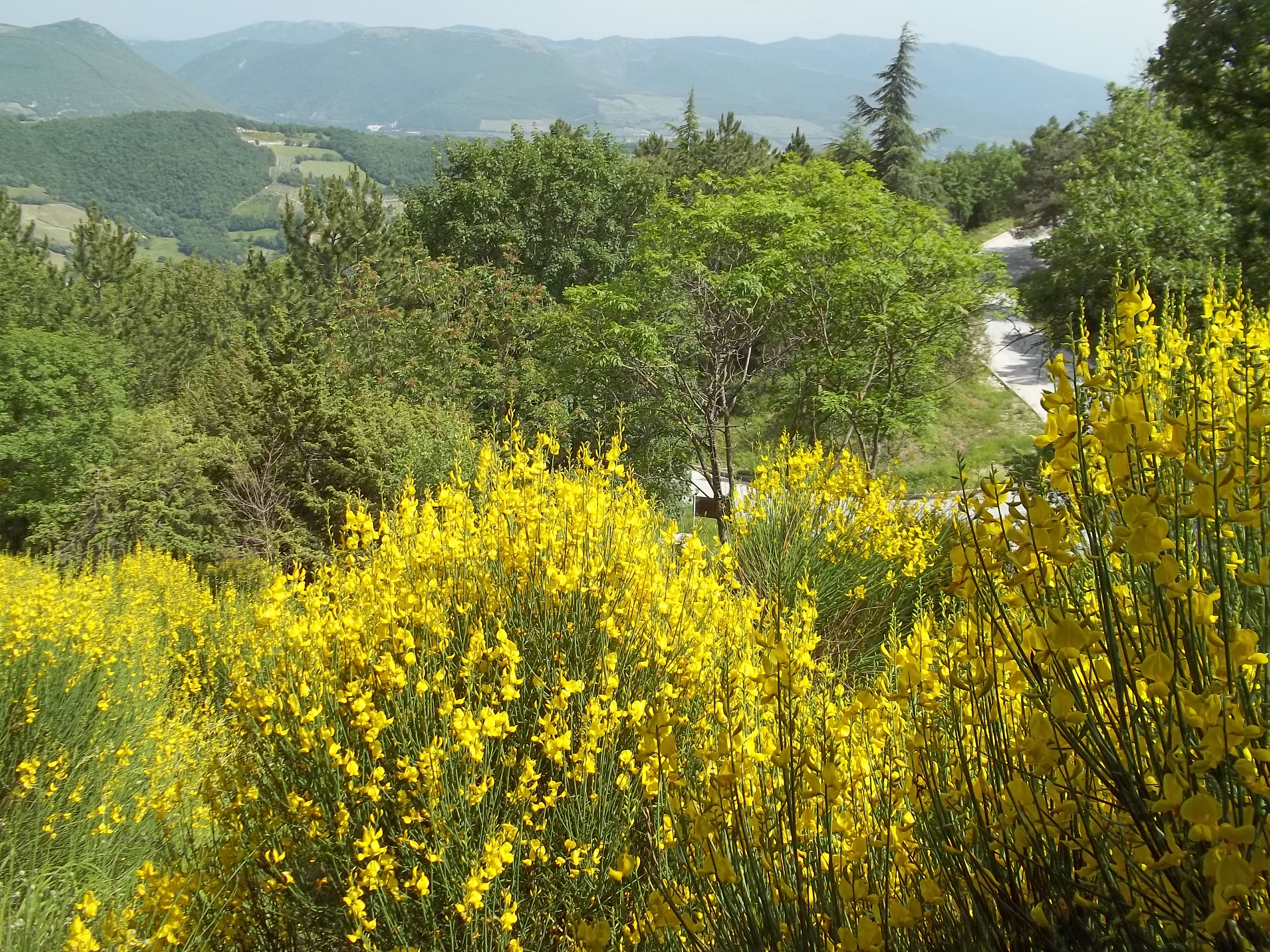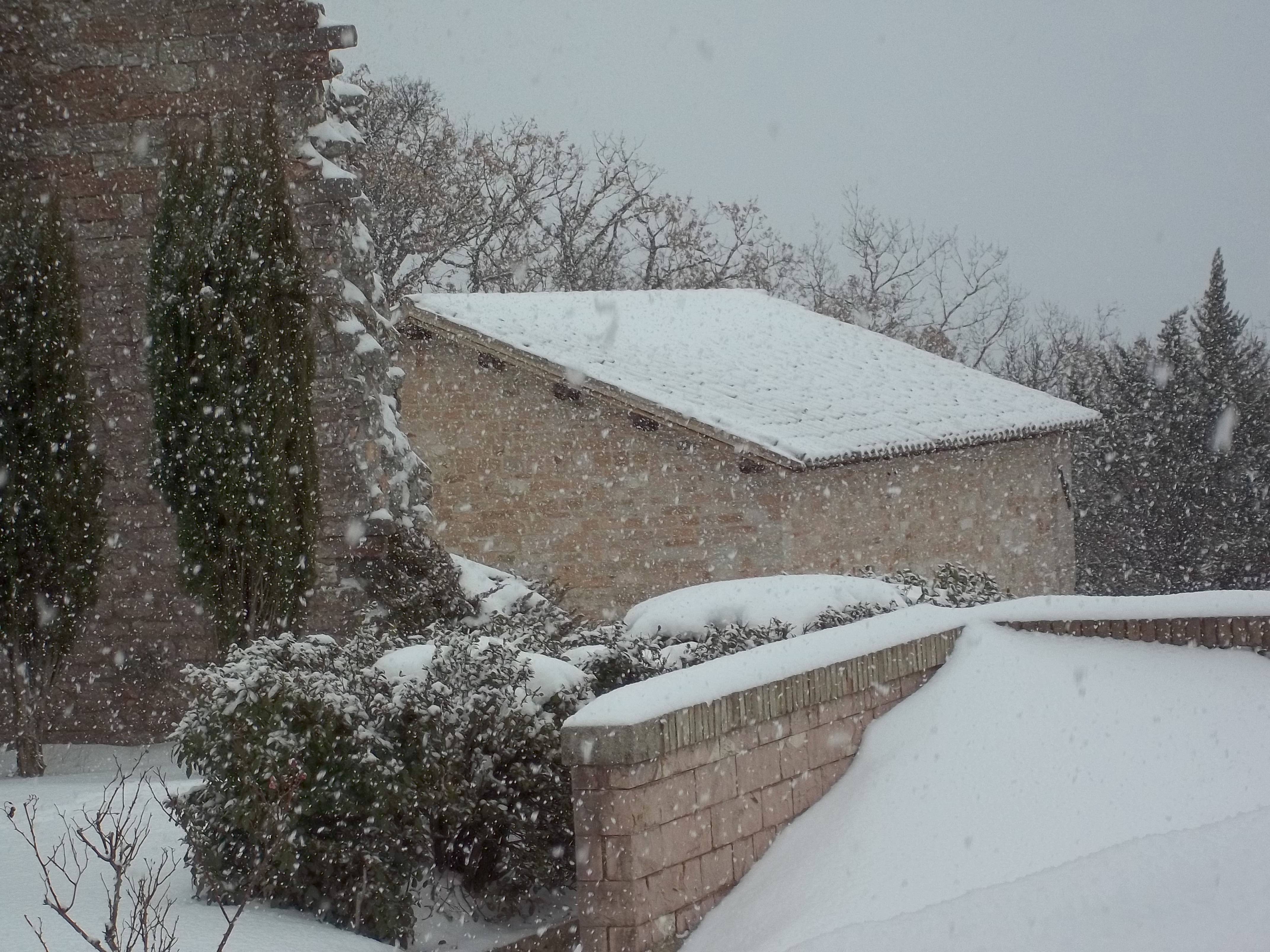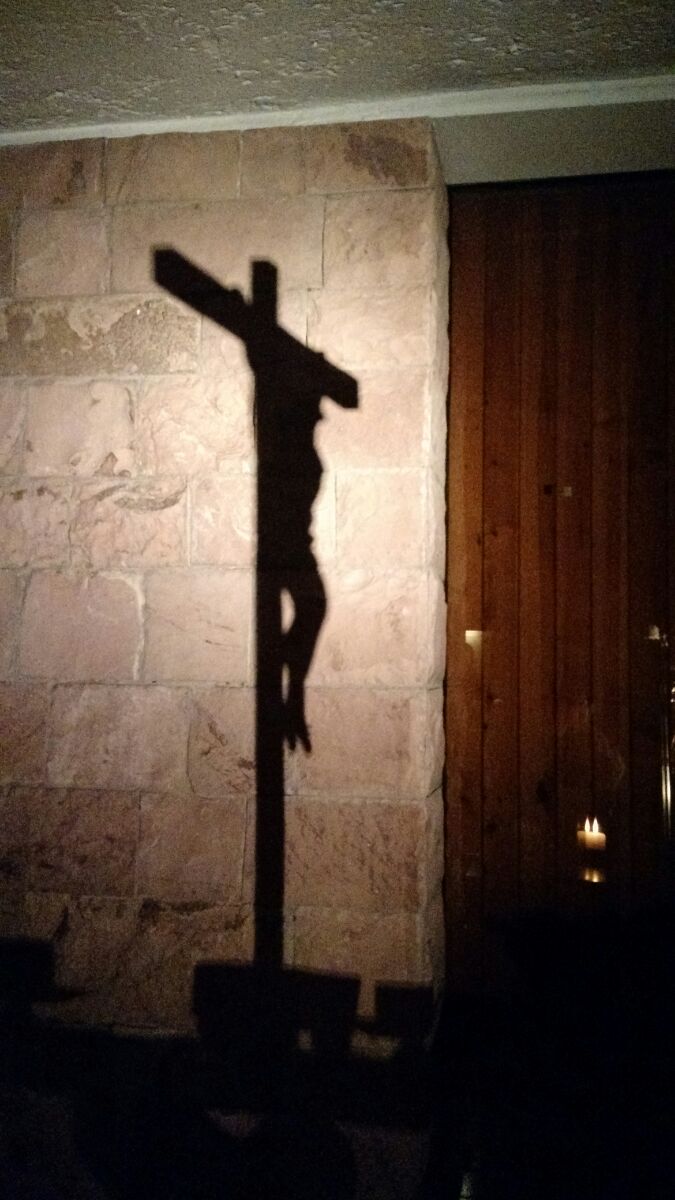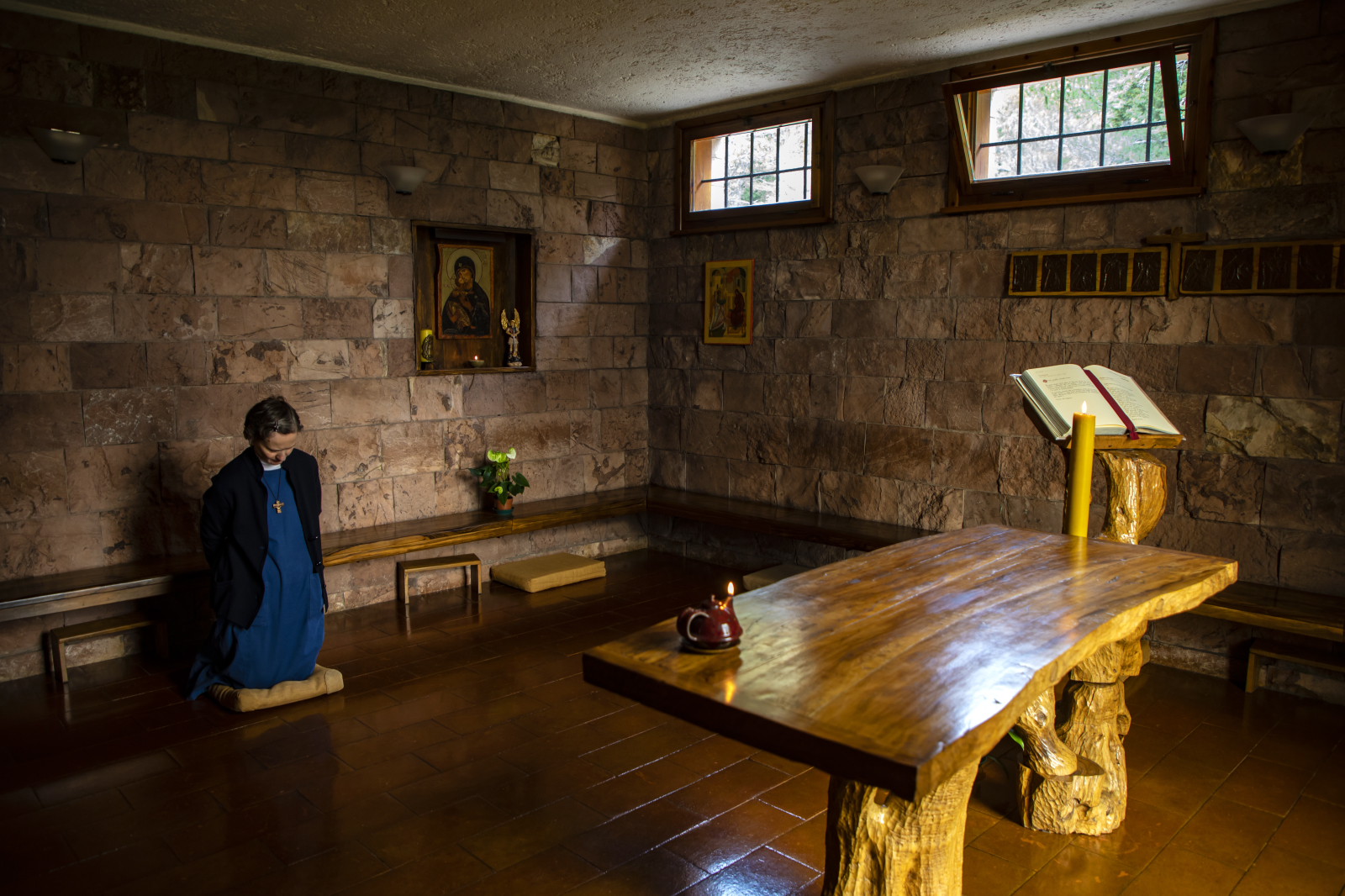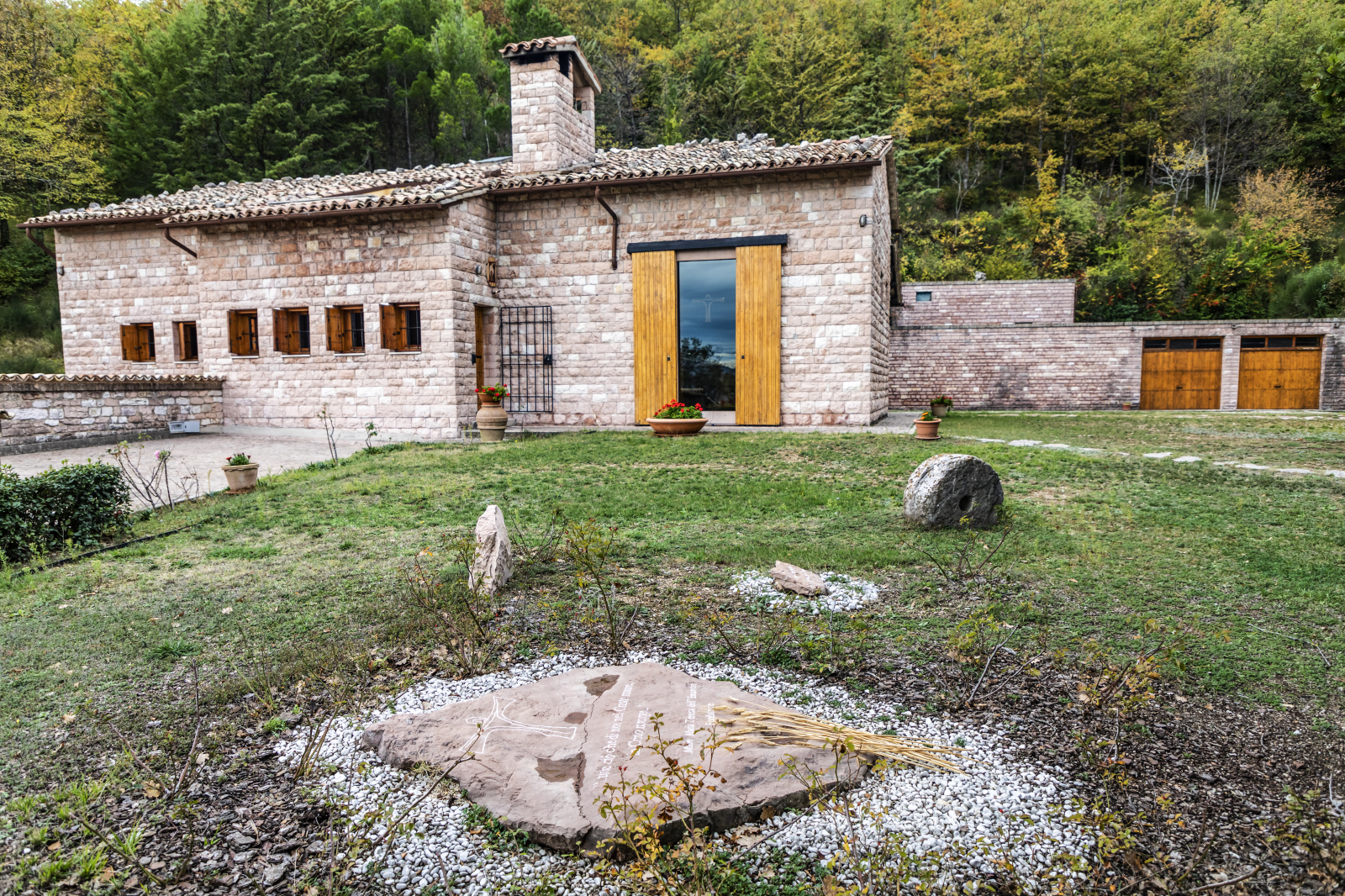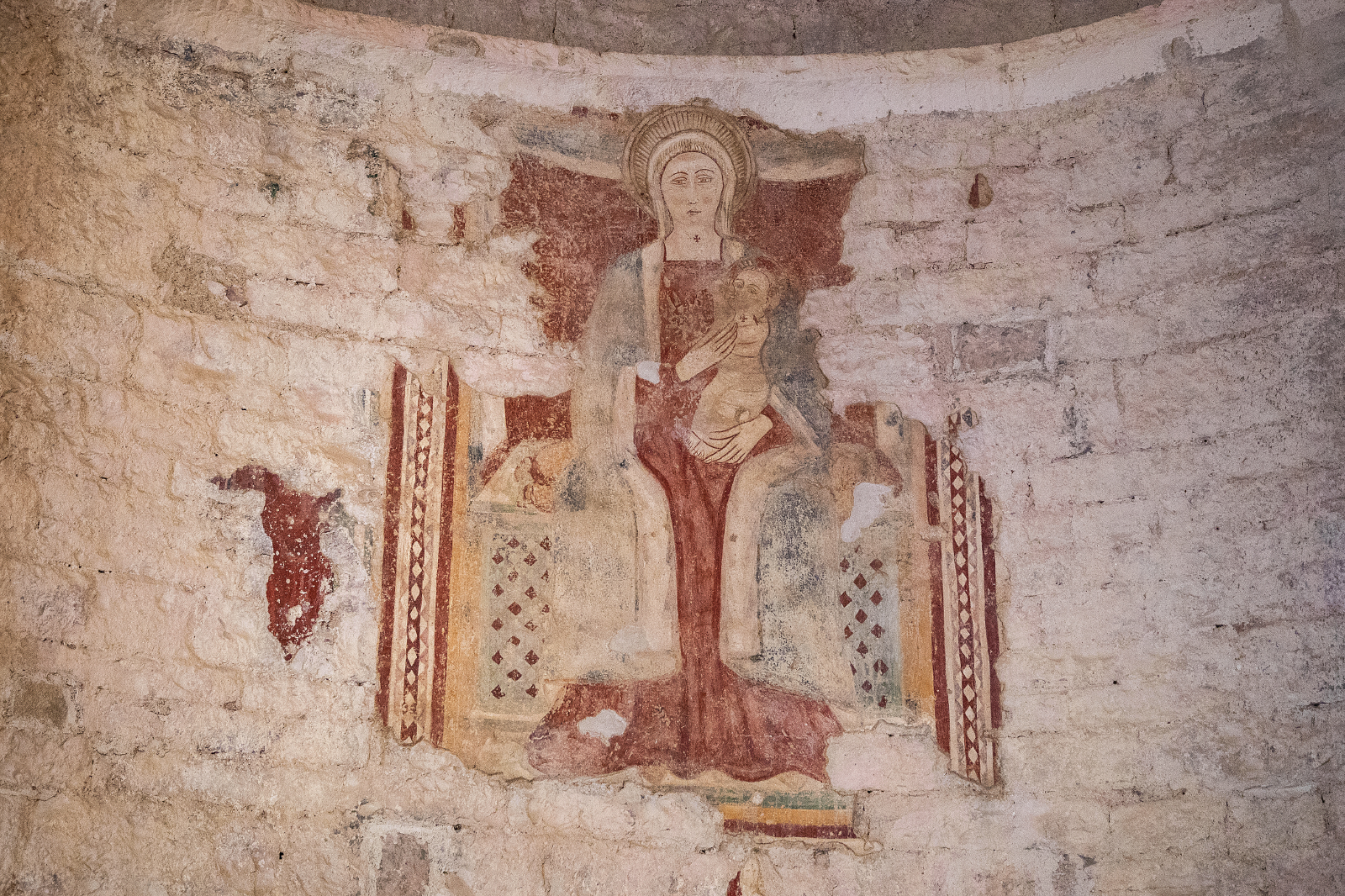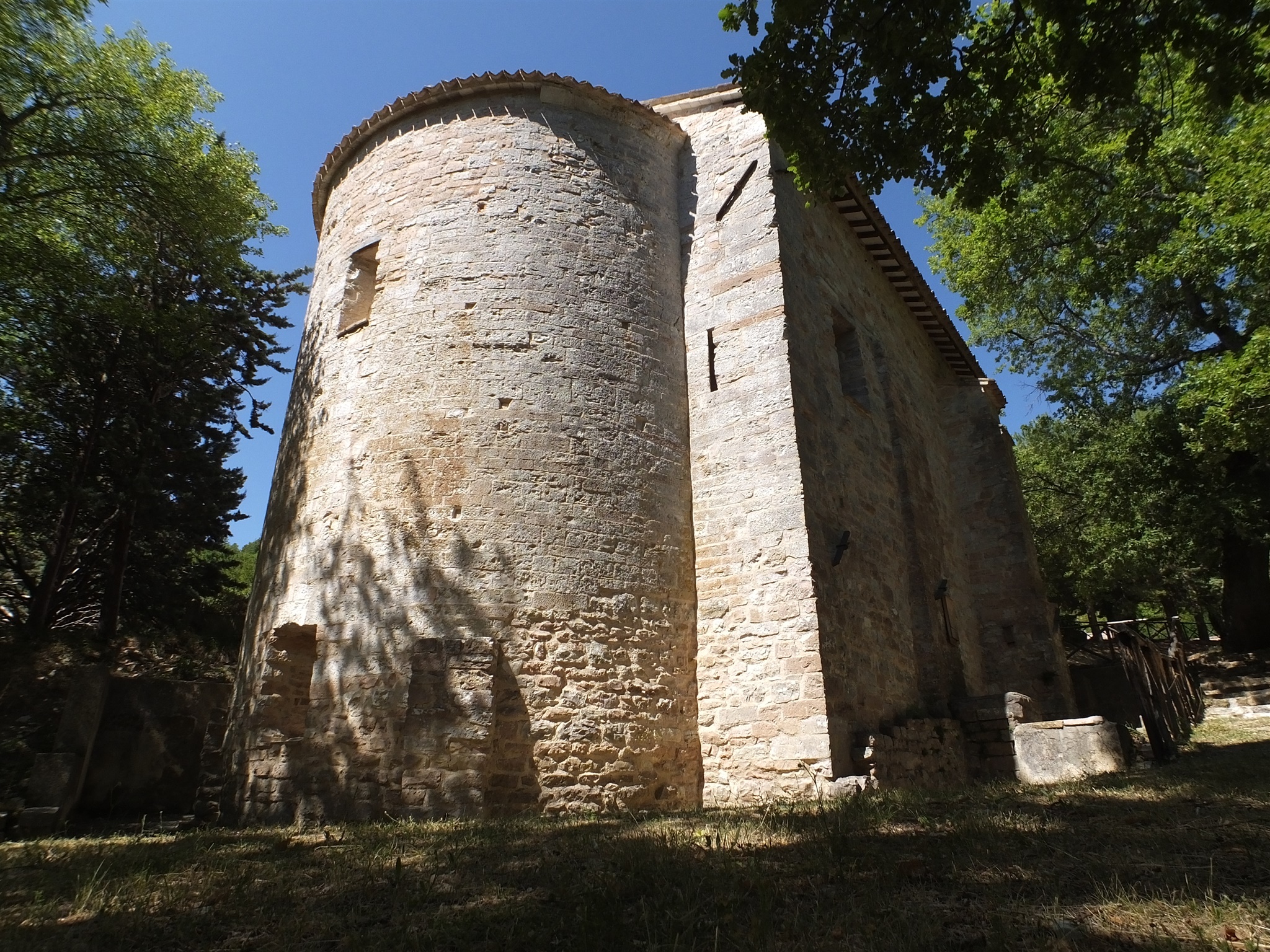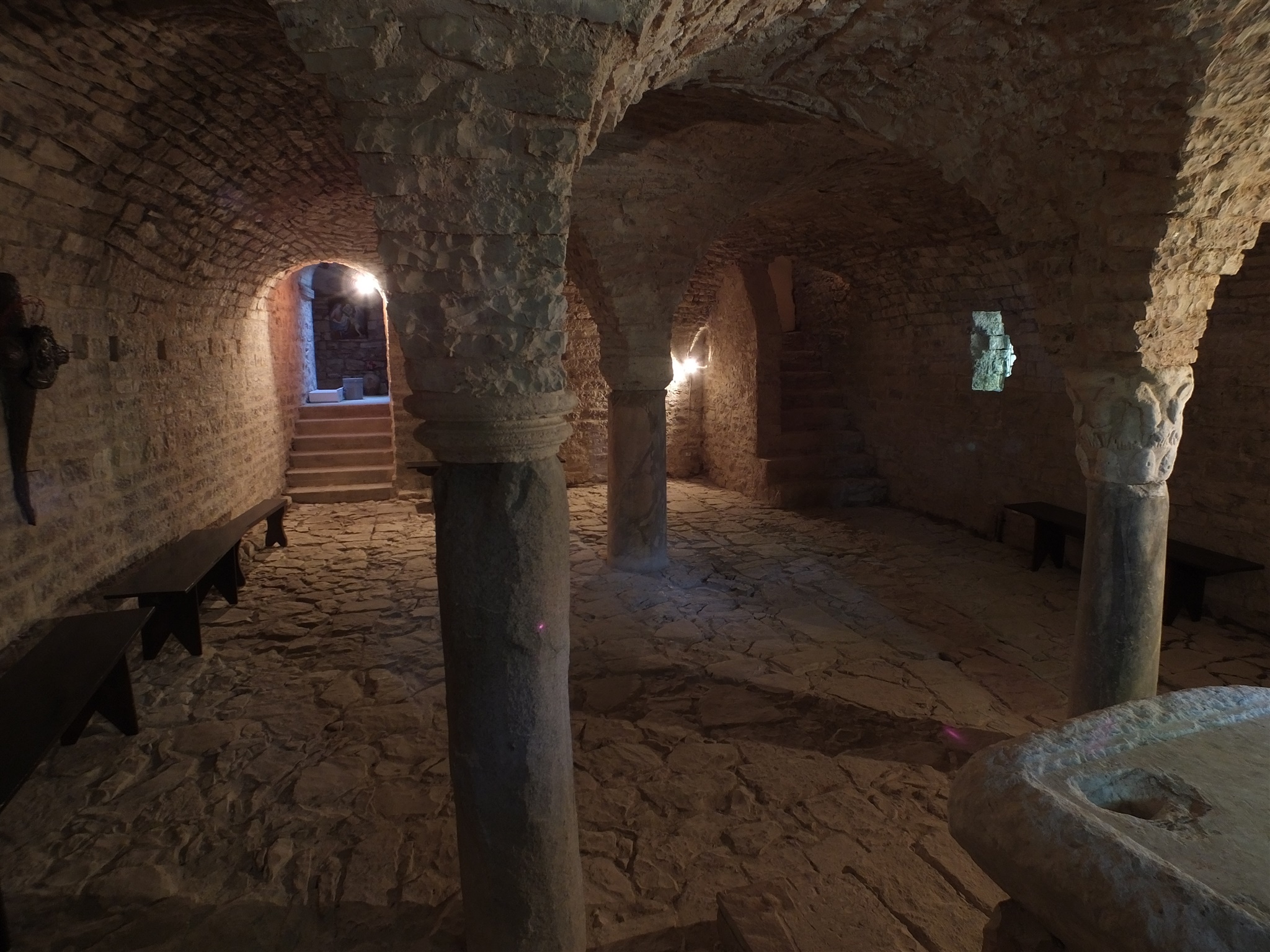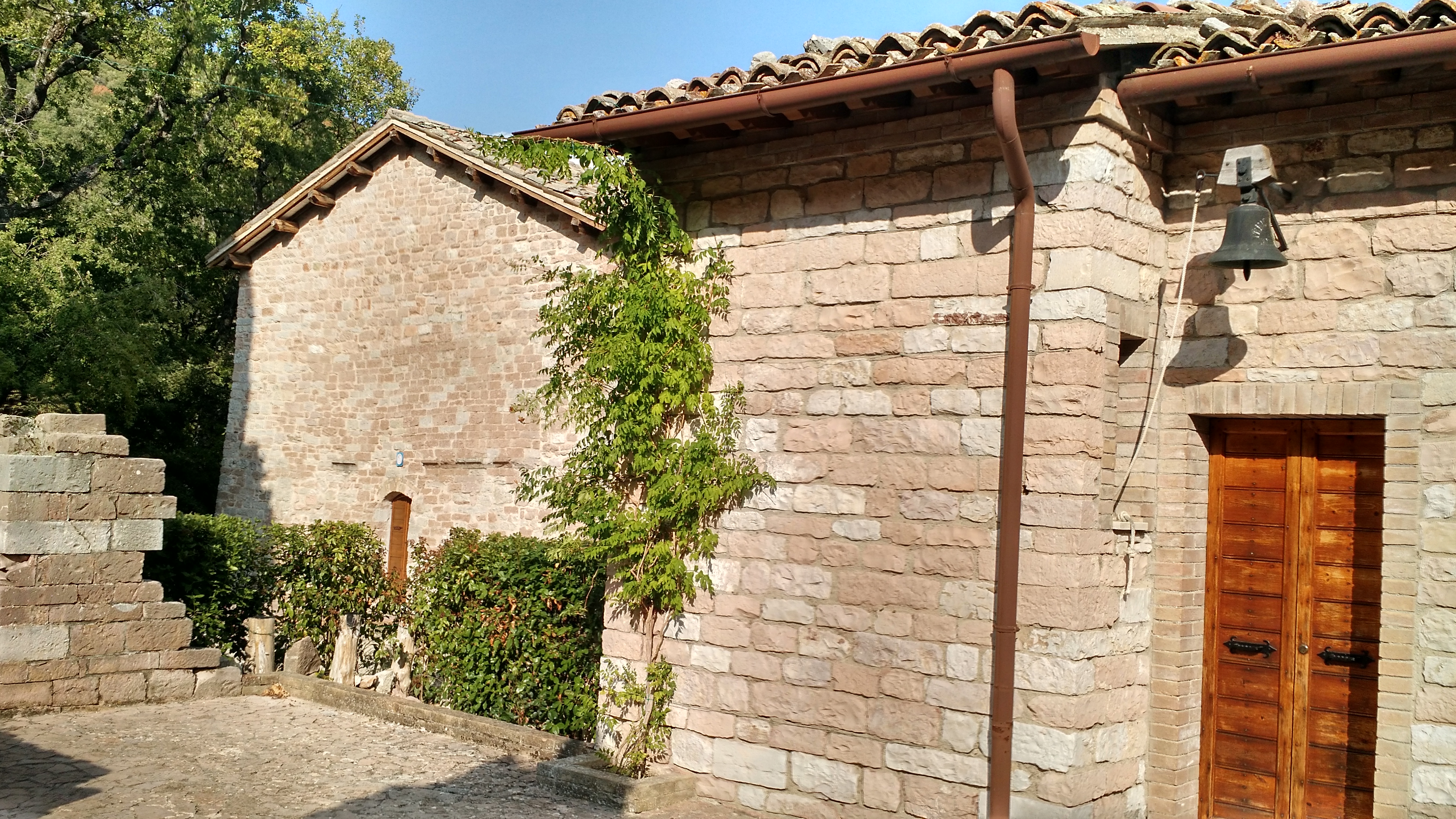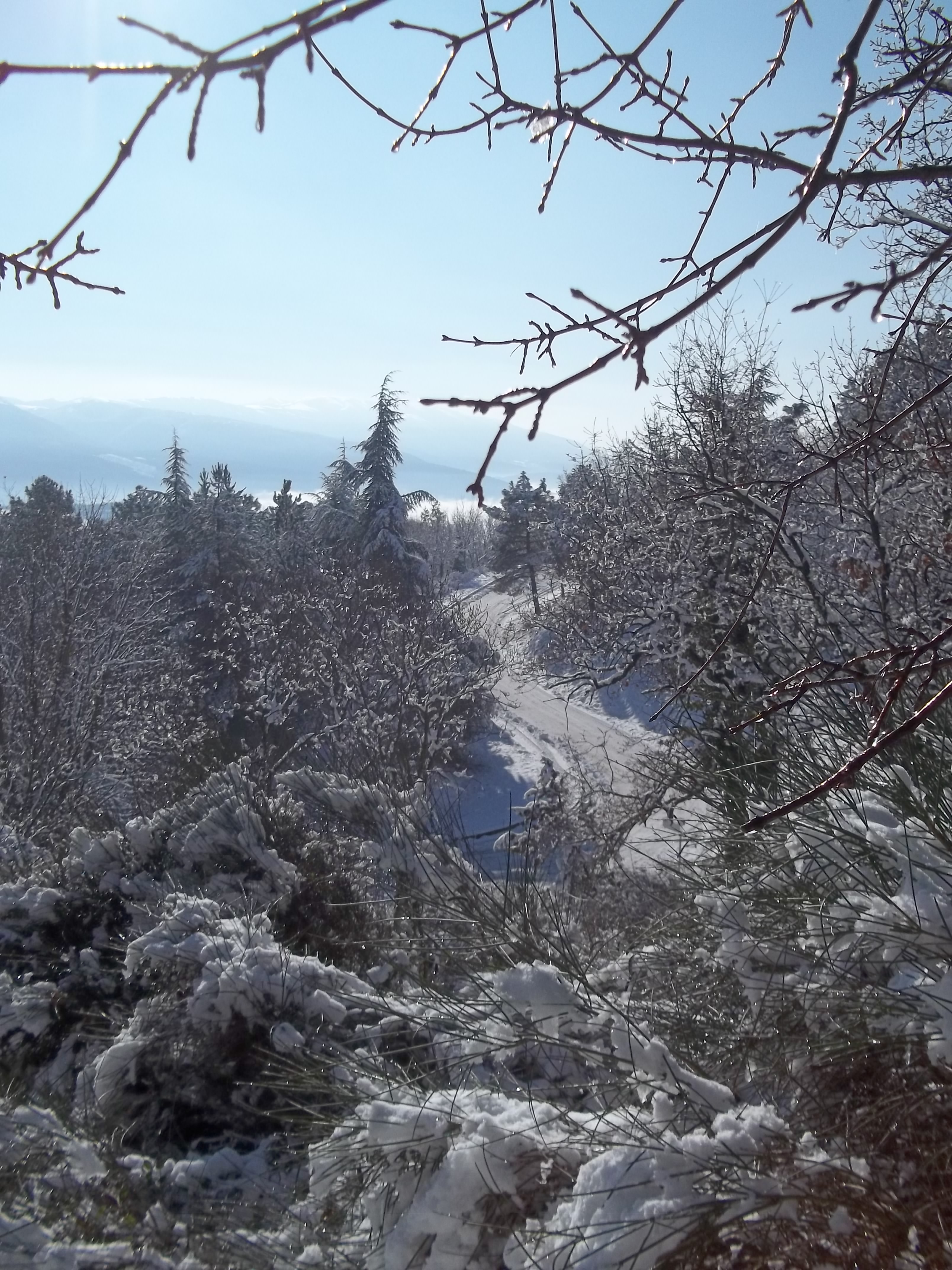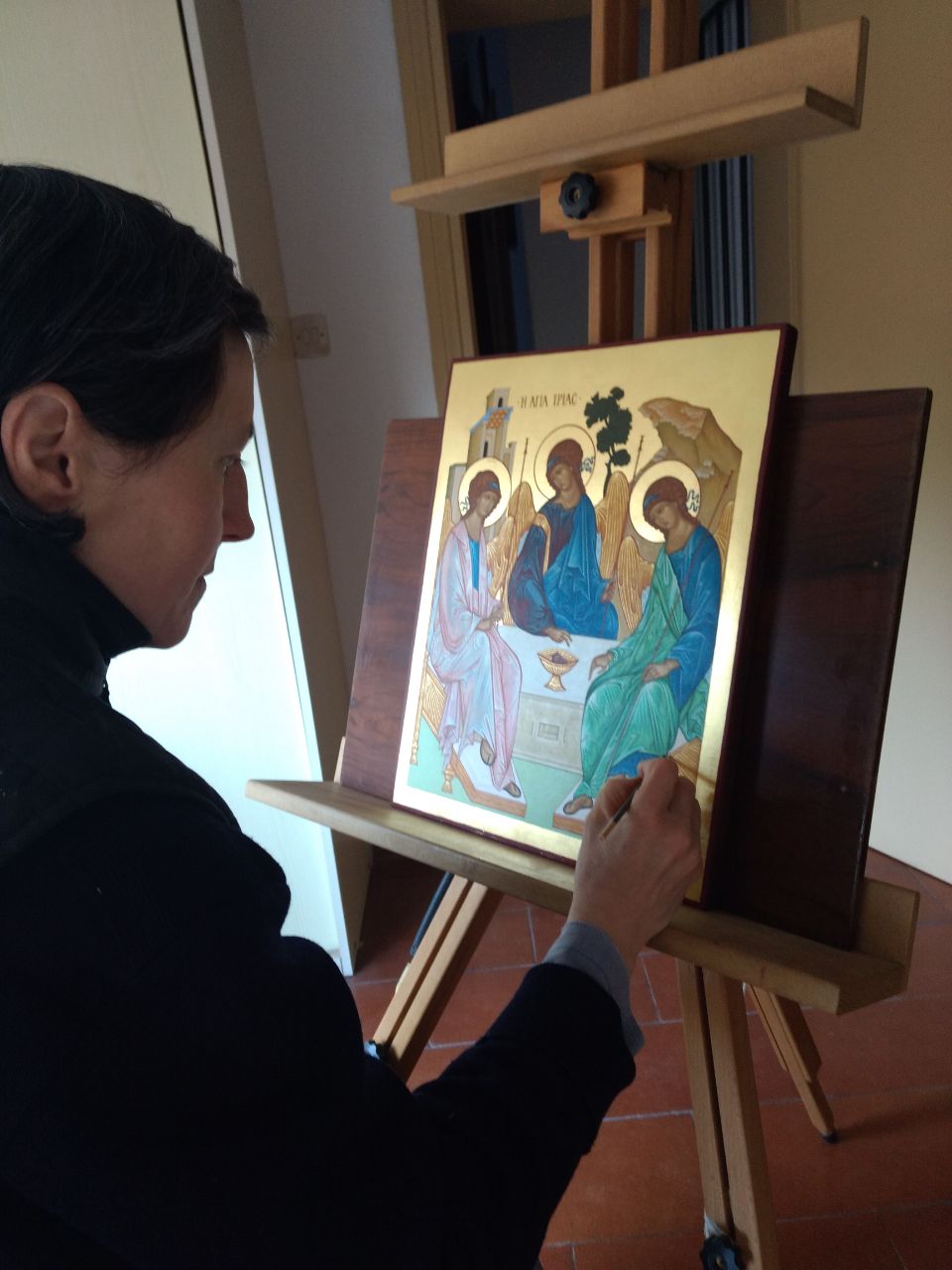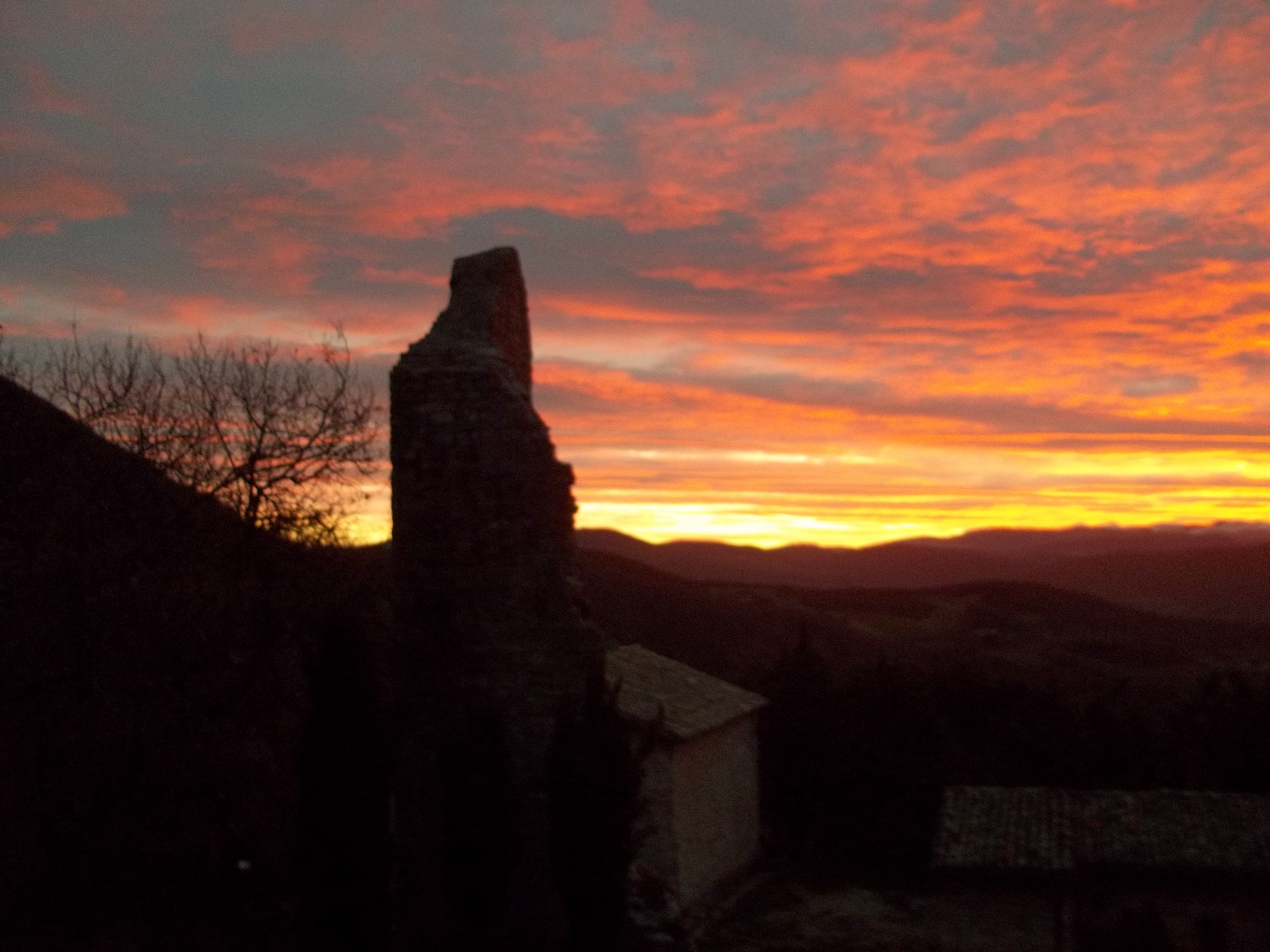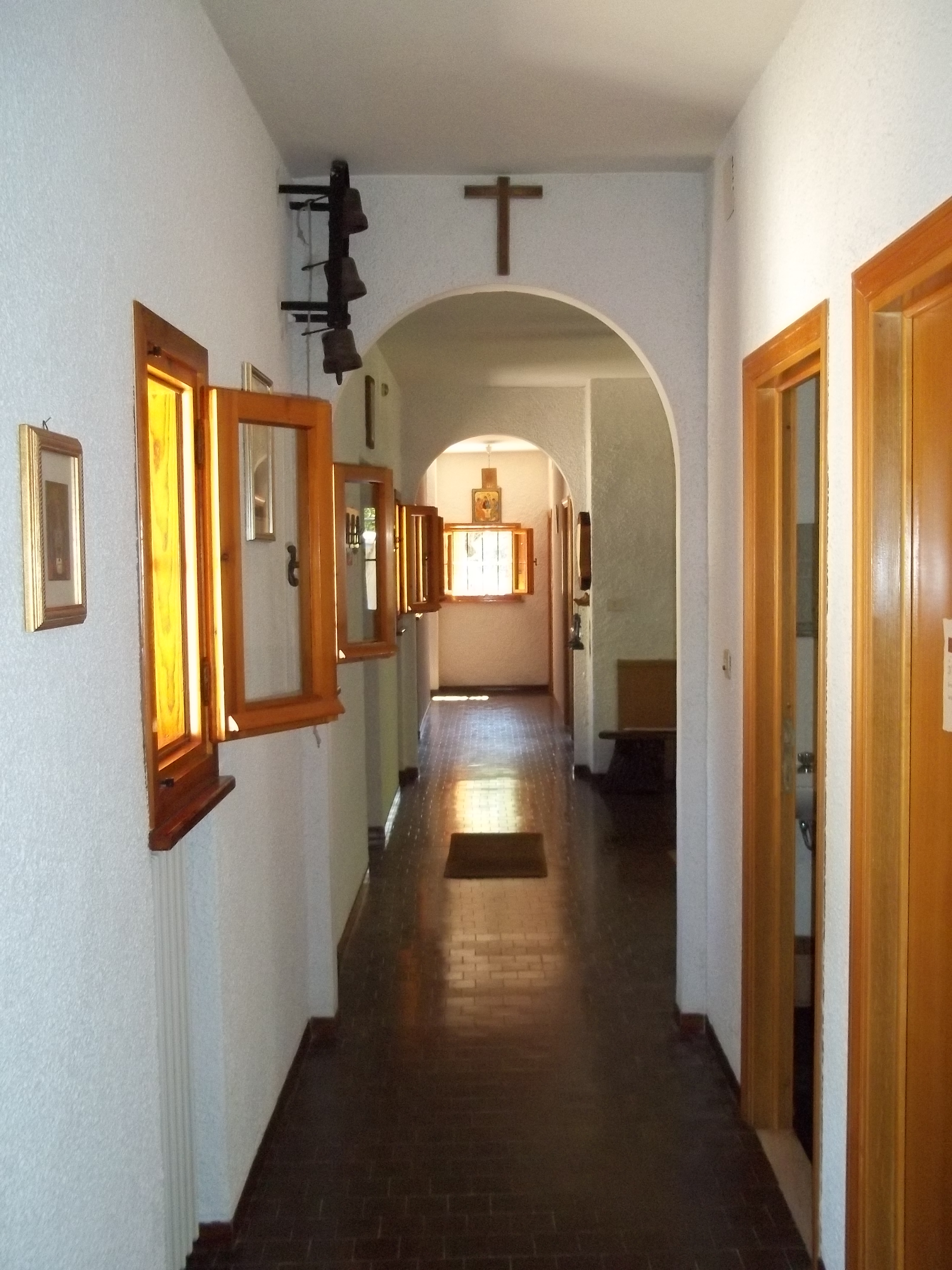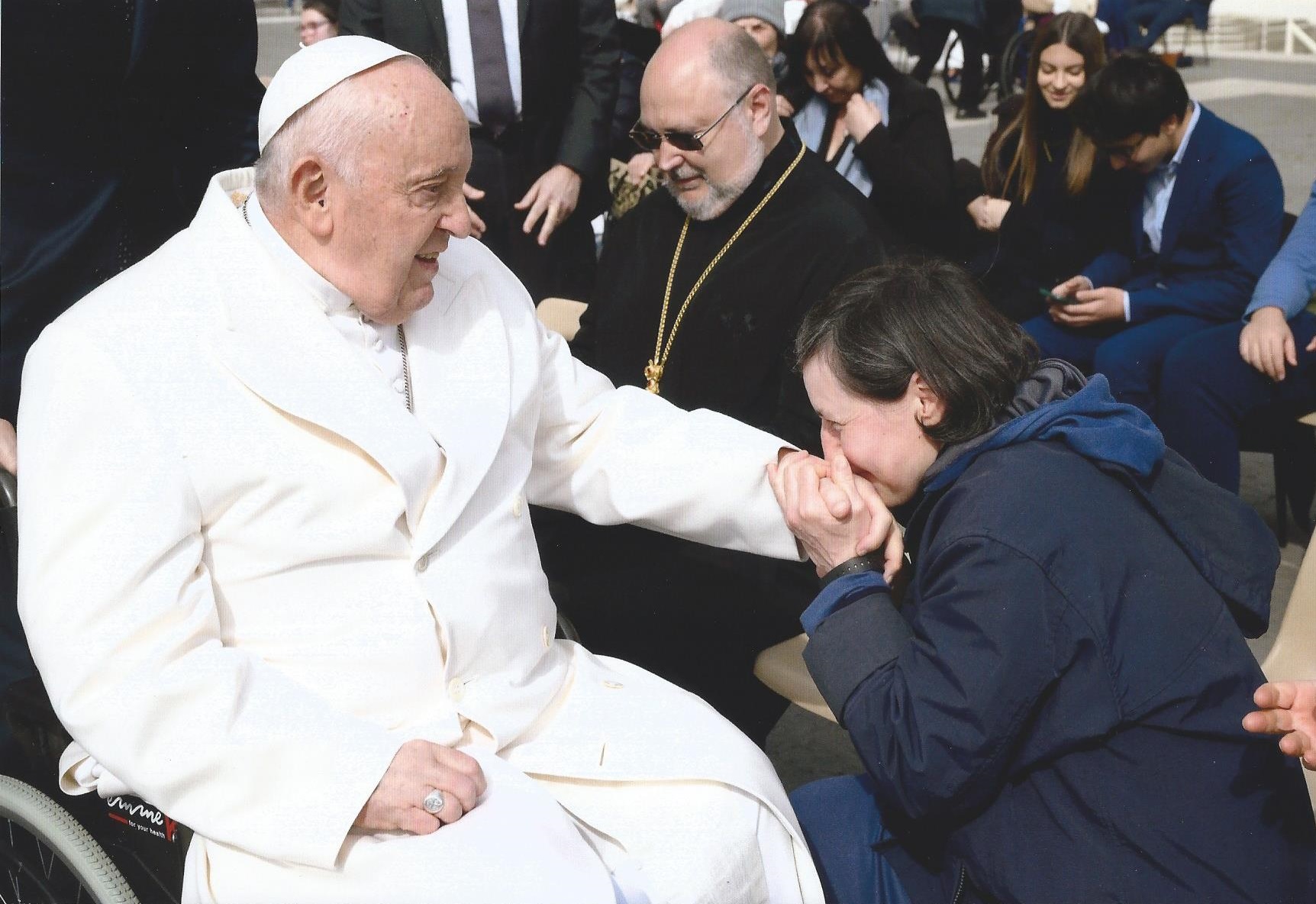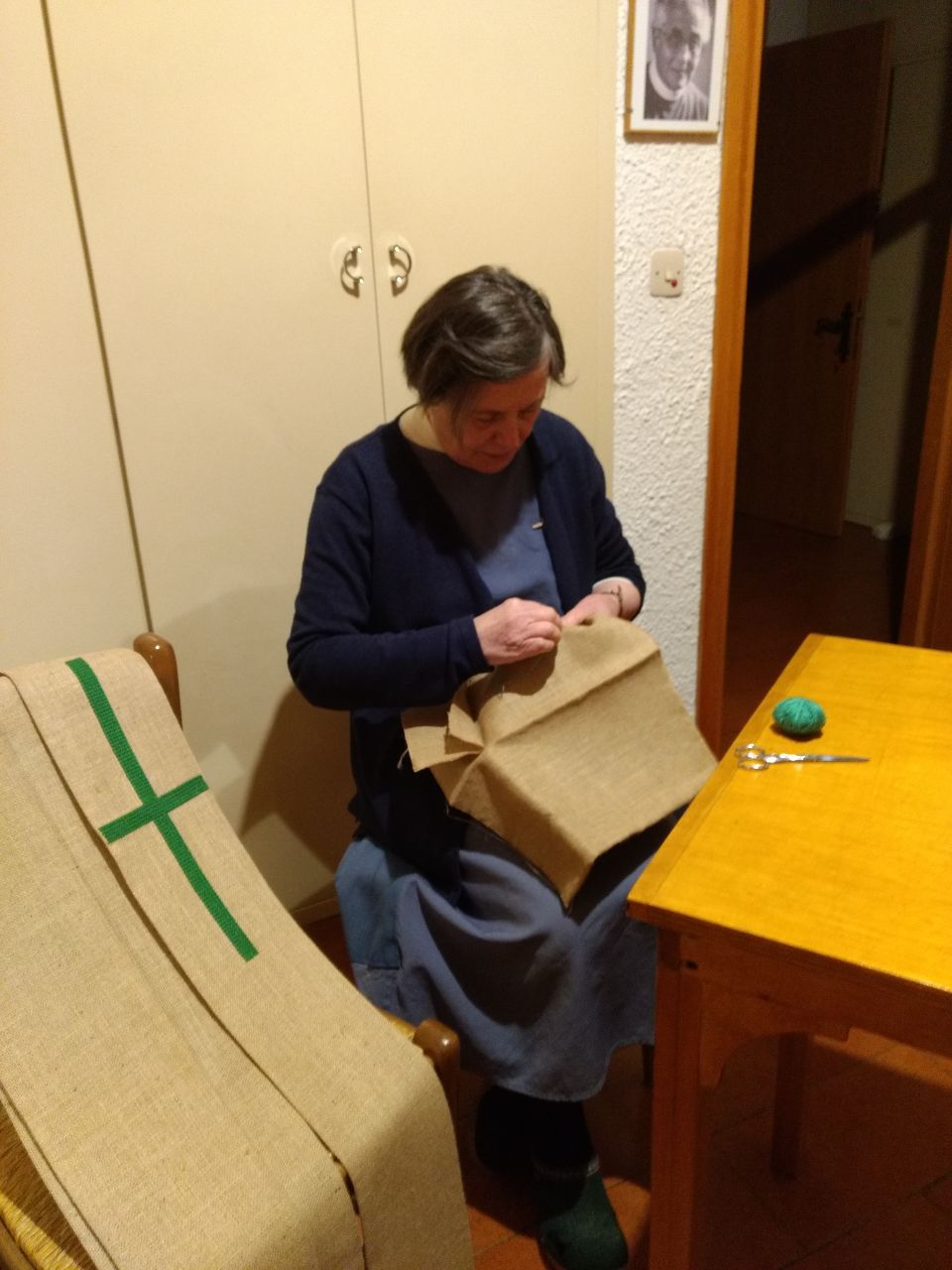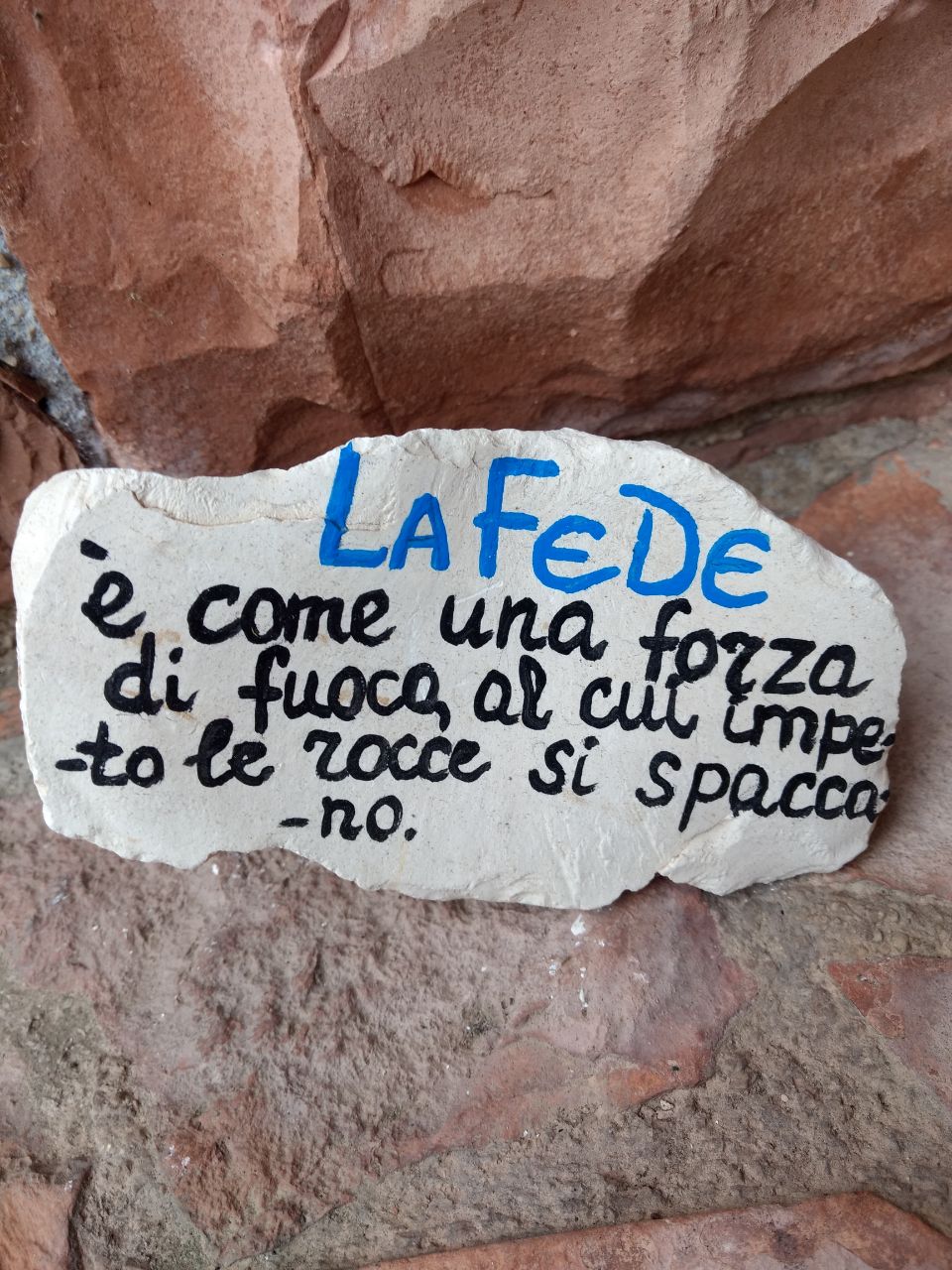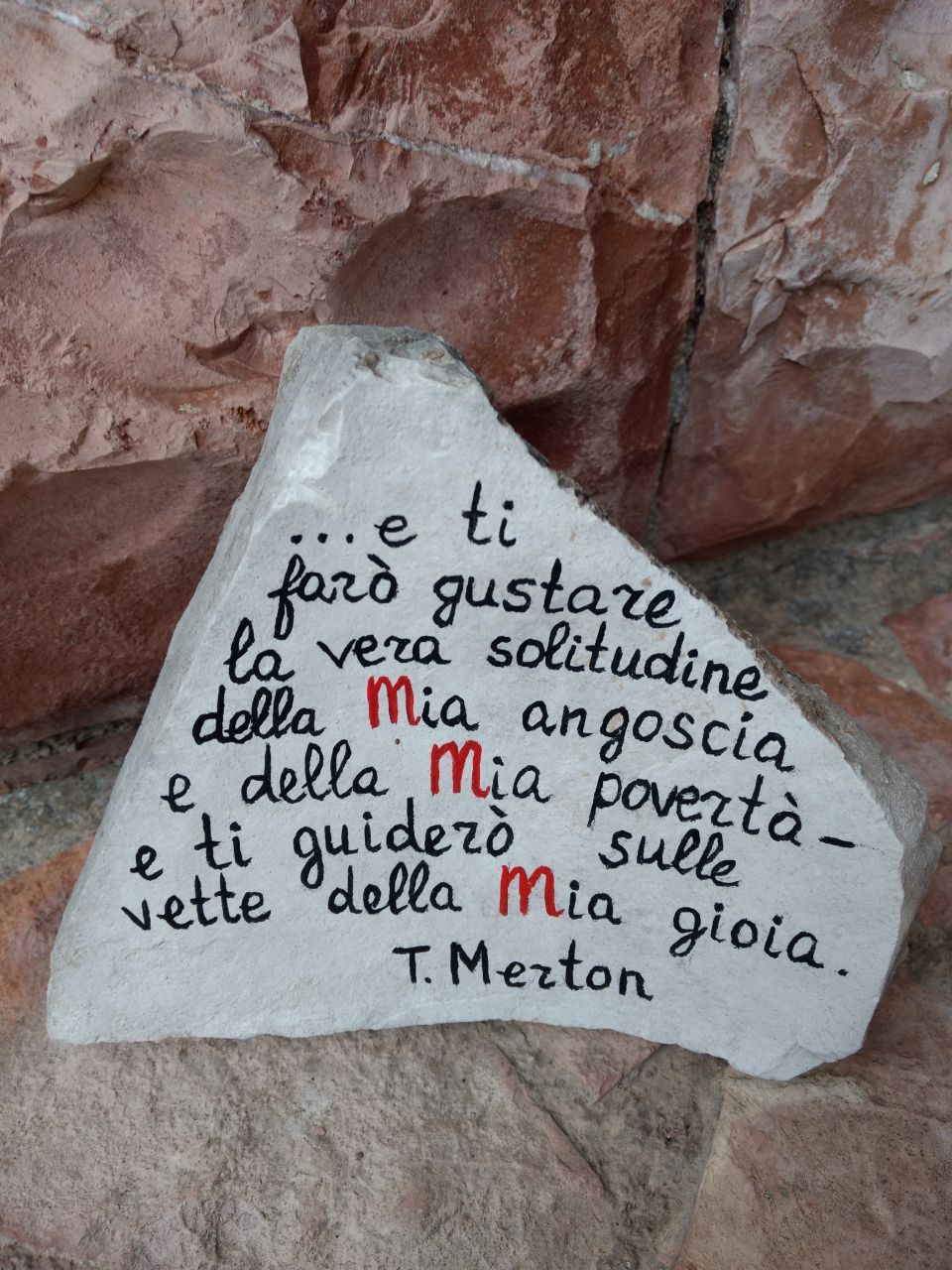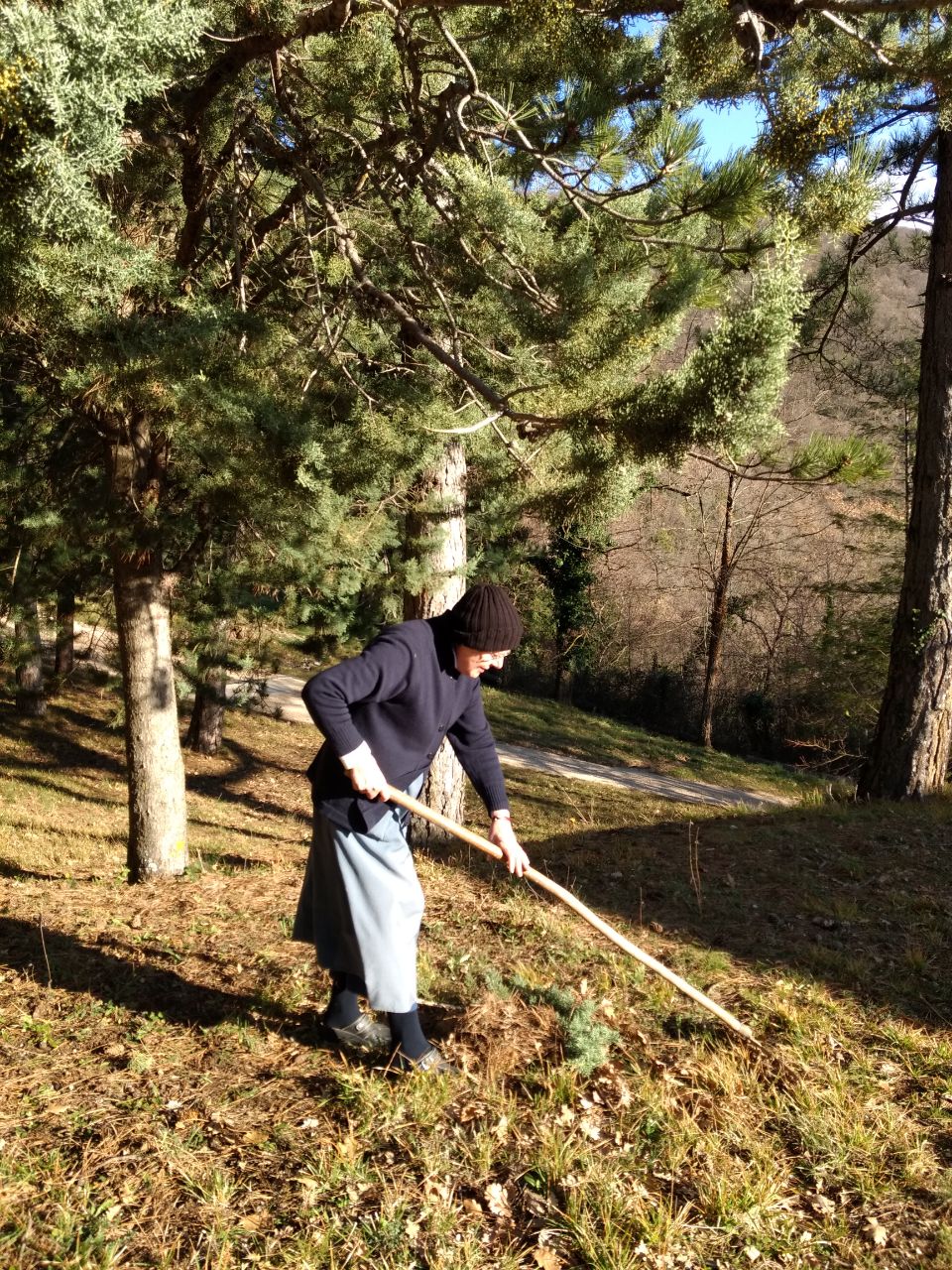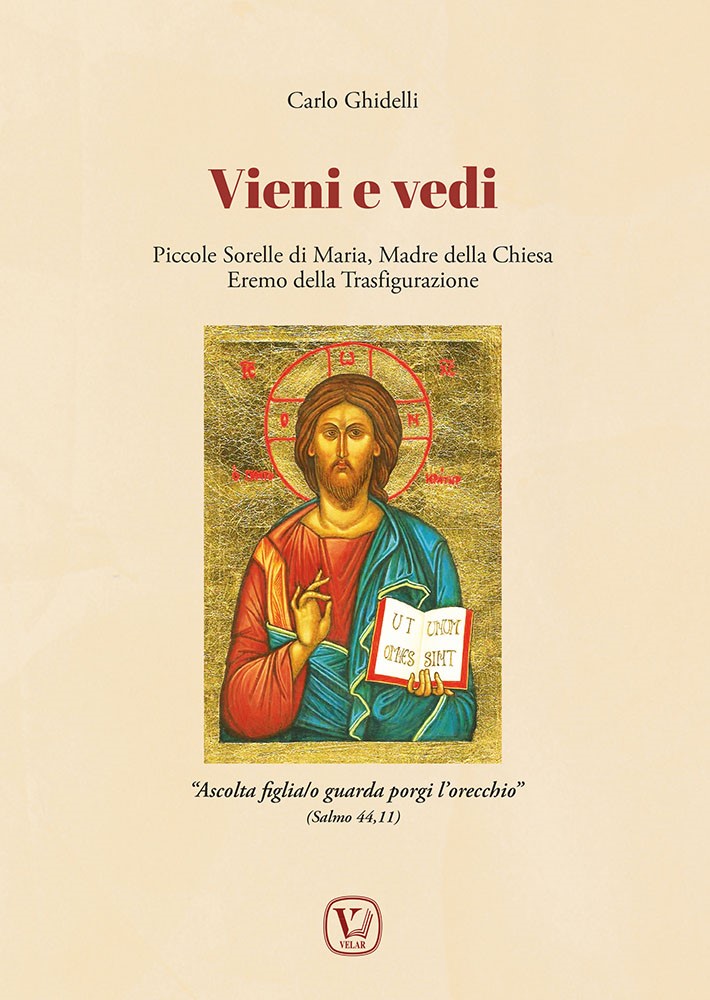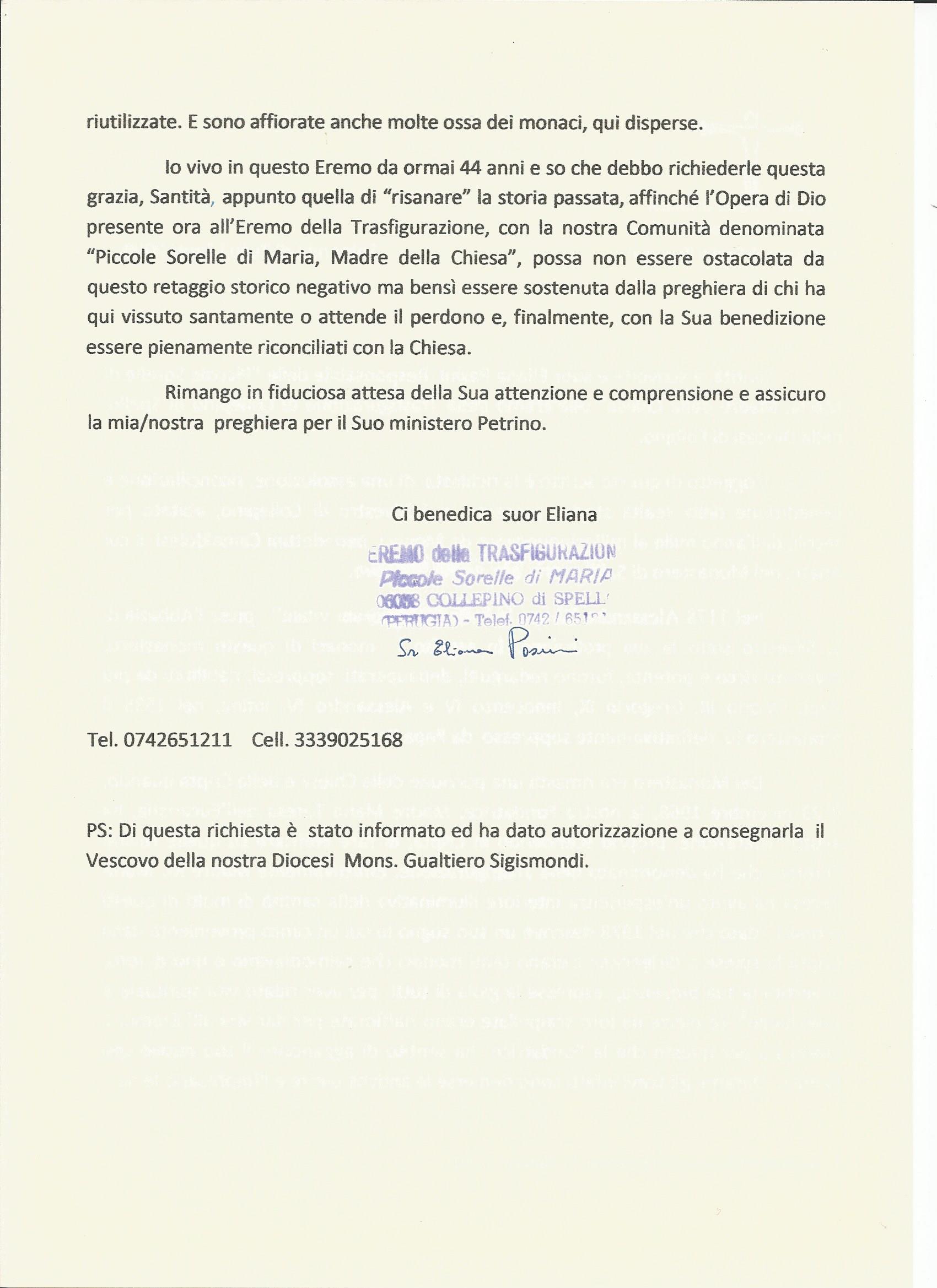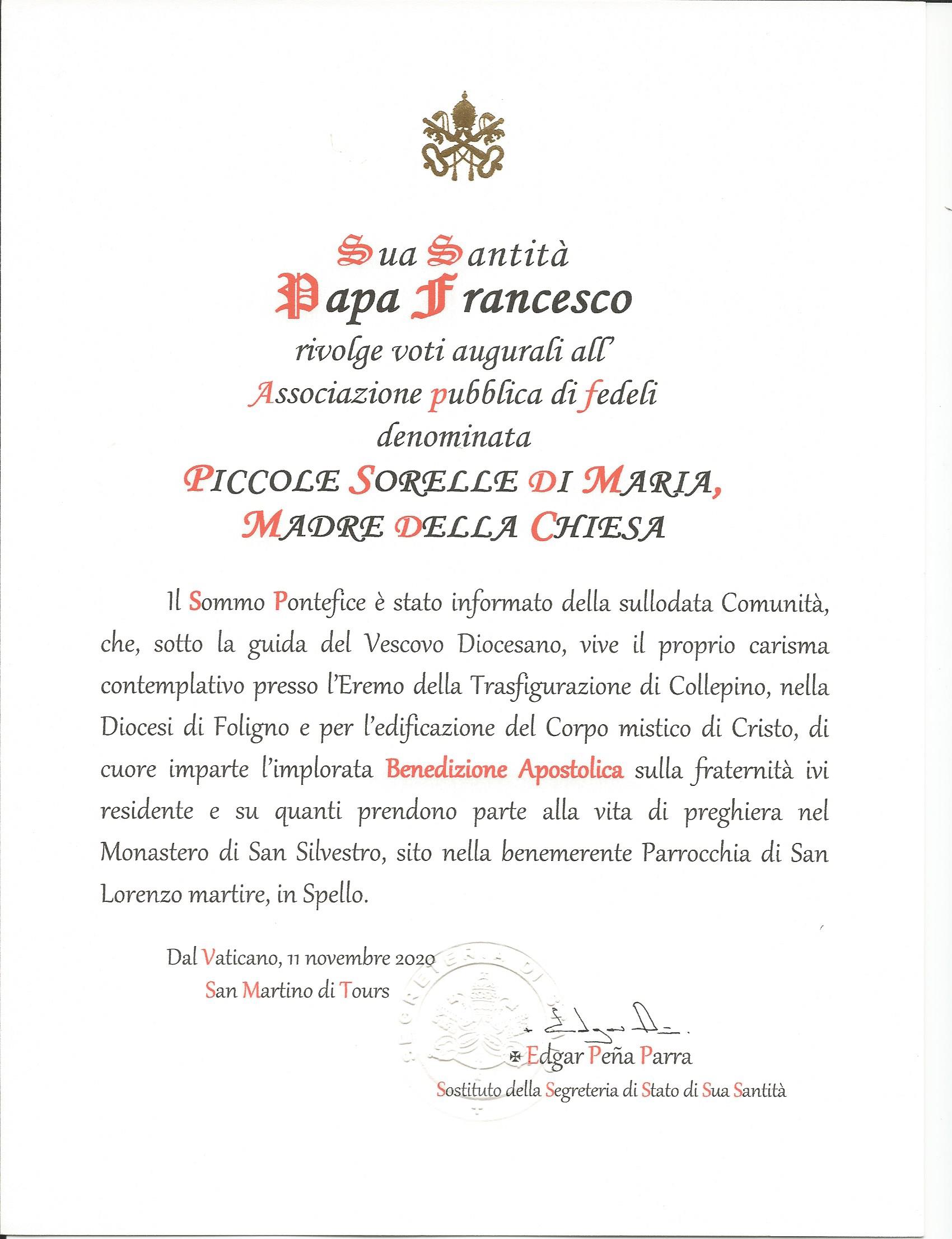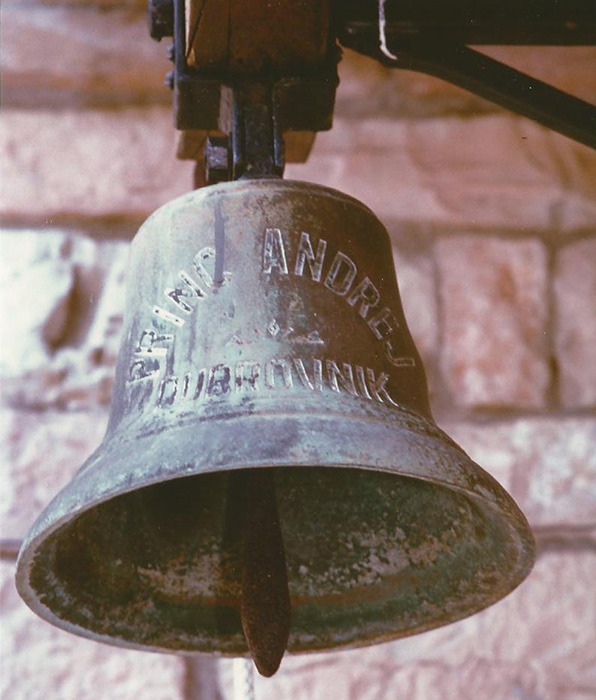| Madre Maria Teresa dell'Eucaristia |
| Libri autrice M.M.Teresa: |
| «No,non ho saltato il muro» (Diario del Carmelo dal 1953 -1963) |
| «Le Lettere» (1945 - 1979) |
| «Meditazioni» (1978) |
Diretta Radio Maria 23 agosto 2018
Part1
Part2
Part3
Part4
- Interviste
- Convegno
- Pubblicazioni
- Presentazioni
| Approfondimento del “Nome Gerusalemme” nella luce contemplativa: |
| Rabbino Adolfo Locci (Padova); Monsignor Ulisse Bresciani (Mantova); |
| suor Eliana Pasini (Eremo della Trasfigurazione). |
| Università di Mantova - 11 Novembre 2012. |
| “Vieni e Vedi” – Piccole Sorelle di Maria, Madre della Chiesa – Eremo della Trasfigurazione – Presentazione vocazionale dell’Arcivescovo Mons. Carlo Ghidelli – Ed.Velar – 2024. |
| “Qui il Signore ci vuole” Dall’abbazia di S.Silvestro all’Eremo della Trasfigurazione. Stanislao Fioramonti e Suor Eliana Pasini. Ed. Il Formichiere 2023. |
| “Parole senza voce”- Profilo spirituale di Madre Maria Teresa dell’Eucaristia. Marzia Ceschia. Ed. Sugarco 2022. |
| “La vita contemplativa in uscita” – biografia completa di M.M.Teresa dell’Eucaristia e storia ed evoluzione del carisma delle “Piccole Sorelle di Maria, Madre della Chiesa”. Suor Eliana Pasini – Ed. Sugarco 2019. |
| Segnaliamo le pubblicazioni che in seguito al transito di M.M.Teresa dell’Eucaristia, (18 -06 -2007) sono state realizzate. In ordine cronologico presentiamo: |
| “Madre Maria Teresa dell’Eucarestia” – Dalla Clausura a una nuova forma di vita contemplativa. Sergio Zavoli – Eliana Pasini – Enrico Garlaschelli. Ed. Paoline 2008. Riportiamo l’intervista a Suor Eliana Pasini, inerente a questa pubblicazione, di Rita Salerno. |
| Presentazione del volume “Qui il Signore ci vuole” - Spello 24 giugno 2023 |
| Cittadinanza onoraria a Madre M.Teresa - Spello 14 ottobre 2023 |
| Presentazione del Volume “La vita contemplativa in uscita” - Piacenza 10 giugno 2019 |
| Presentazione del volume “La vita contemplativa in uscita”- Bologna 11 giugno 2019 |
| “Vita contemplativa in uscita” e incontro Ecumenico - Novara 21 settembre 2019 |
- Storia documentata
- Incontro storico
- Benedizione del Papa
Presentazione del libro storico dal VI secolo fino al nostri giorni del Dottor Stanislao Fioramonti e Suor Eliana Pasini, sulla storia dell'Abbazia di S. Silvestro di Collepino, contestualizzata nella storia della Chiesa e dell’Europa e dell'ispirazione di Madre M. Teresa a far edificare in quel luogo l'Eremo della Trasfigurazione. Il libro è stato presentato il 24.06.2023 nella sala dell'Editto del Comune di Spello dopo averne ricevuto il Patrocinio.
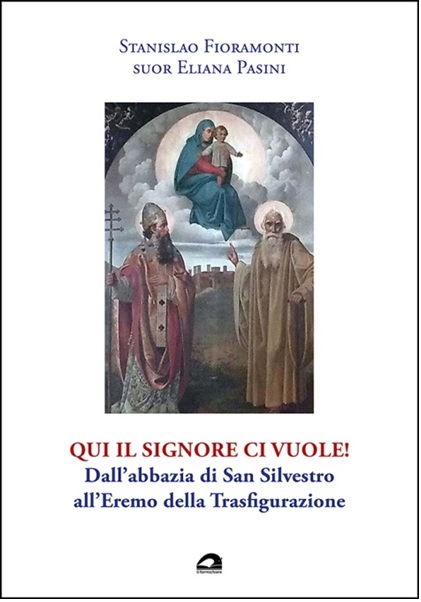
Assisi
dicembre 1968
23 dicembre: ore 11. Arrivo ad Assisi. Ore 14, un’amica della Pro Civitate ci propone una corsa in macchina a Spello, via Subasio. La giornata è rarissima per trasparenza e splendore; ne abbiamo goduto con pienezza di spirito. Ore 16: dopo una brevissima sosta sulla cima del Monte, scendiamo verso Spello. Nel bosco, subito dopo una curva, intravediamo tra i rami spogli di querce secolari l’abside di una chiesina romanica abbandonata. Vederla e sentire di dovermi fermare è stato un tutt’uno. L’abbiamo raggiunta arrampicandoci a fatica tra rovi e ginestre. La porta era spalancata: sembrava che ci aspettasse da sempre. Ho avuto l’impressione di vivere quasi in sogno; ma è così difficile esprimere certi momenti! Tu però capirai. Abbiamo sceso gradini sconnessi; venivamo dal sole e ci stavamo calando in un’ombra che sapeva di mistero. Ma proprio in quell’ombra mi si è fatta luce dentro: ho capito che lì Dio ci aspettava. Quanto cercare! Eppure, solo dopo esserci abbandonate totalmente al Suo volere e aver soffocato la nostra ansia di un qualunque approdo, Dio ci si è manifestato in tutta semplicità. Ci trovavamo in una piccola cripta. Antichissima, con una volta irregolare, sostenuta da tre colonne. Da una finestrina la luce a taglio; il resto in ombra. Ho scambiato uno sguardo con Suor Ida. Il passato moriva, e tutto mi è sembrato nuovo. Credo di aver detto: qui il Signore ci vuole. Guardavo le pietre. Mi sembravano vive, quasi mi trasmettessero un messaggio e mi mettessero tra le mani un patrimonio da custodire e donare. Ma forse sto facendo una gran confusione, dentro però è tutto molto chiaro. Da “le lettere” a M. Antonietta Pavese di Madre M.Teresa dell’Eucarestia.
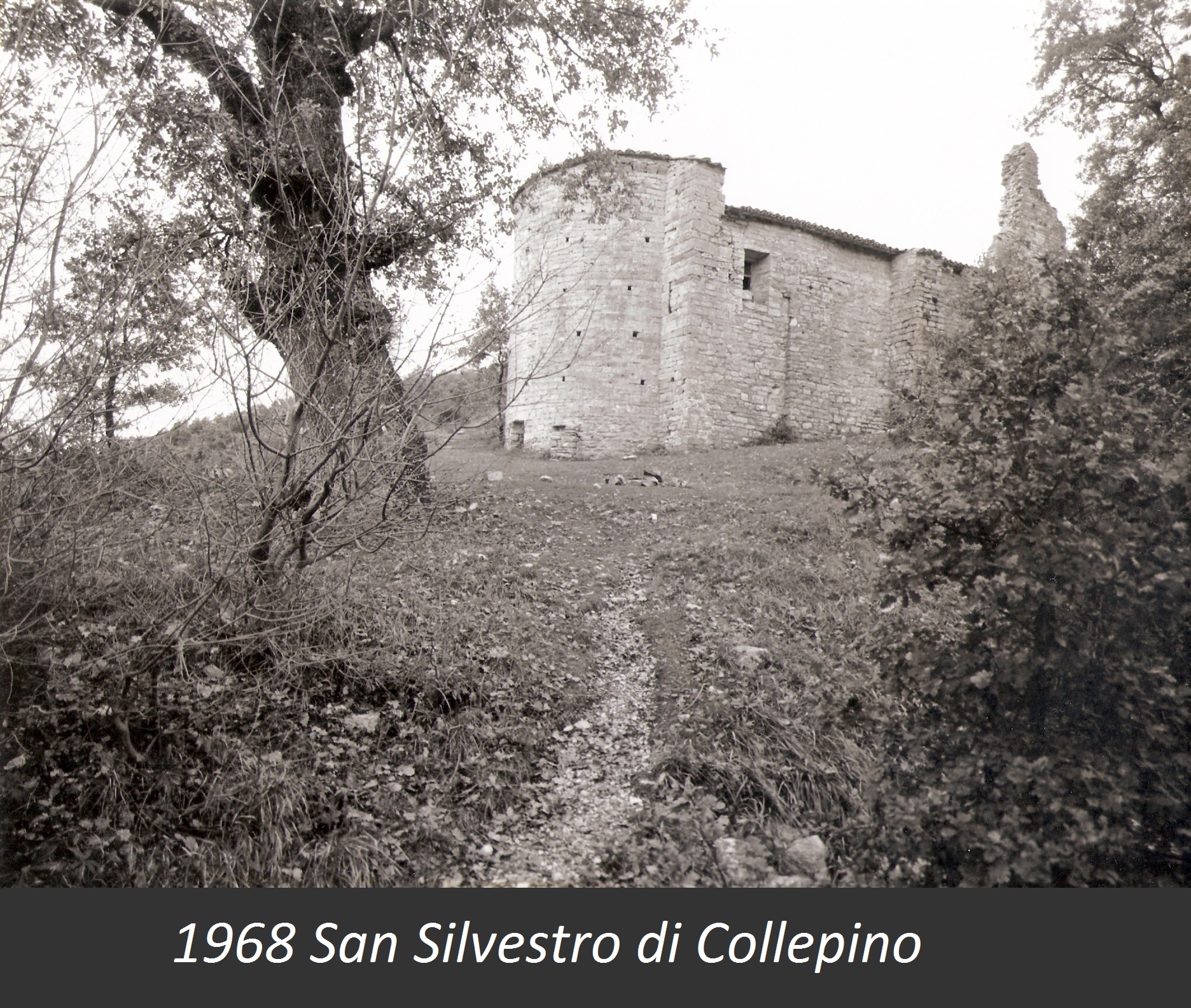
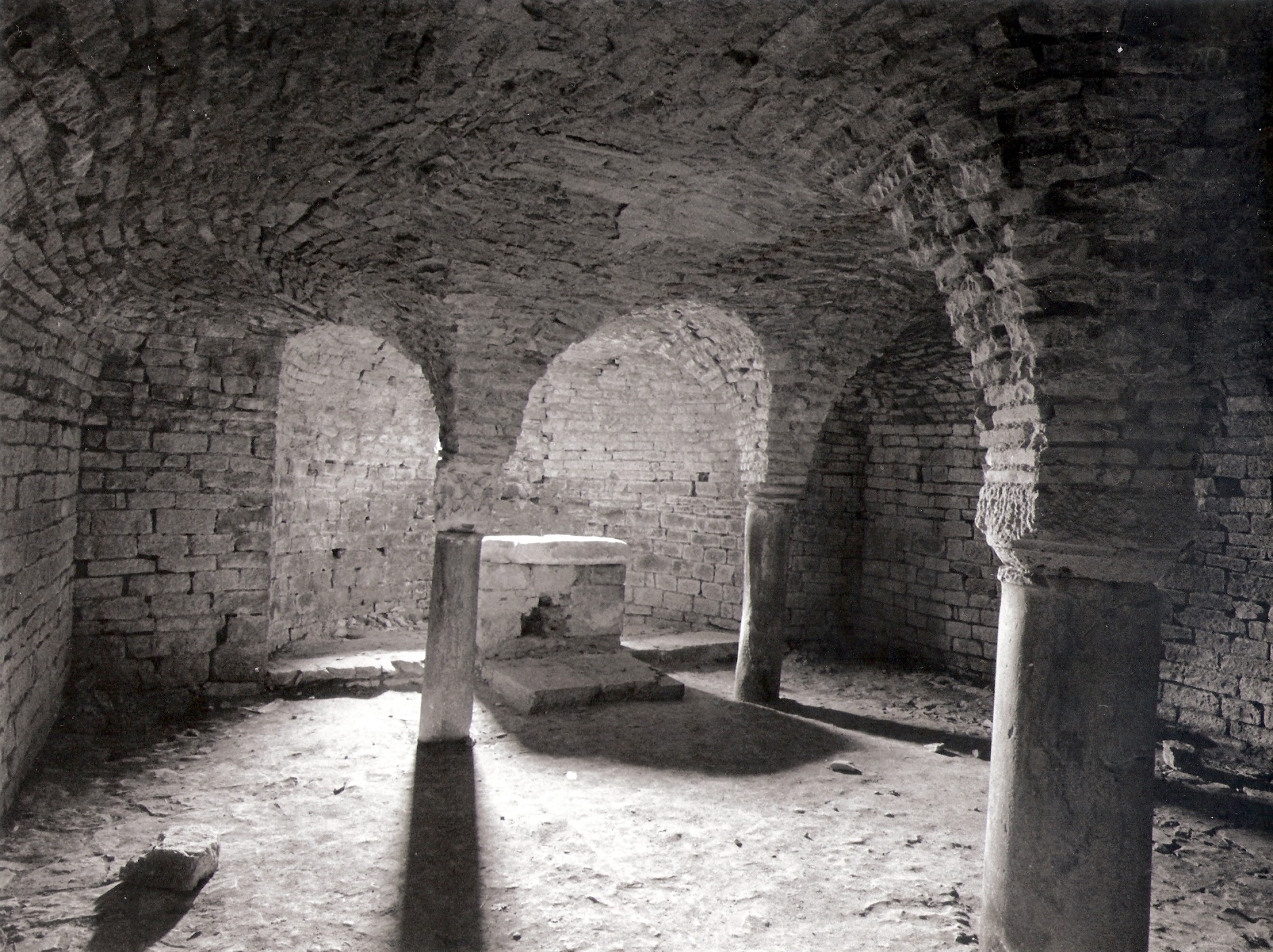
Contattaci
Nostra posizione
Tel: +390742651211 Email: pselimrge@virgilio.it
avvenga per me secondo la tua Parola. E l’Angelo partì da lei.” (Lc 1,38)
Offriamo la possibilità di alcuni giorni per l’ascolto e il discernimento della chiamata del Signore presso “Eremo della Trasfigurazione”.
Quali domande pongo al Signore per comprendere la mia Vocazione?
